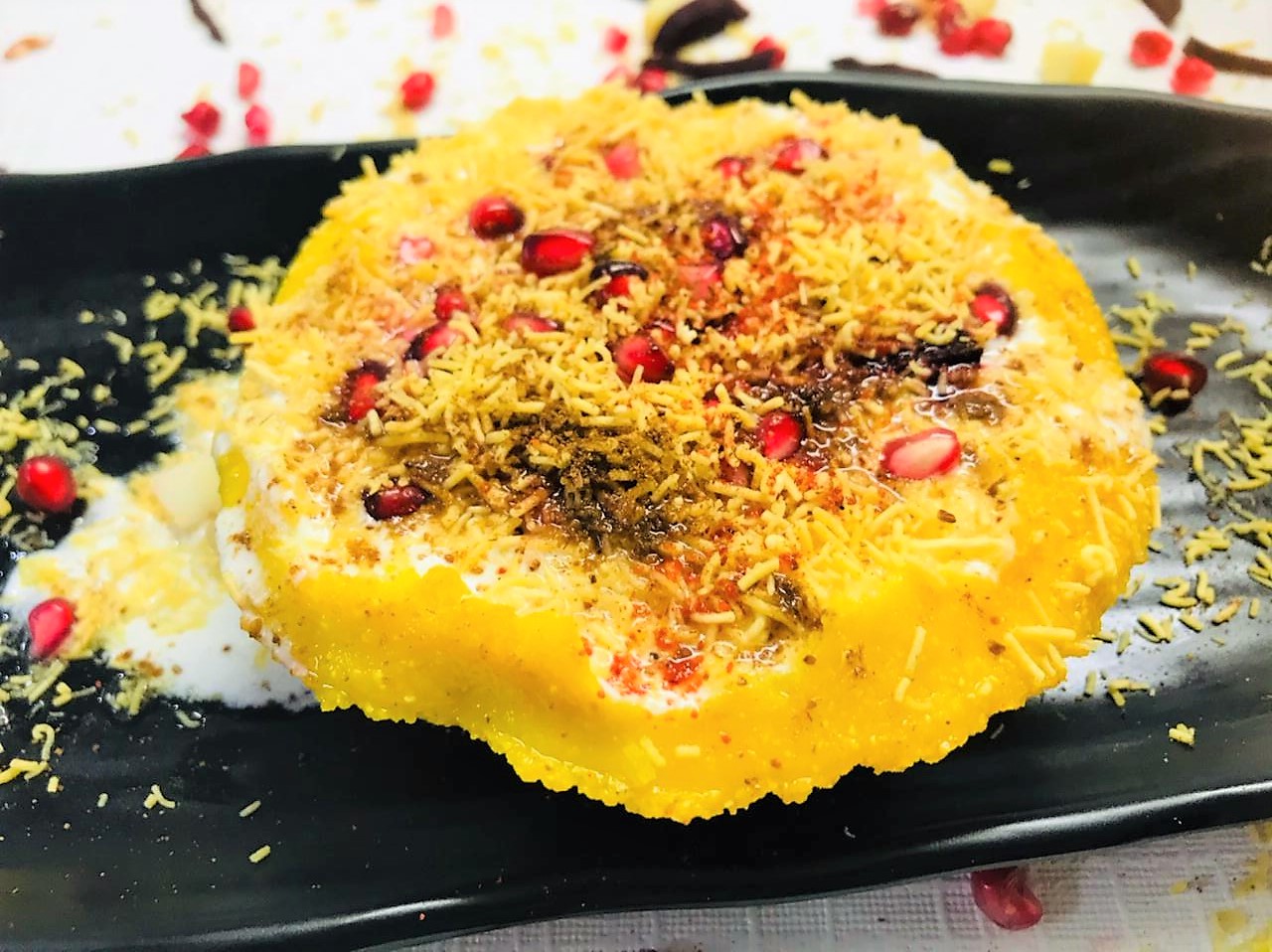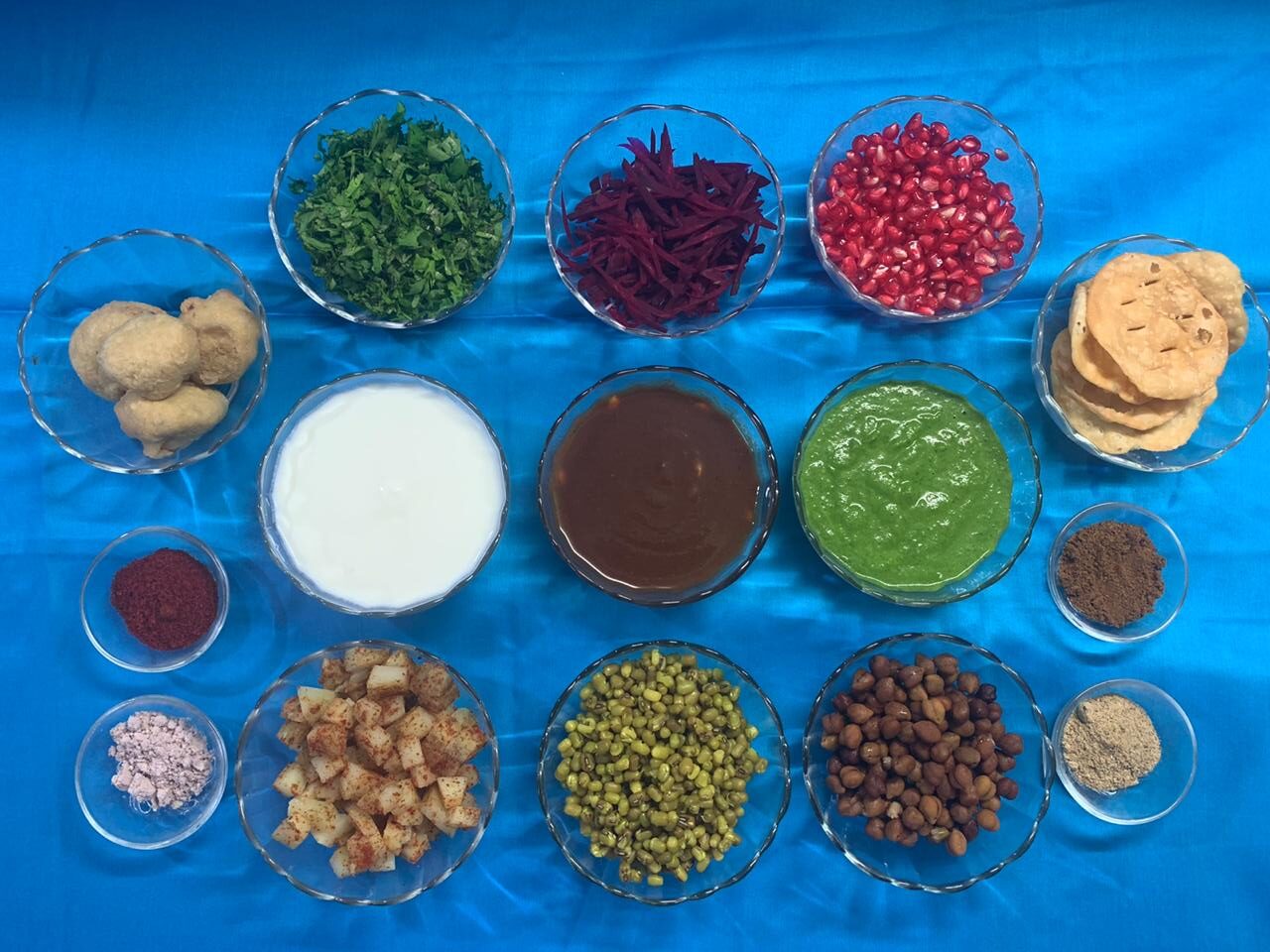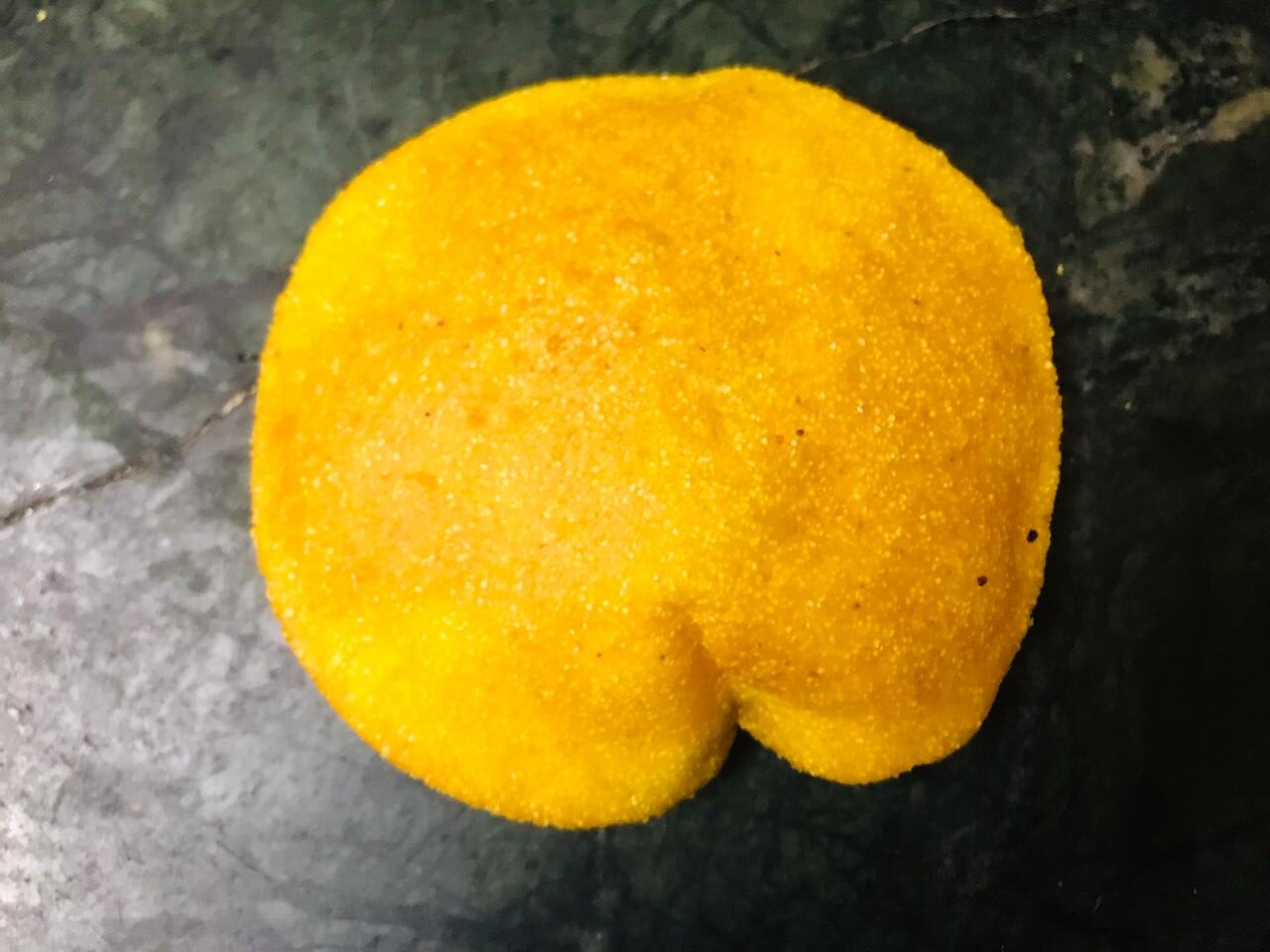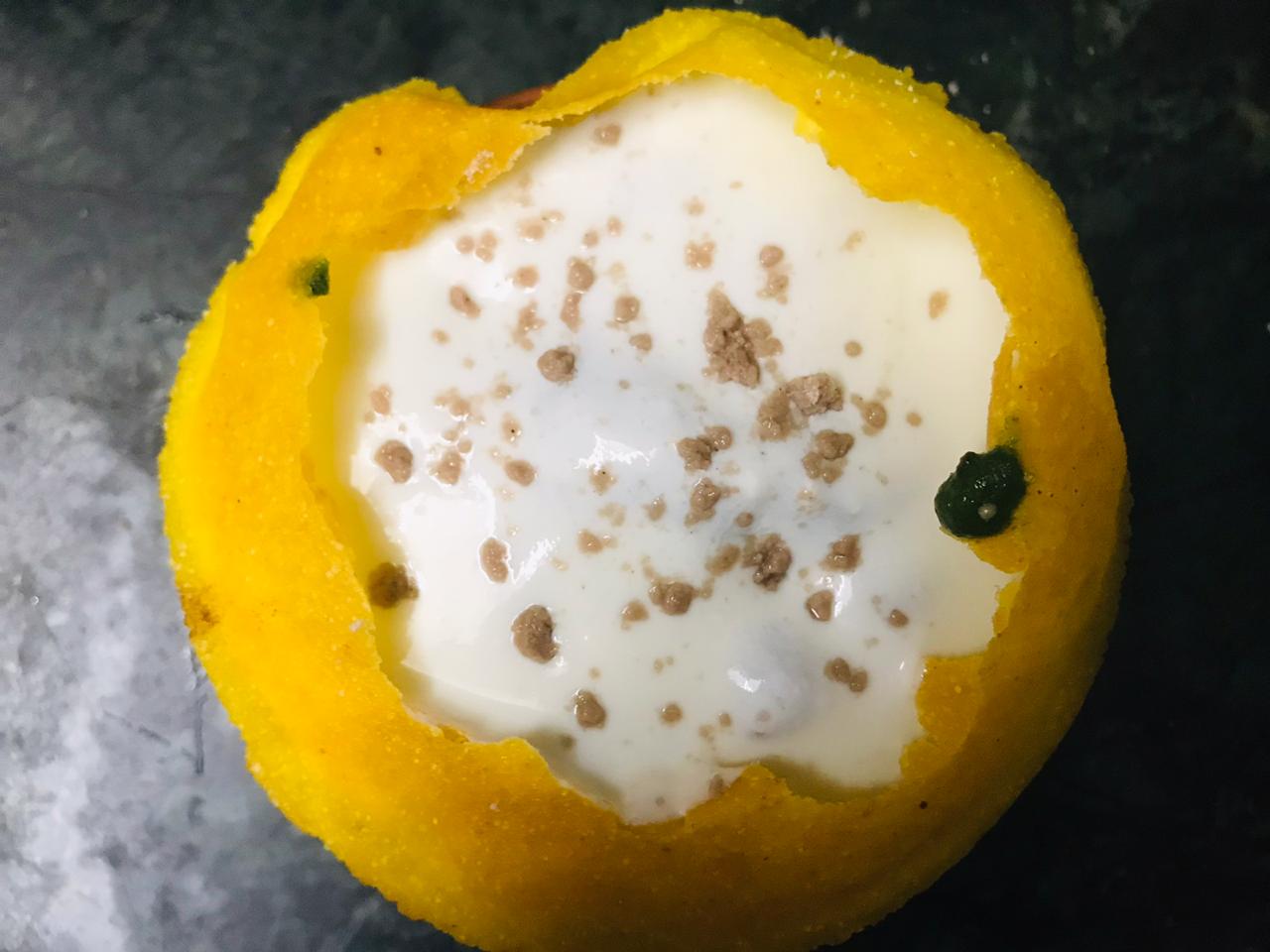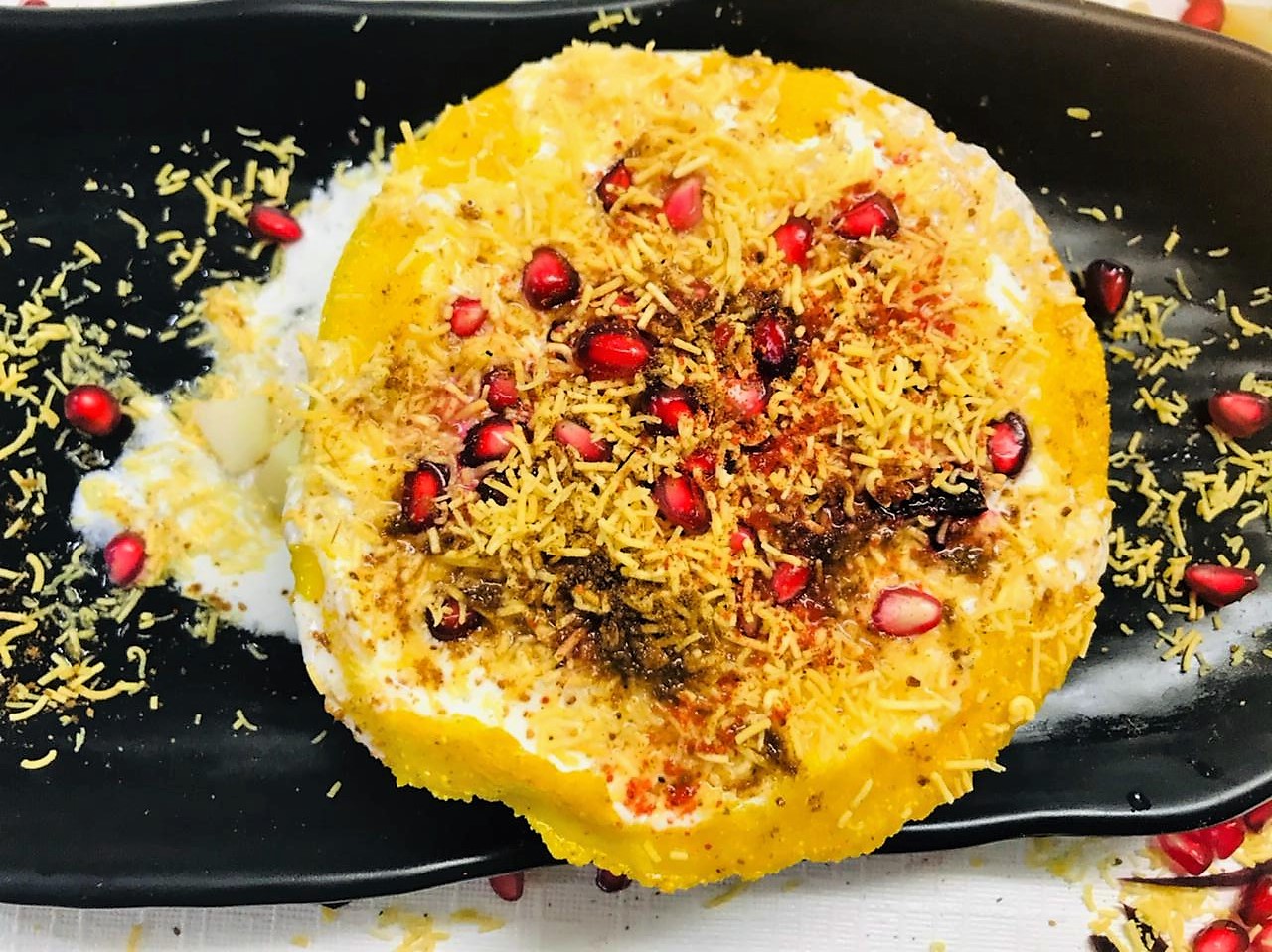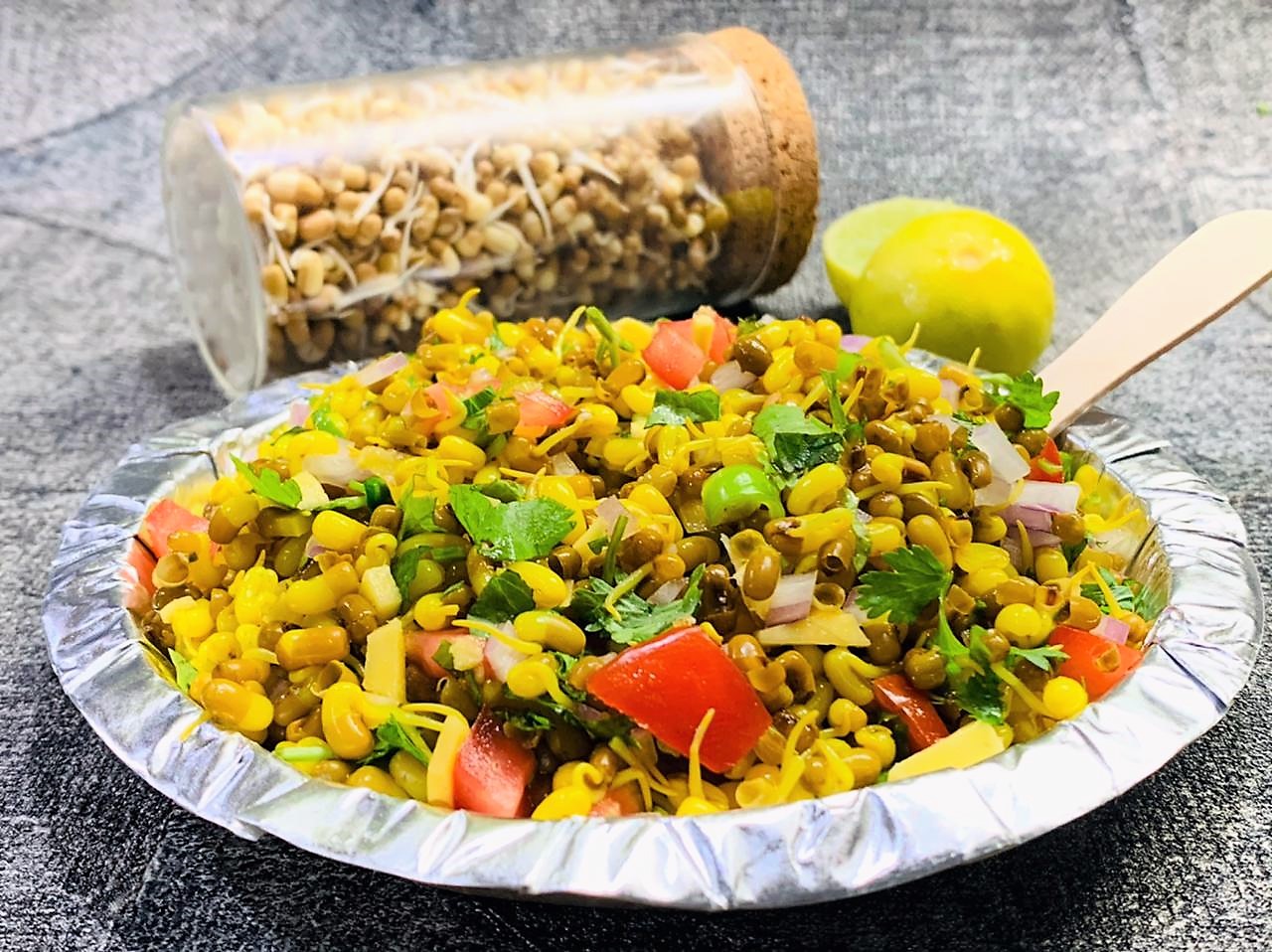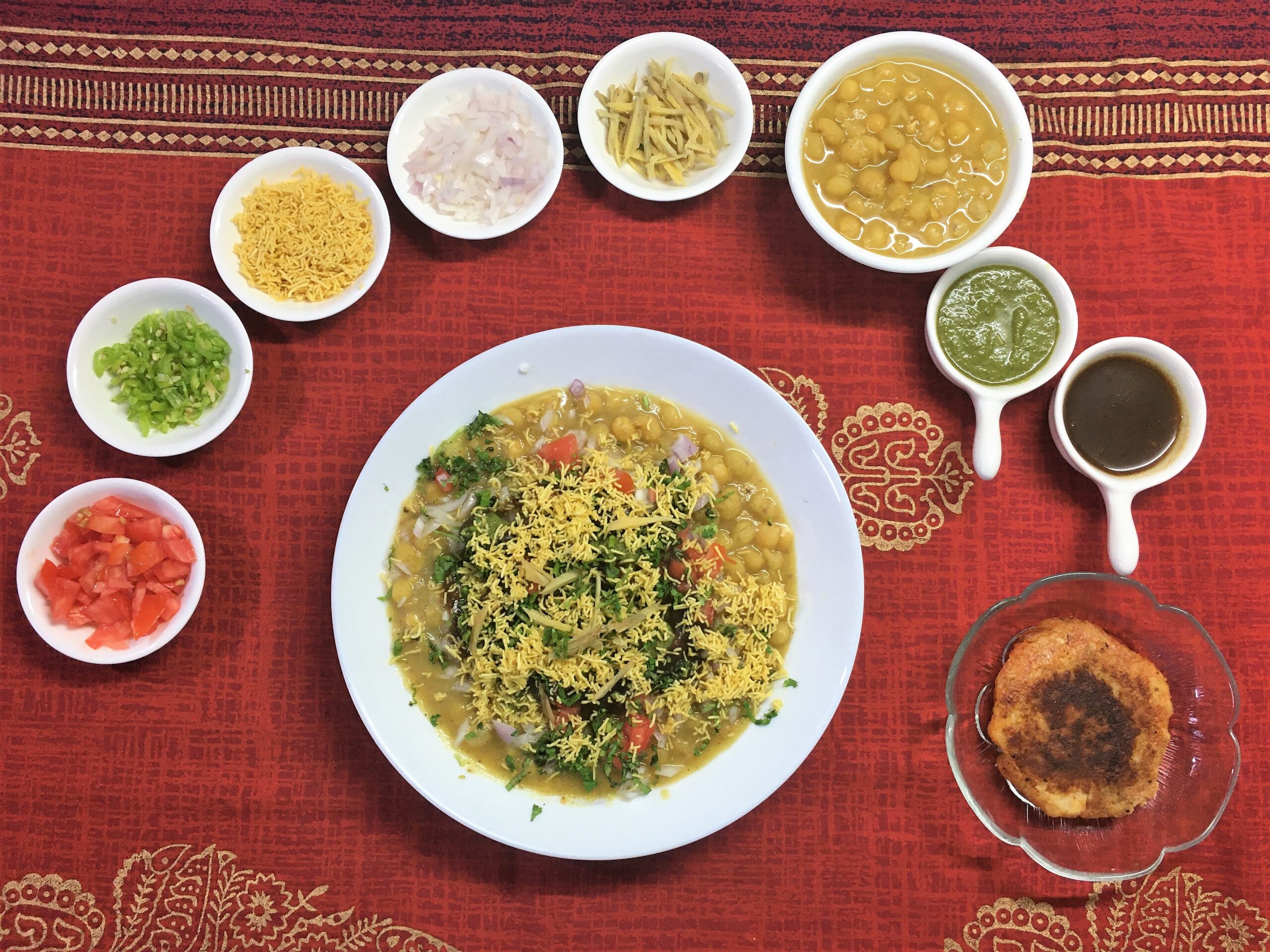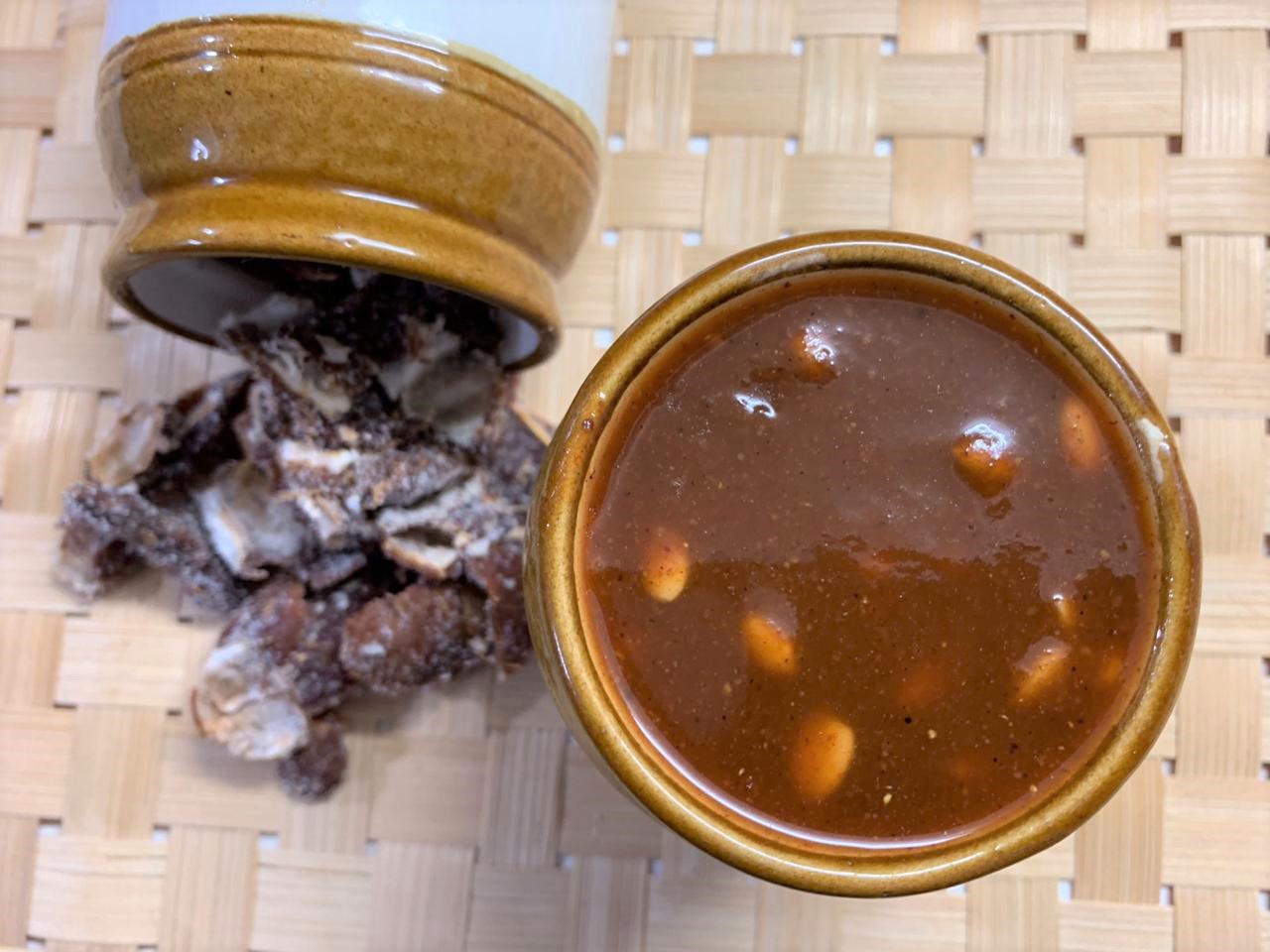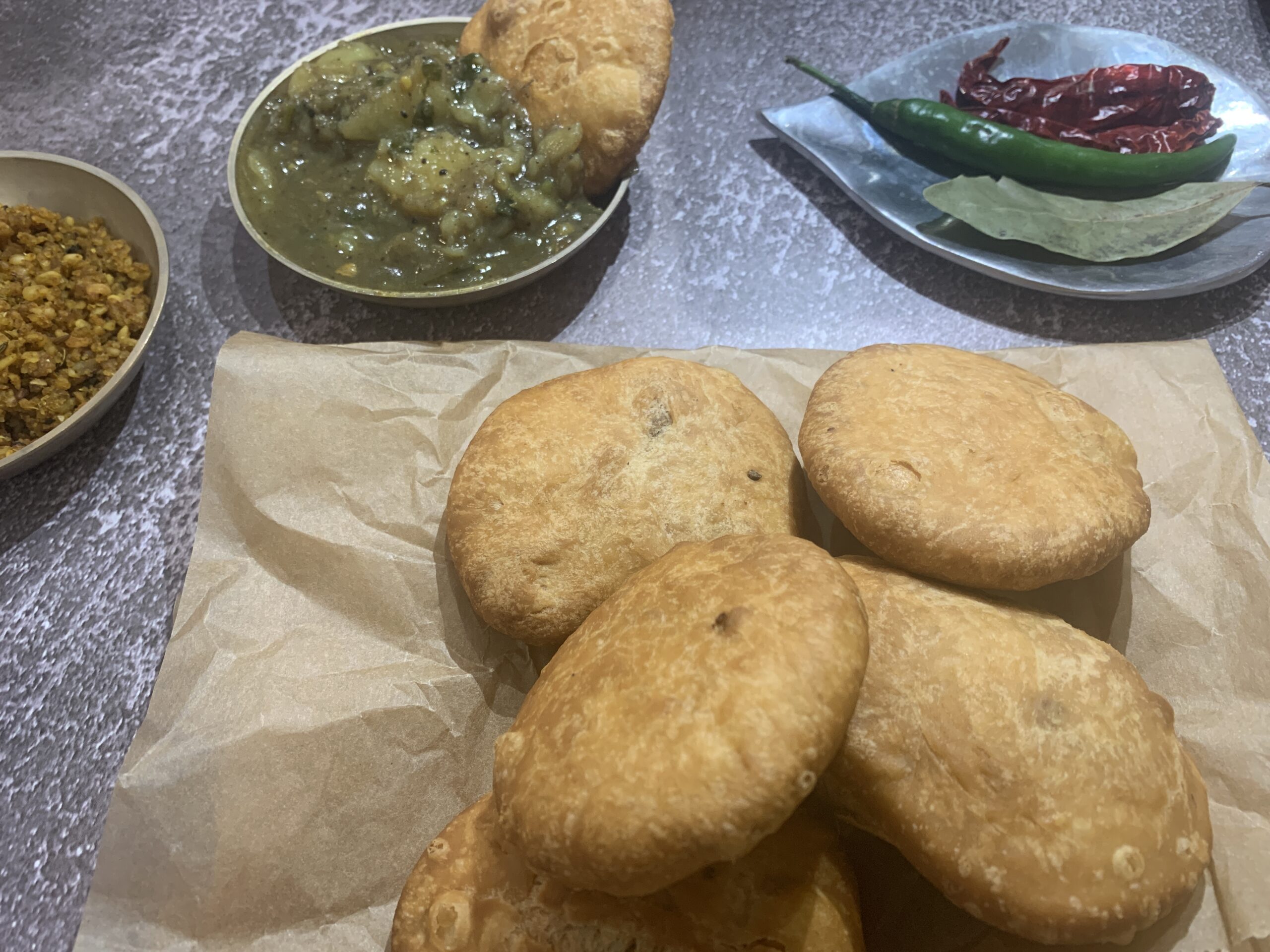Raj Kachori
Raj Kachori is the king of all kachoris. The Raj Kachori originated in Bikaner, India and can now be found across India and the world over. It encases most of the popular ‘chaat’ elements and hence making it a ‘king of kachori’.
Lots of people often wonder what does ‘chaat’ even mean! The word chaat literally translates to “lick” in Hindi, implying that the category of food is so delicious, that you will want to polish every one of them clean.
Raj Kachori consists of few components. The main casing is a crispy thin ‘kachori’, and it is filled with a variety of yummy things—lentil fritter (bhalla), potatoes, moong sprouts, masalas, yogurt, coriander, tamarind chutneys, pomegranate seeds and crunchy sev. The various chutneys and yogurt coat the whole affair, making it a perfect mix of wet and crunchy, sweet, tangy, spicy and cooling.
A dish that has so many flavours that will burst in your mouth in just a bite. My sister-in-law always has this dish on her ‘to eat list’ when she visits from UK and on ours whenever we travel to Delhi.
Raj Kachori is a meal as it has so many ingredients. It requires a lot of ingredients to make this chaat which can be a little time consuming, however, the result of this whole process will make you love it more!
This colourful chaat is an ideal, fun-to-eat chaat.
Ingredients
For Kachori
1 cup plain flour
1 cup semolina
2 tablespoons oil
1 teaspoon salt
½ cup water
¼ teaspoon yellow colour
For Kachori Stuffing
½ cup gram flour
¼ teaspoon red chilli powder
¼ teaspoon salt
1 teaspoon oil
¼ cup water
For Urad Dal Vada
½ cup split and dehusked black gram lentil (urad dal dhuli)
½ cup split and dehusked mung beans (moong dal dhuli)
Salt to taste
1/3 cup water approximately
Oil for frying
For Potato Masala
1 cup boiled chopped potatoes
¼ teaspoon salt
¼ teaspoon roasted cumin powder
¼ teaspoon red chilli powder
¼ teaspoon black salt
For Assembly
1 cup green chutney
1 cup tamarind chutney
1 tablespoon cumin powder
1 tablespoon red chilli powder
1 tablespoon black salt
Salt to taste
1 cup moong (soaked overnight)
1 cup chana (soaked overnight)
1 cup papdi
½ cup finely chopped coriander leaves
½ cup julienned beetroot
½ cup nylon sev
½ cup pomegranate seeds
2 cups whisked plain yoghurt
Directions
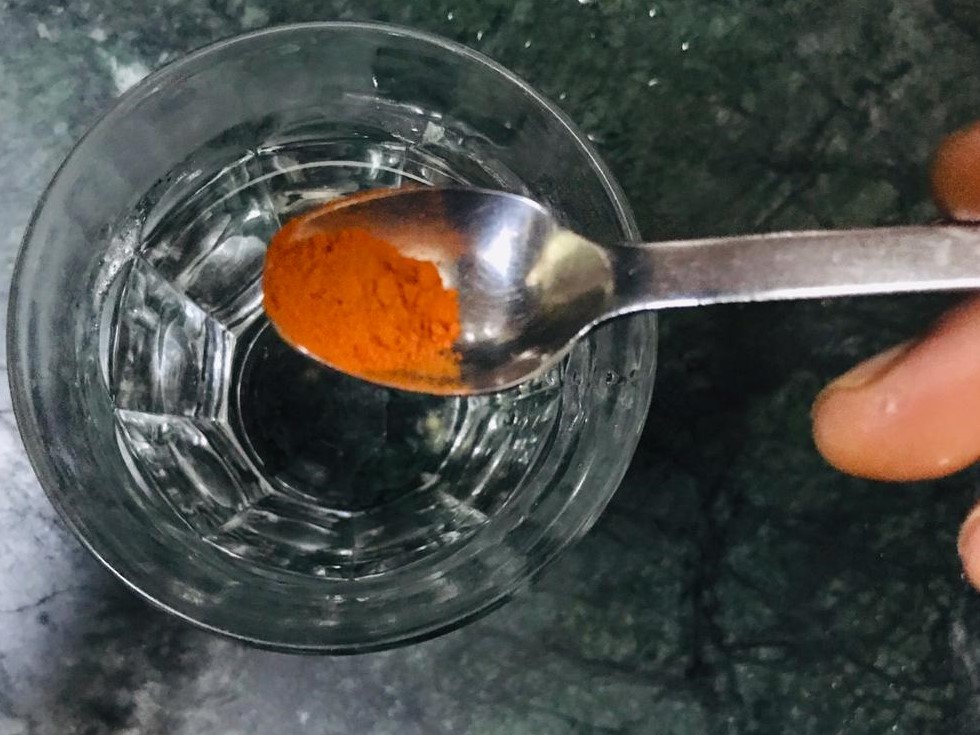
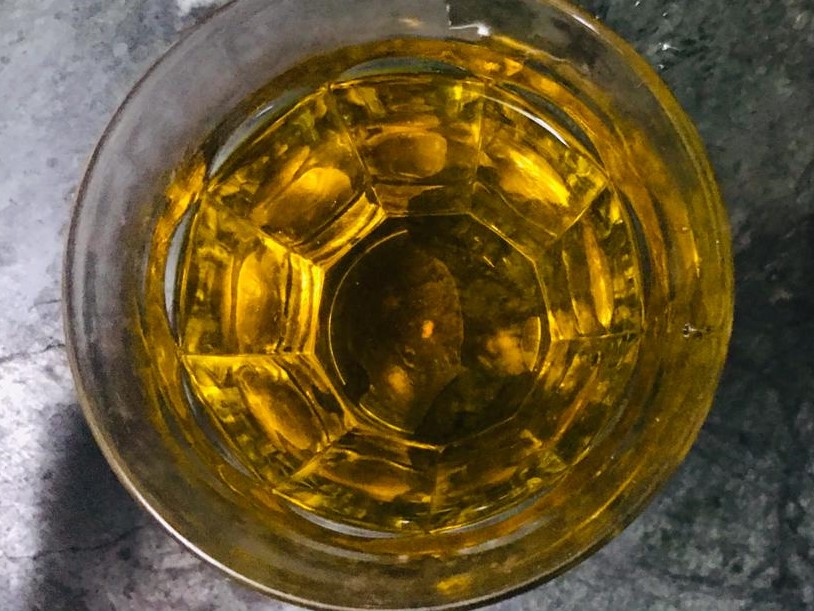
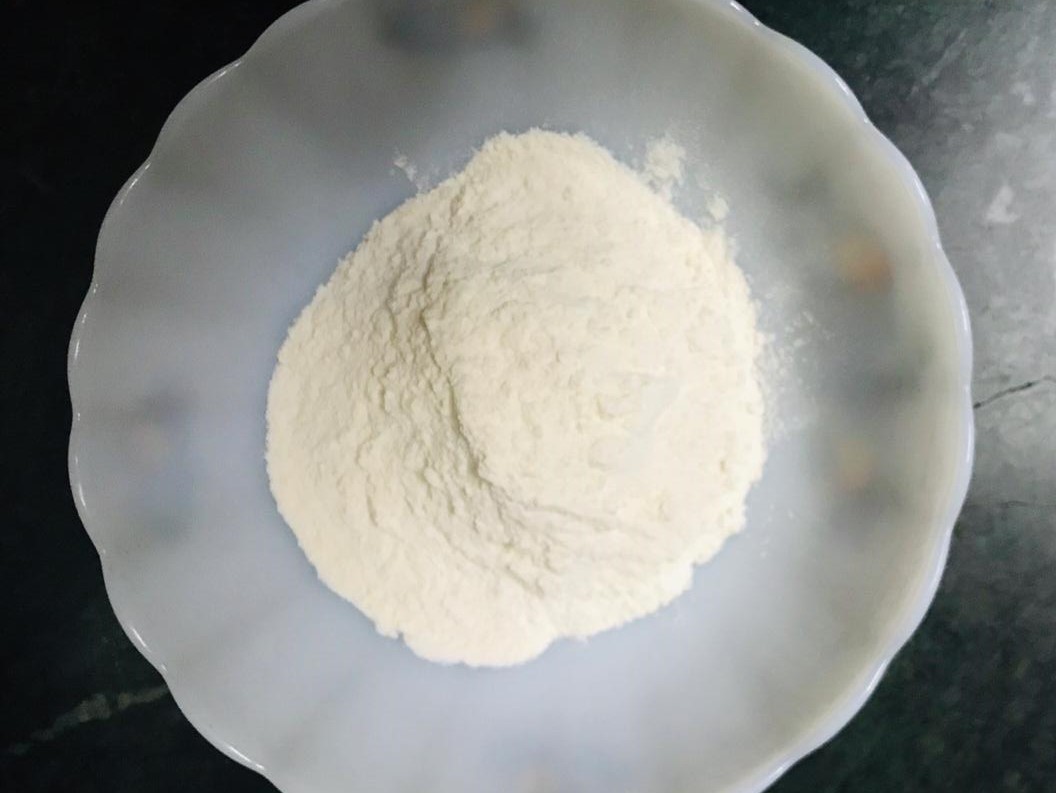
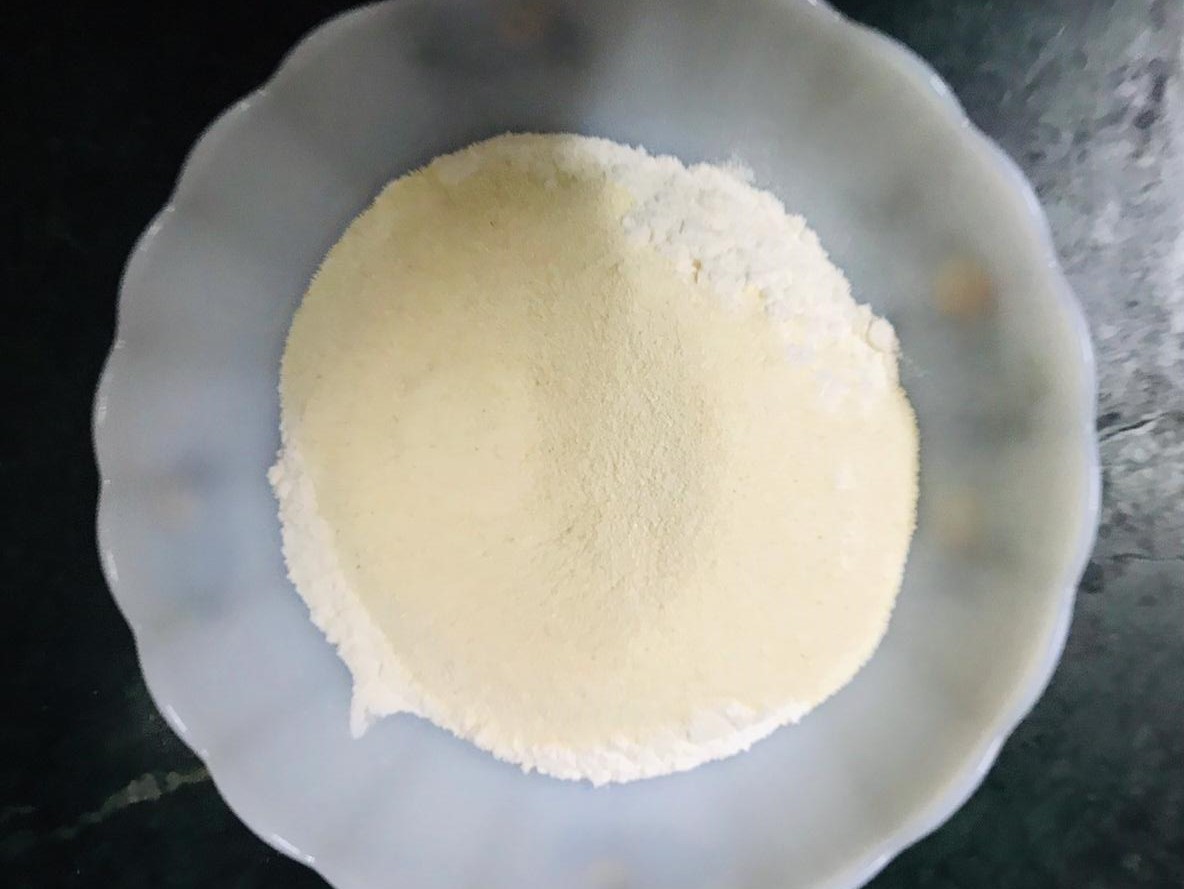
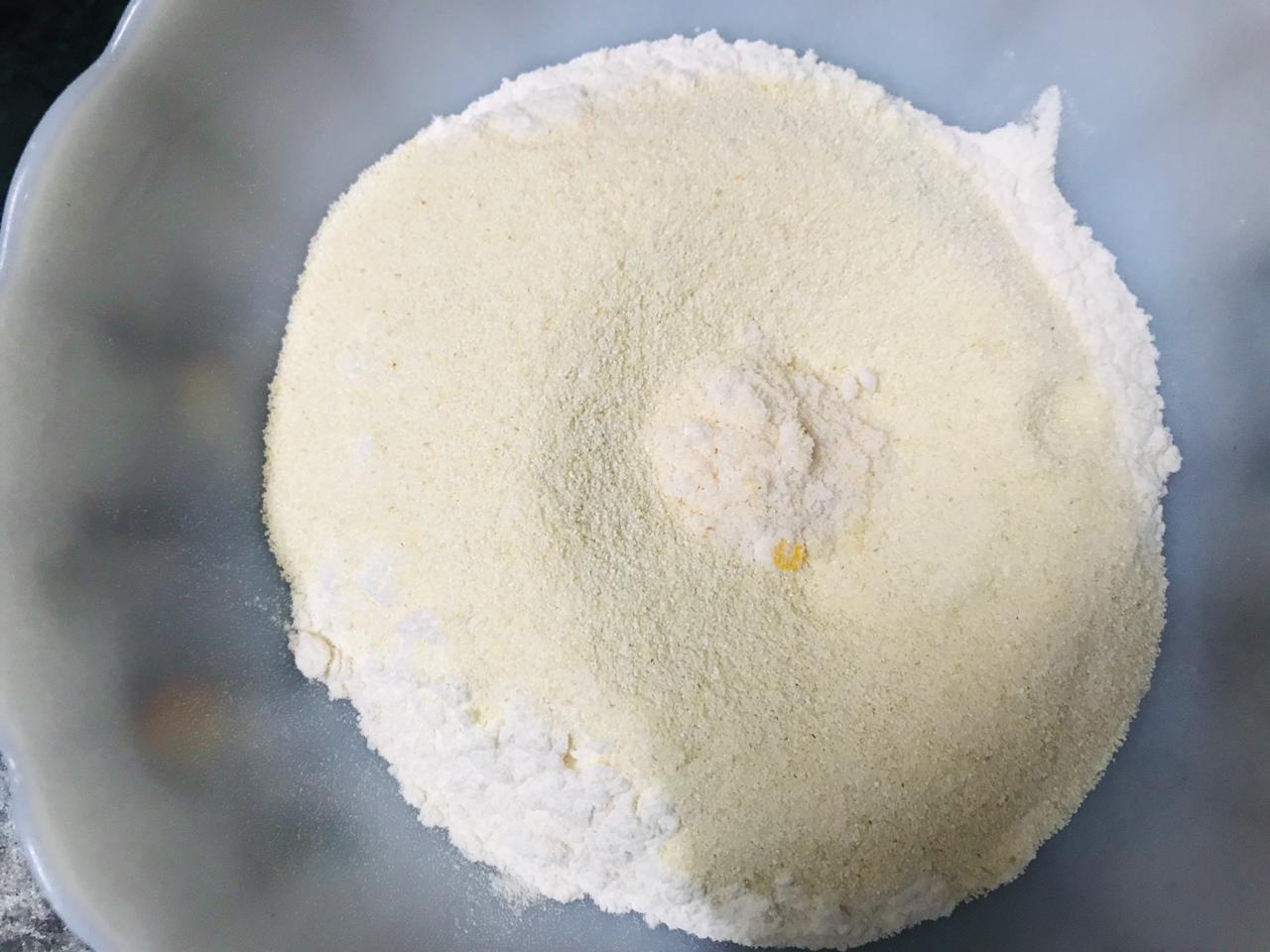
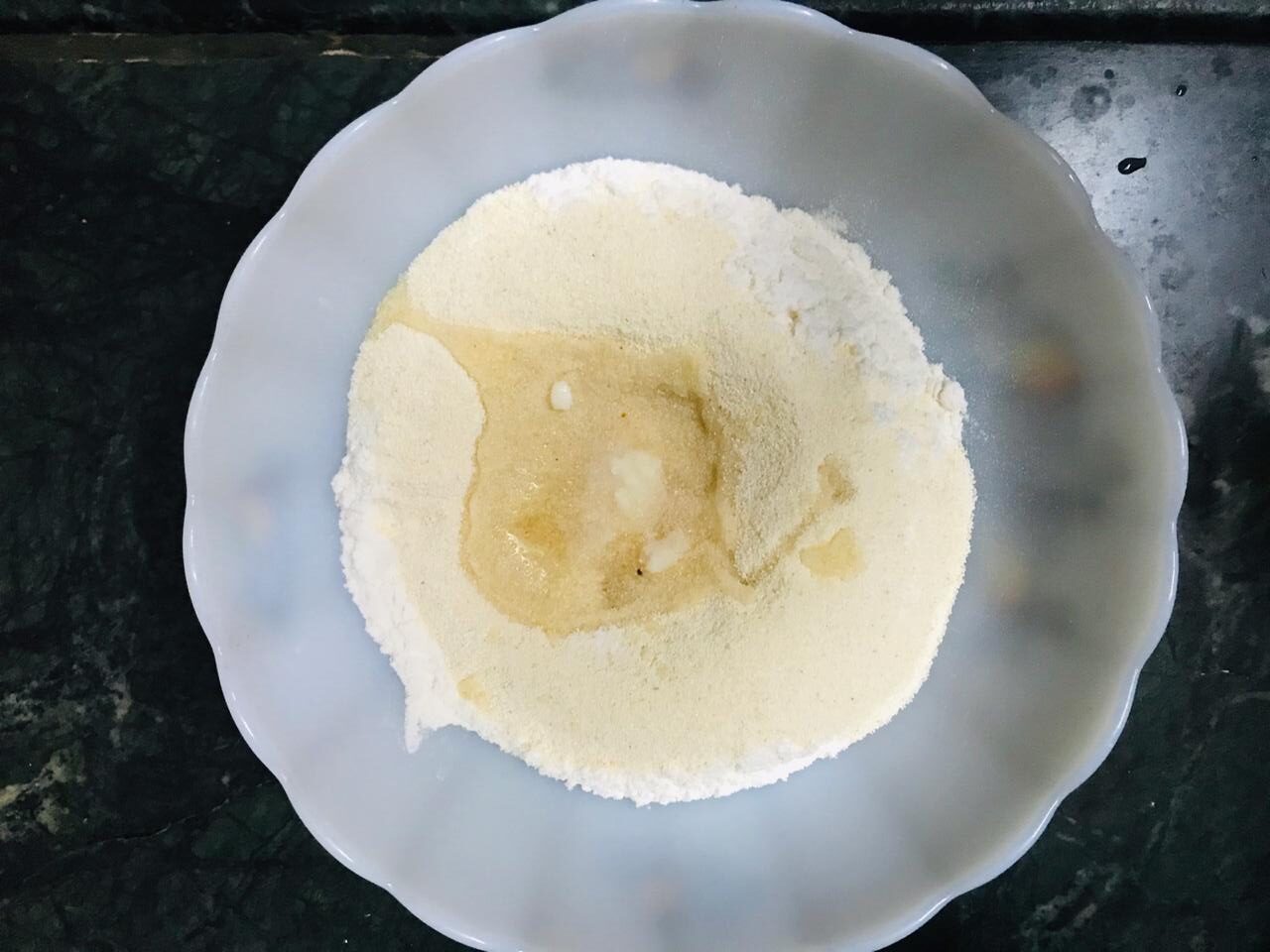
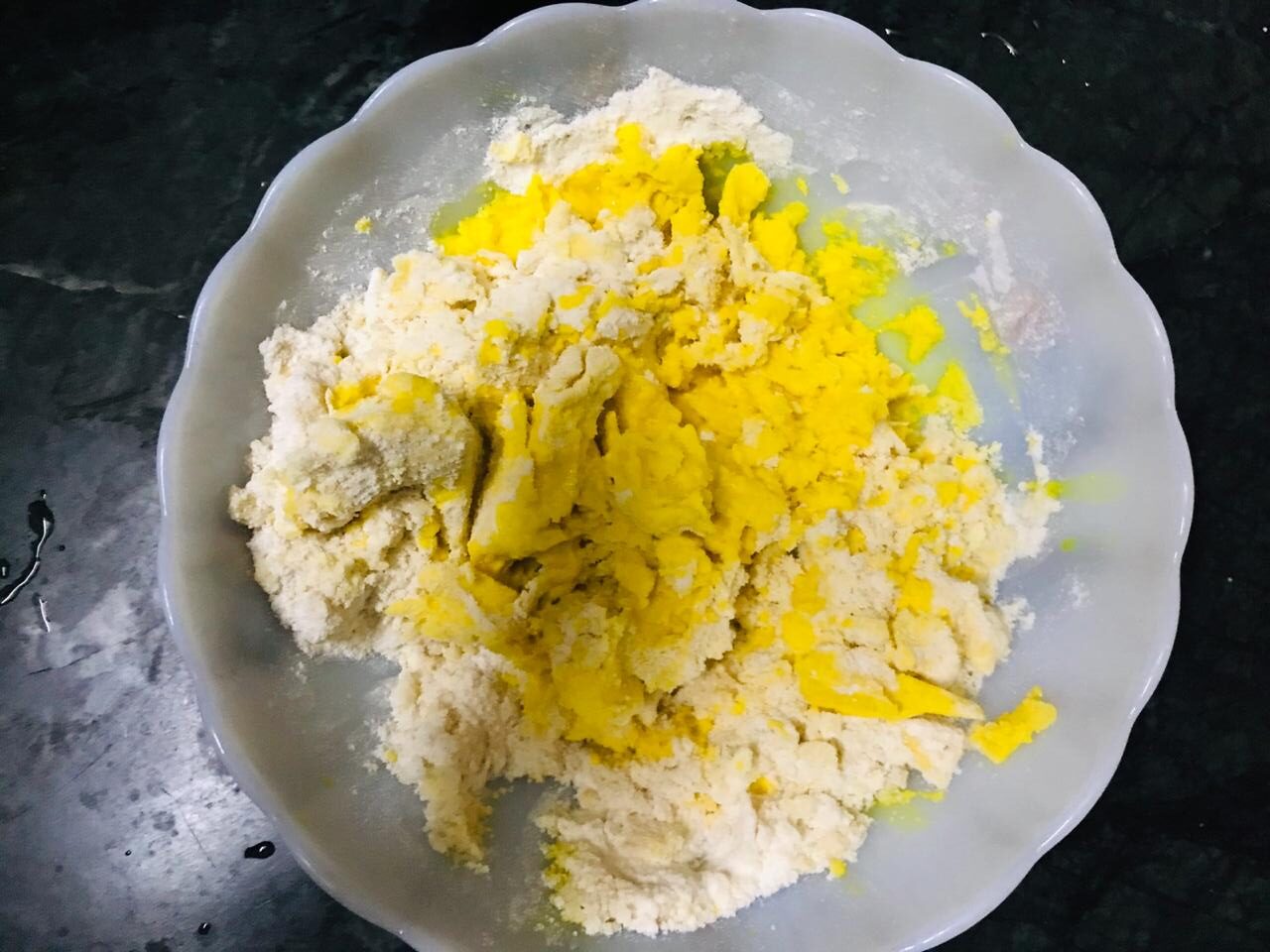
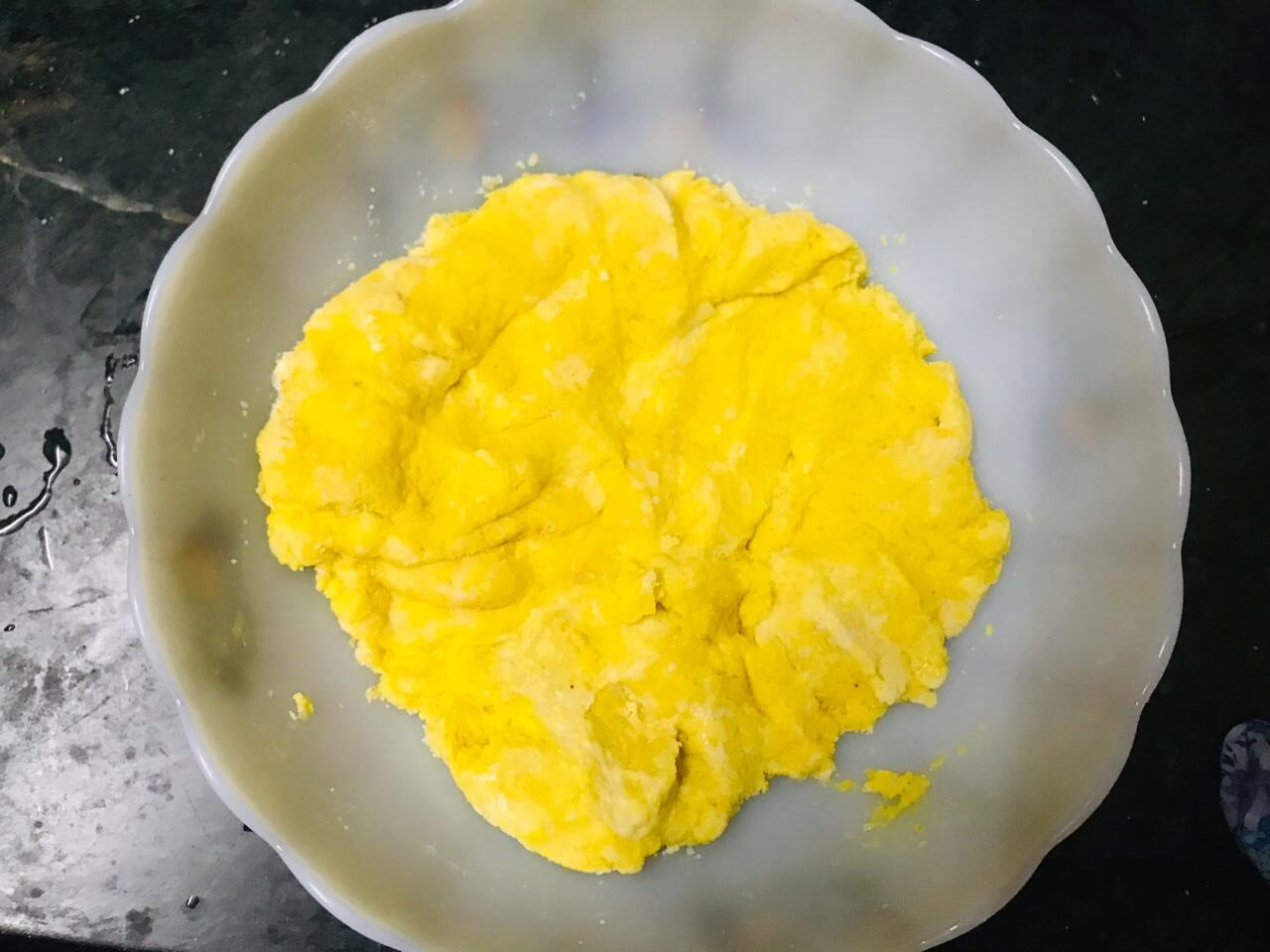
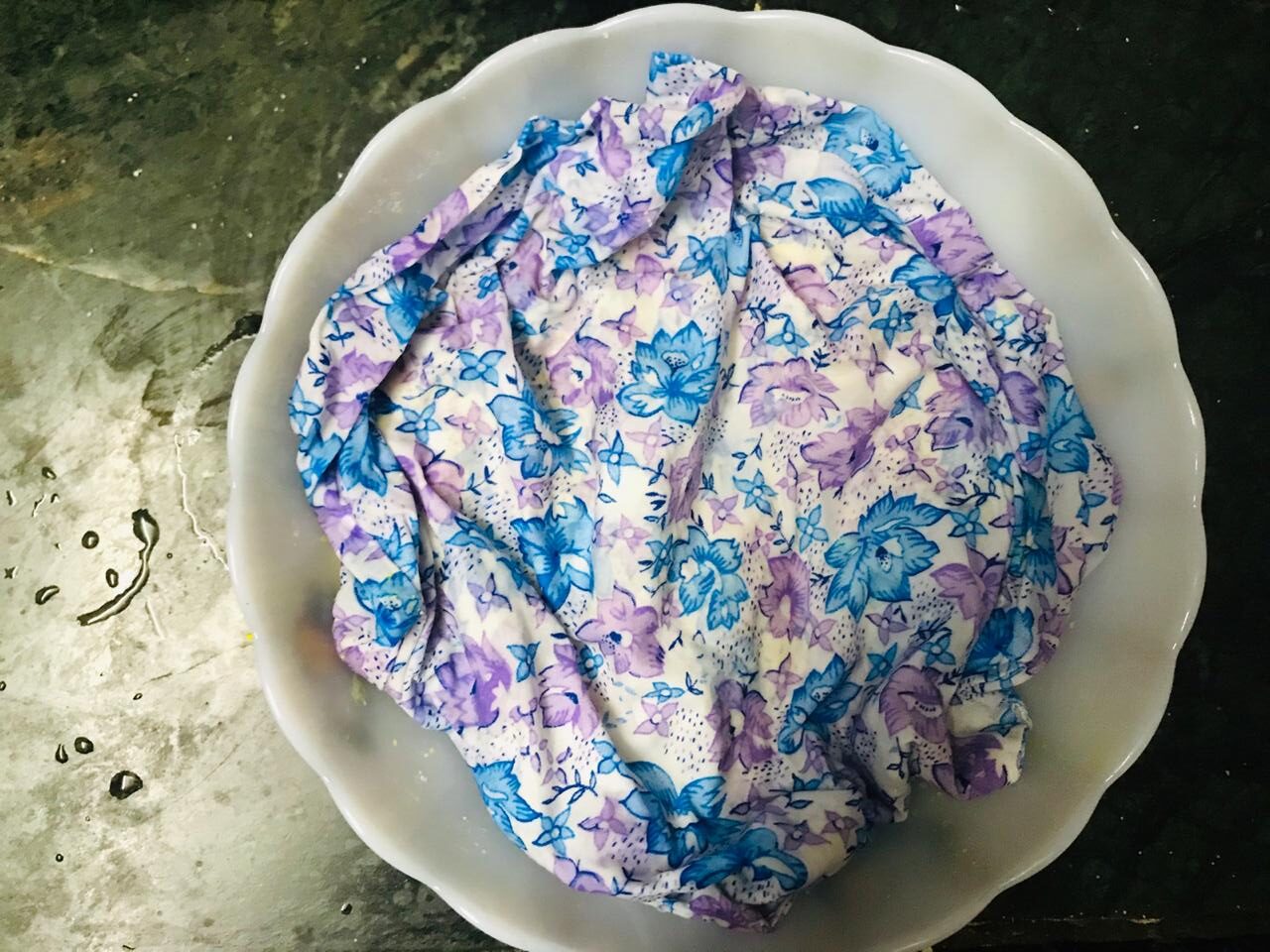
Dissolve yellow food colour in water.
In a bowl, mix plain flour, semolina, salt and oil. Make a soft dough using the yellow water by adding water in batches. Cover it with a wet kitchen cloth and let it rest for 15 minutes.
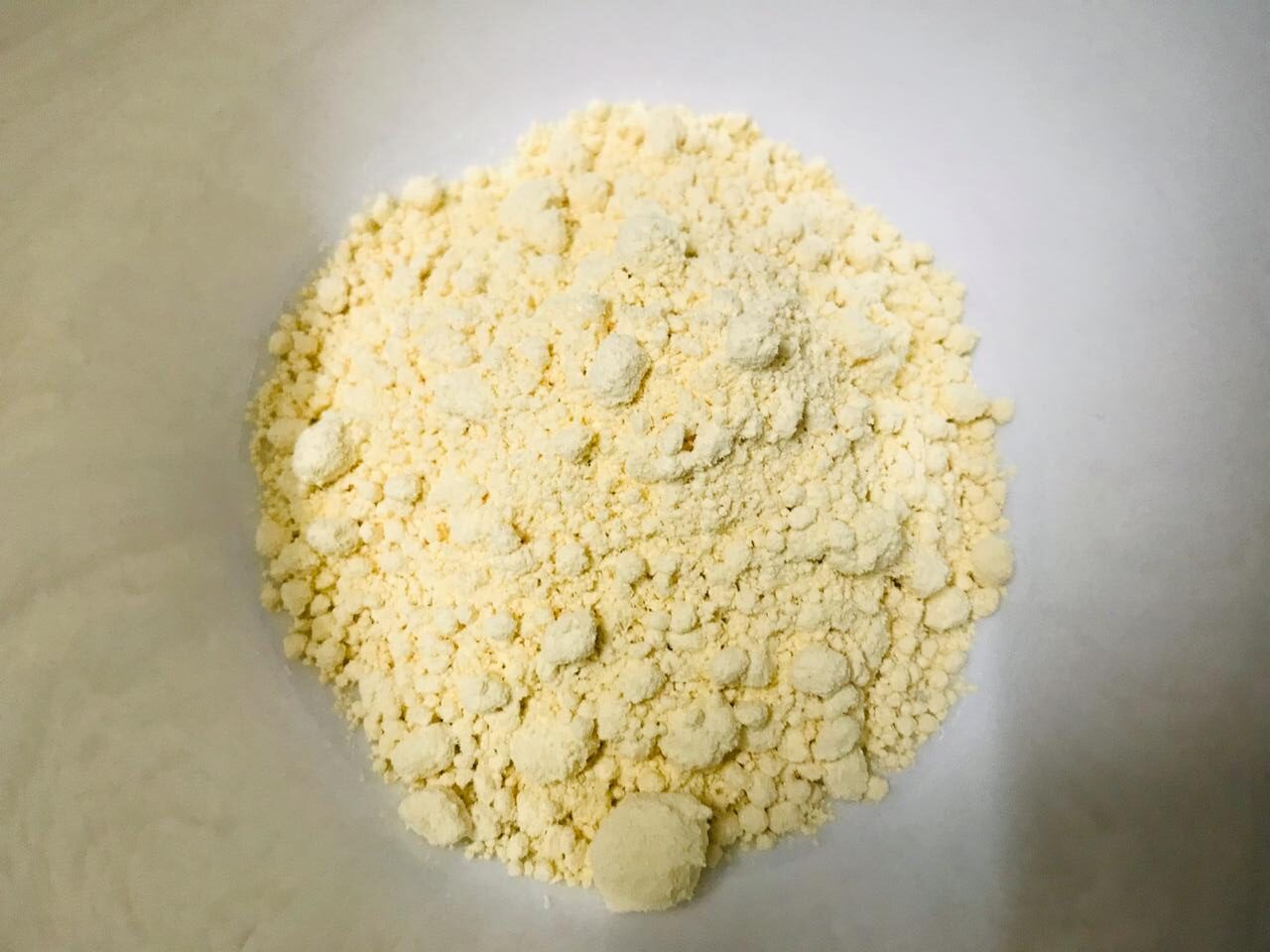
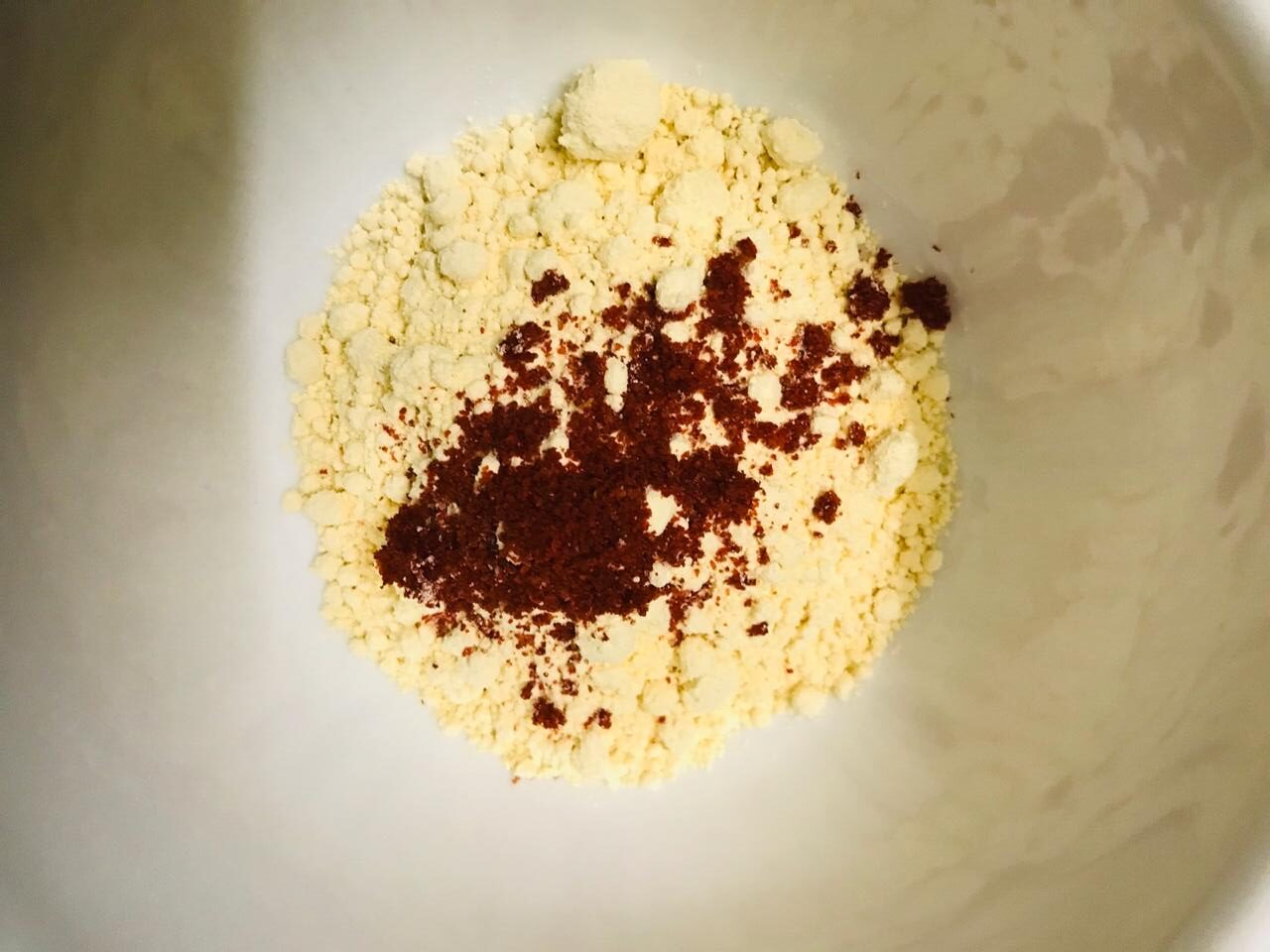
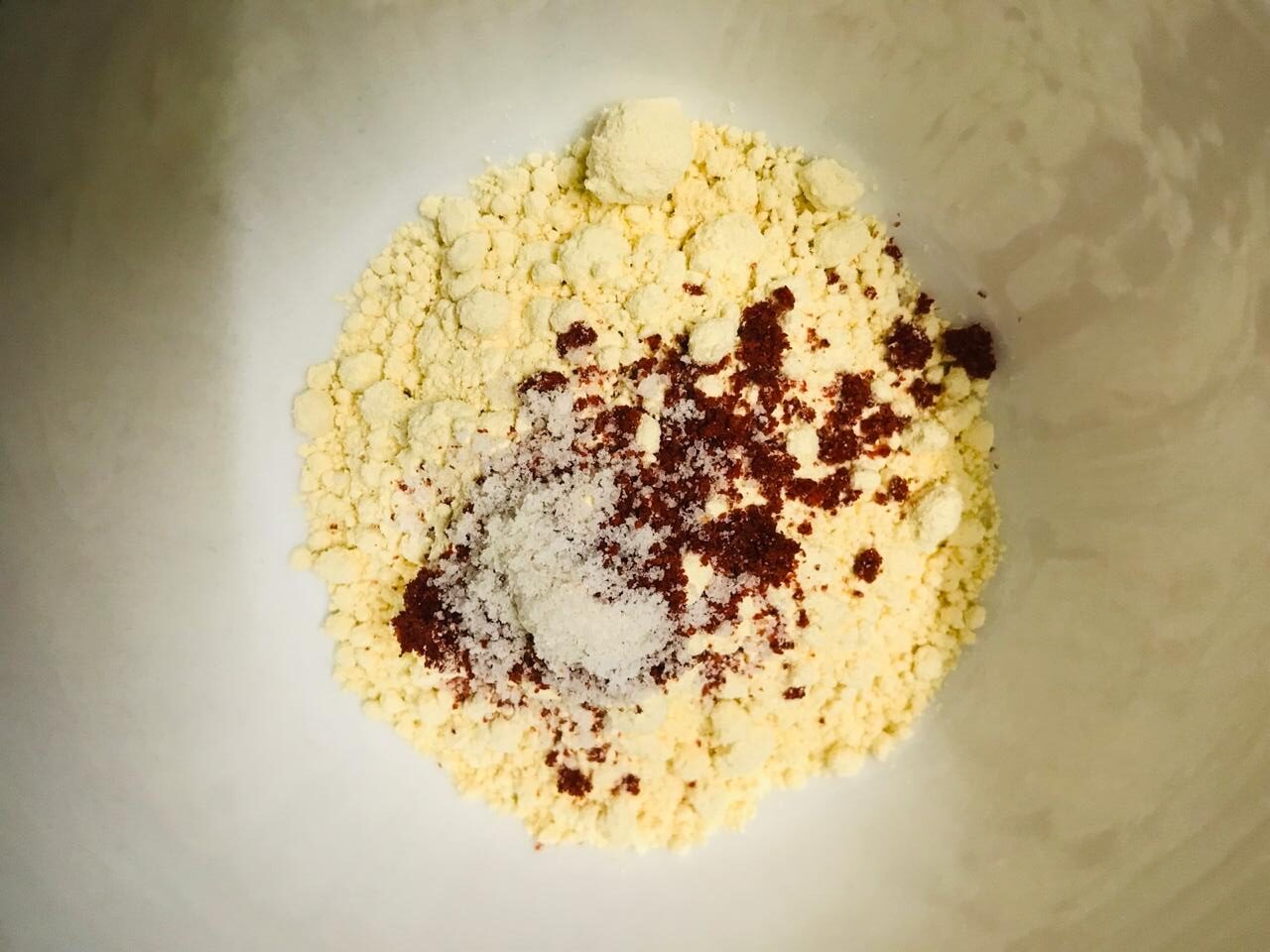
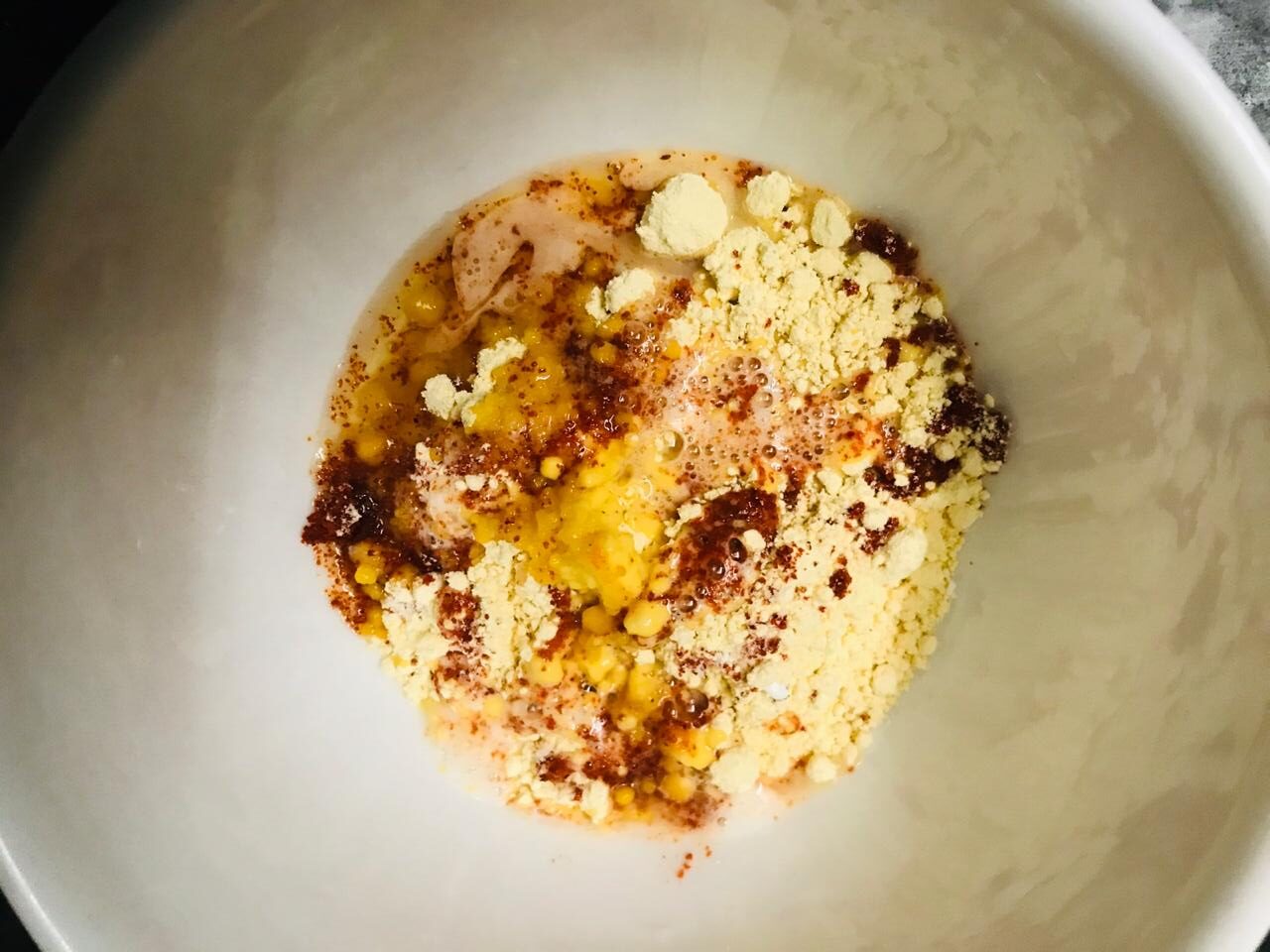
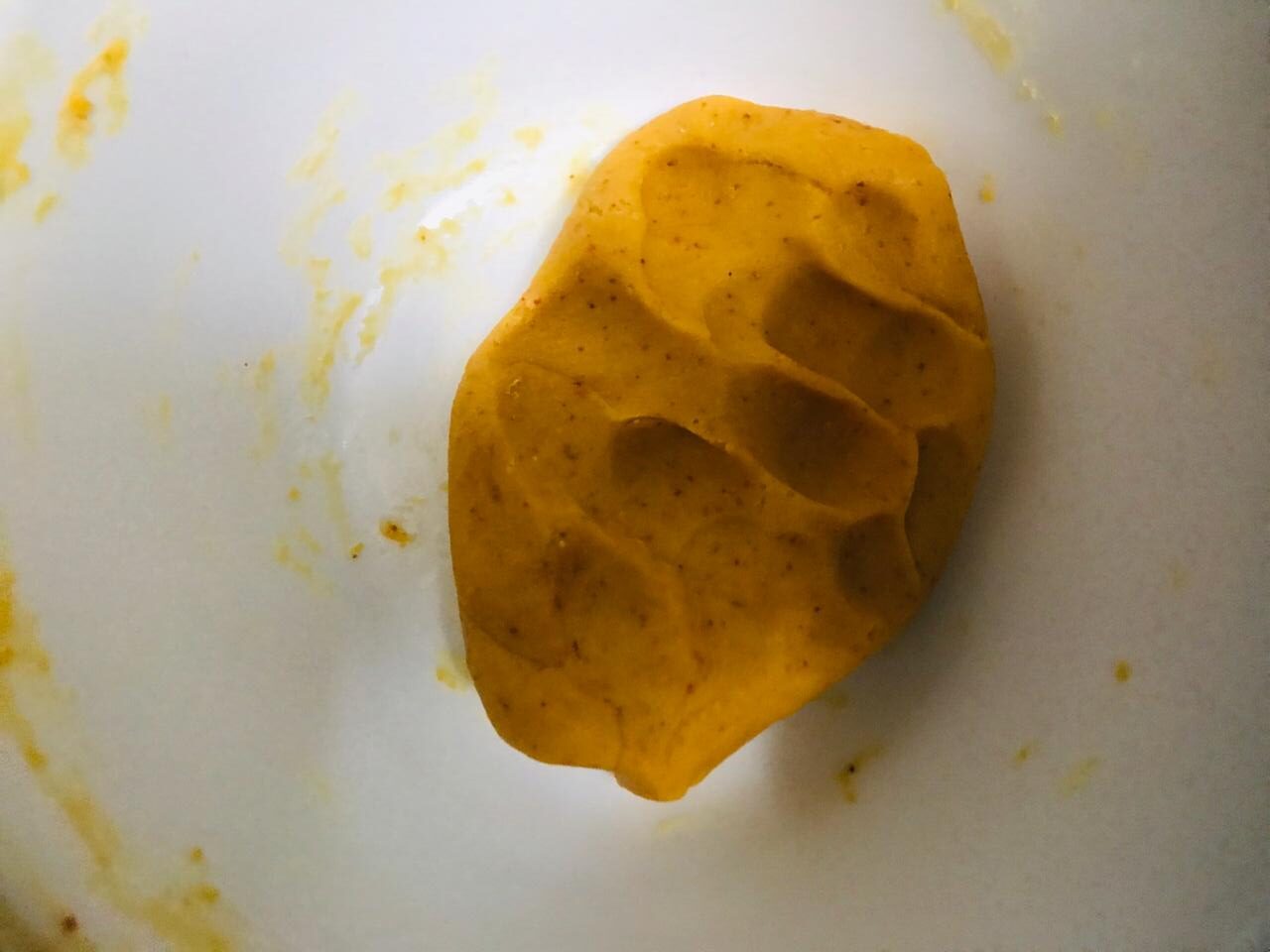
In a bowl mix gram flour, salt, red chili powder and oil. Gradually add teaspoon of water to form a soft dough. This is the stuffing for the kachori.
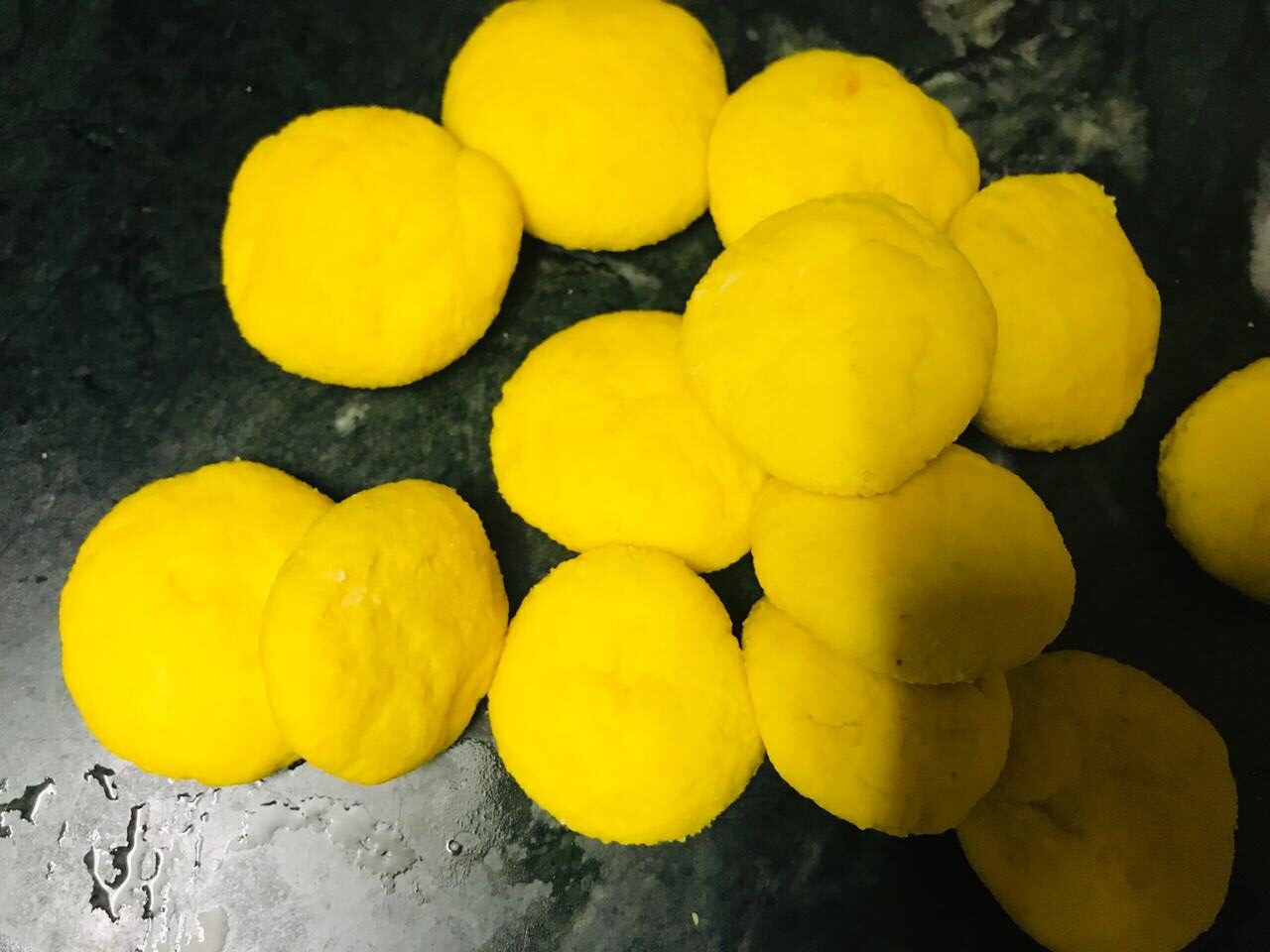
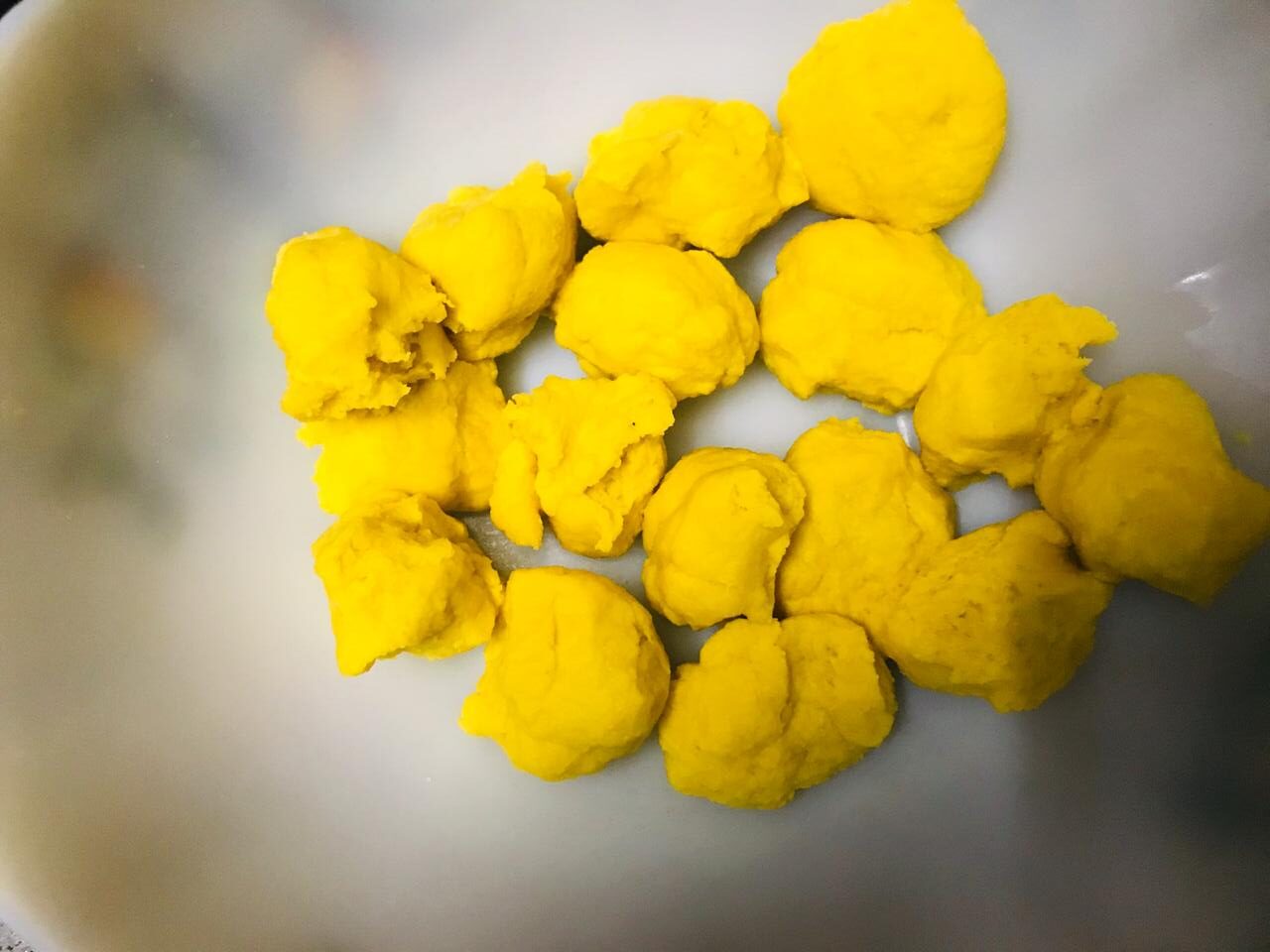
After resting the dough plain flour and semolina dough, grease the dough with oil and knead it again to form a soft dough. If the dough feels too firm, you can add a teaspoon of oil.
Divide the dough into 12-14 equal pieces and roll them to form balls.
Divide the stuffing dough into equal 12-14 pieces and roll them to form balls.
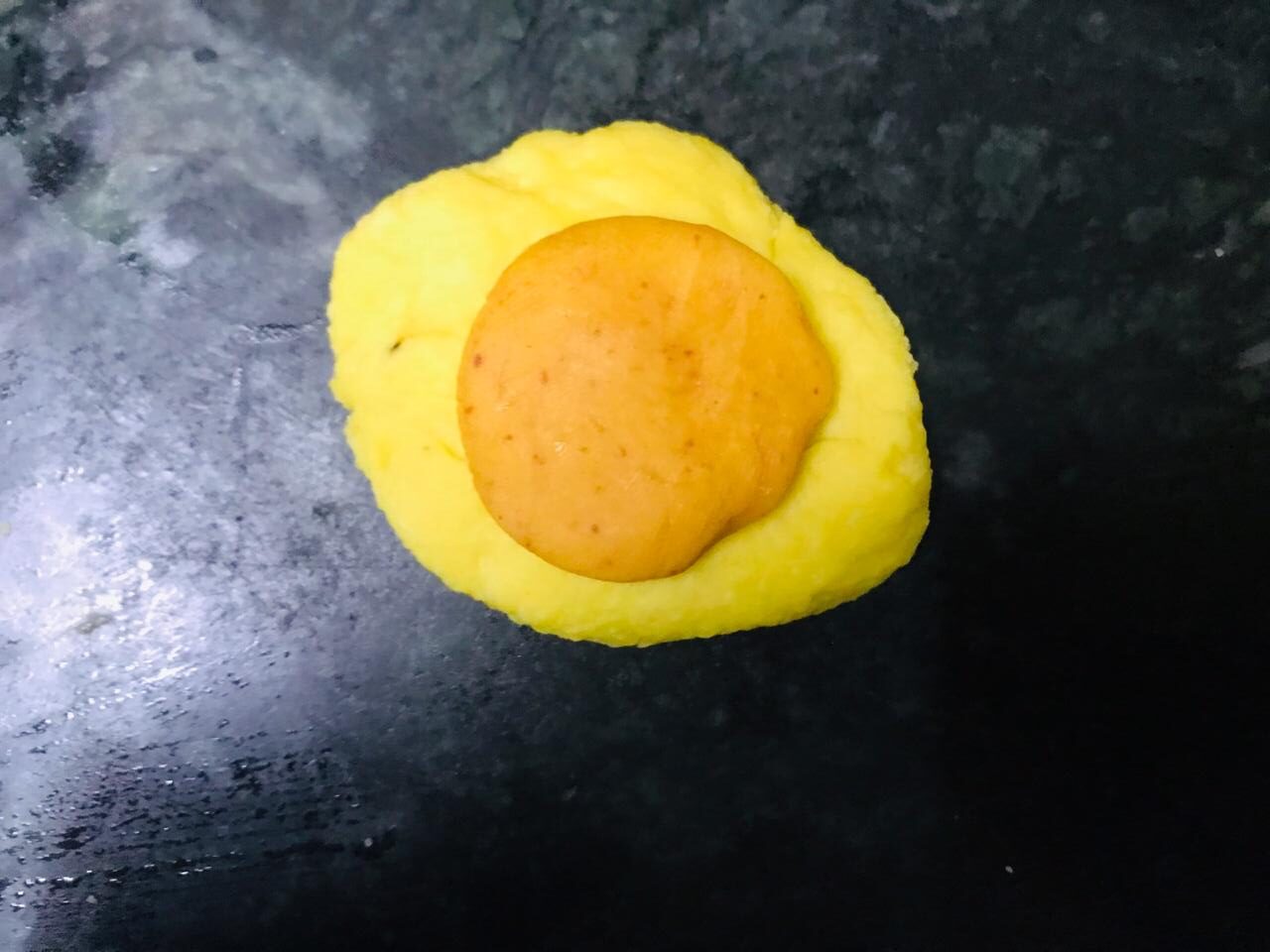
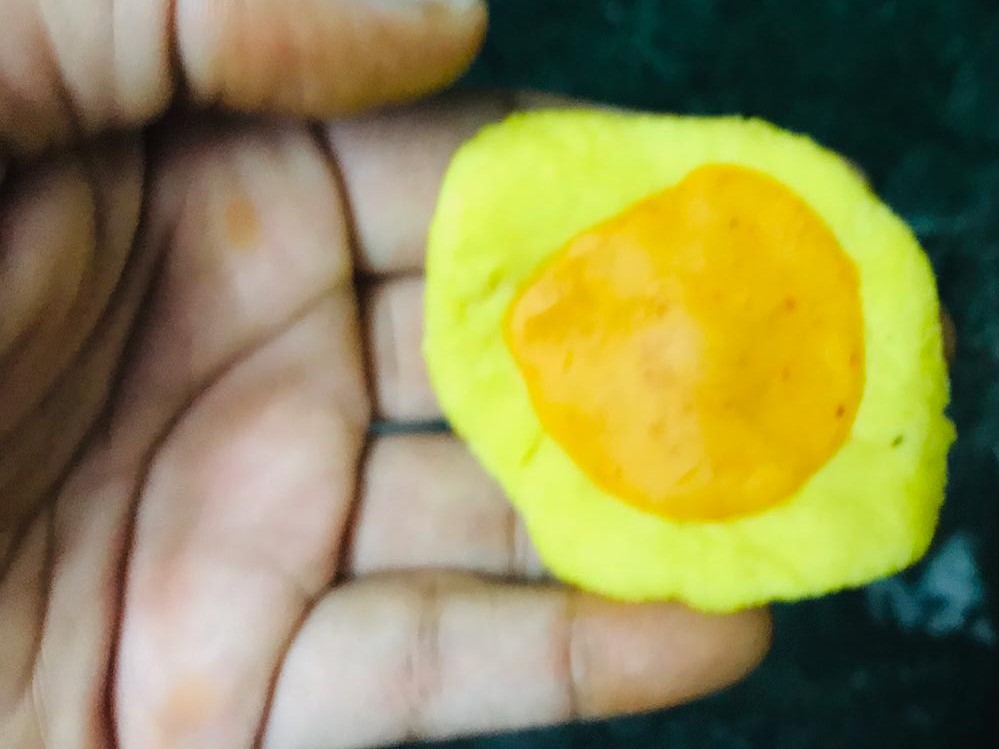
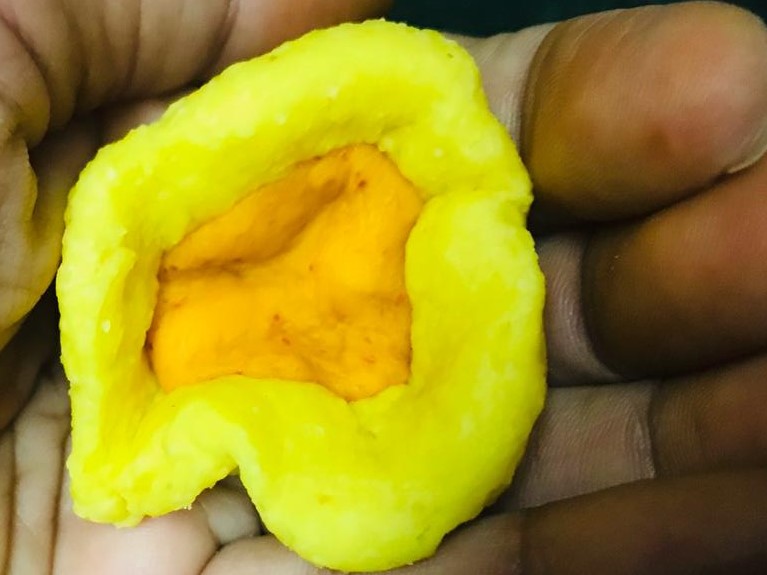
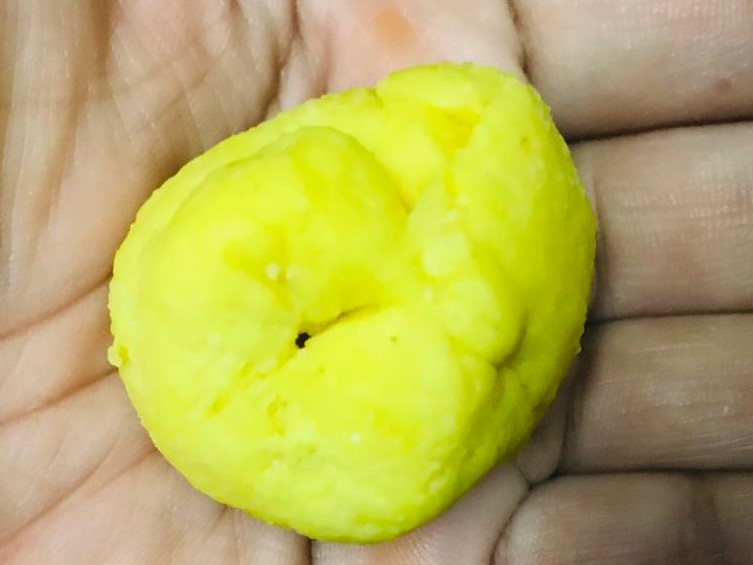
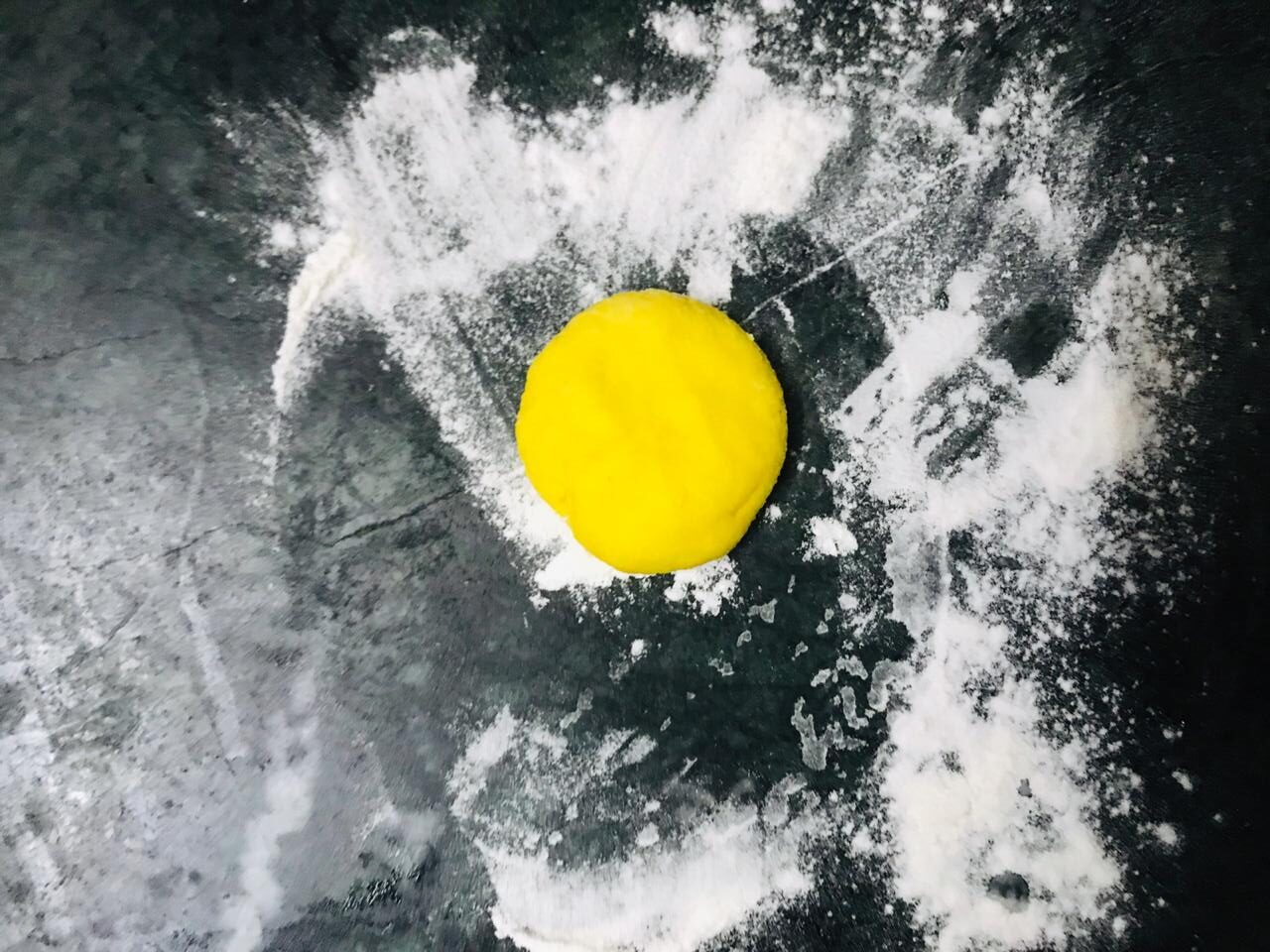
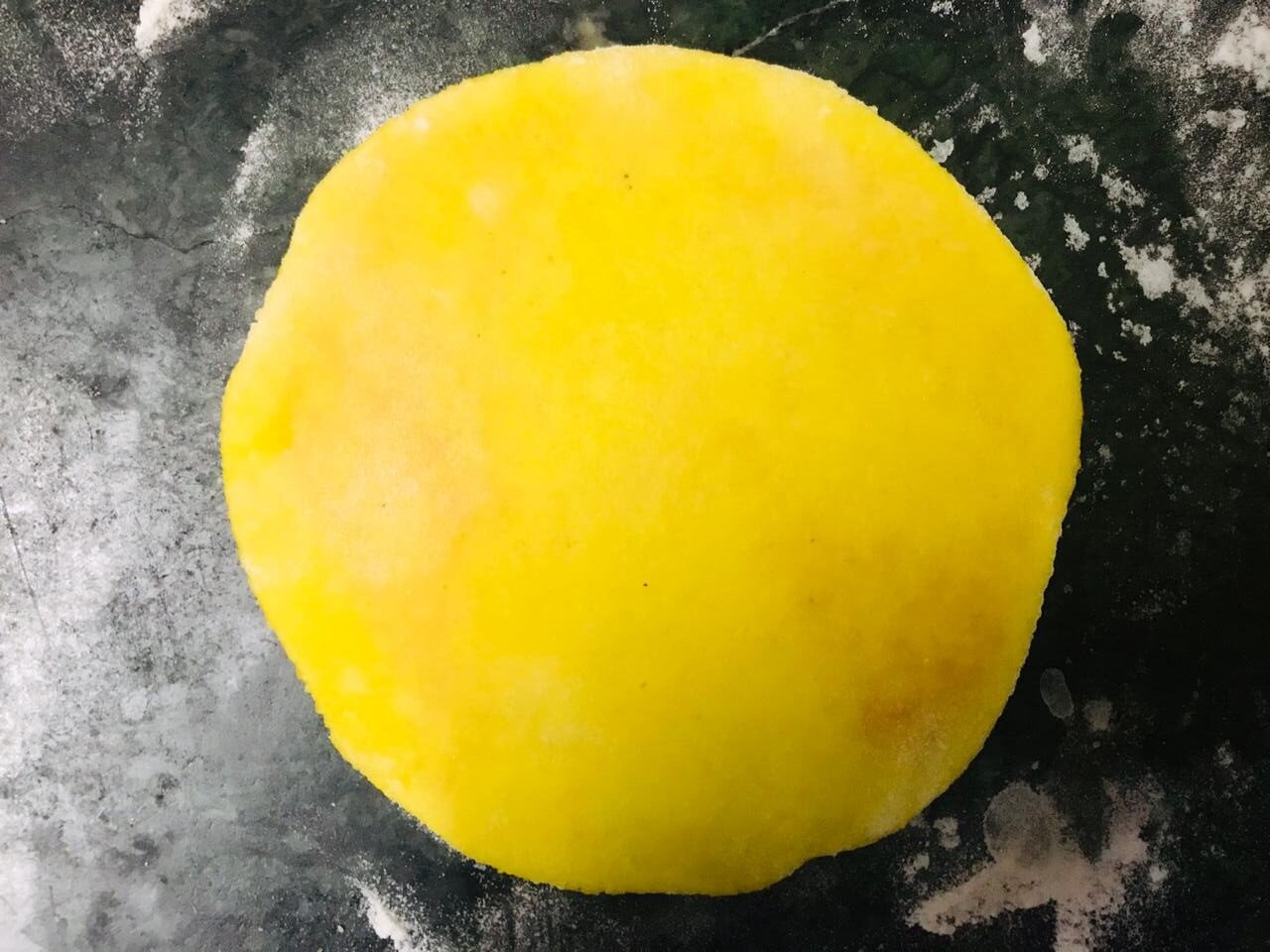
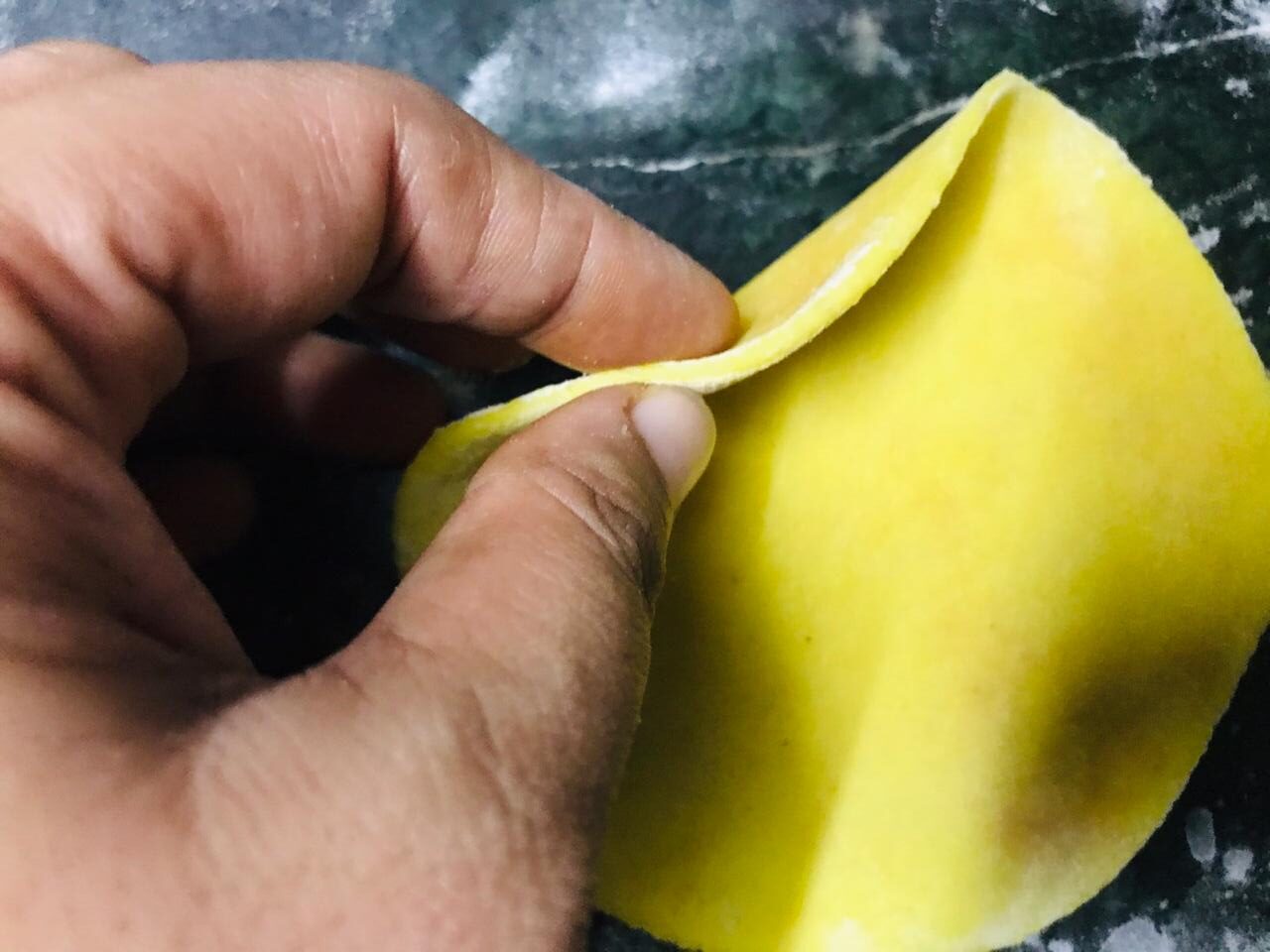
Gently flatten the dough in your hands and place the stuffing ball in the middle and close the edges making sure no stuffing is visible.
Gently flatten the stuffed dough balls and roll them into circles approximately 4-5 inch in diameter.
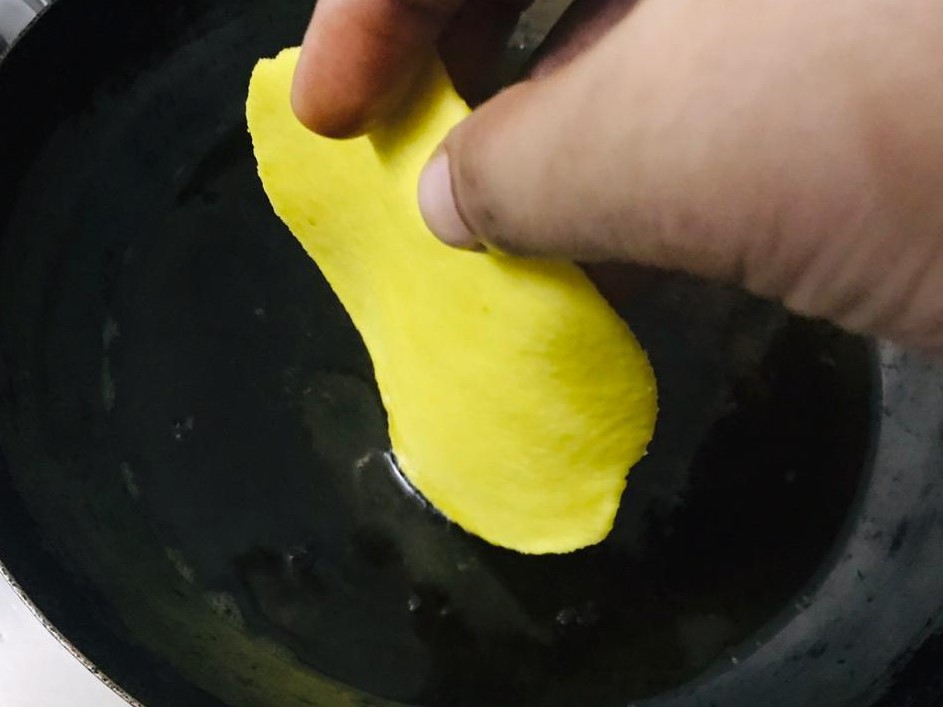
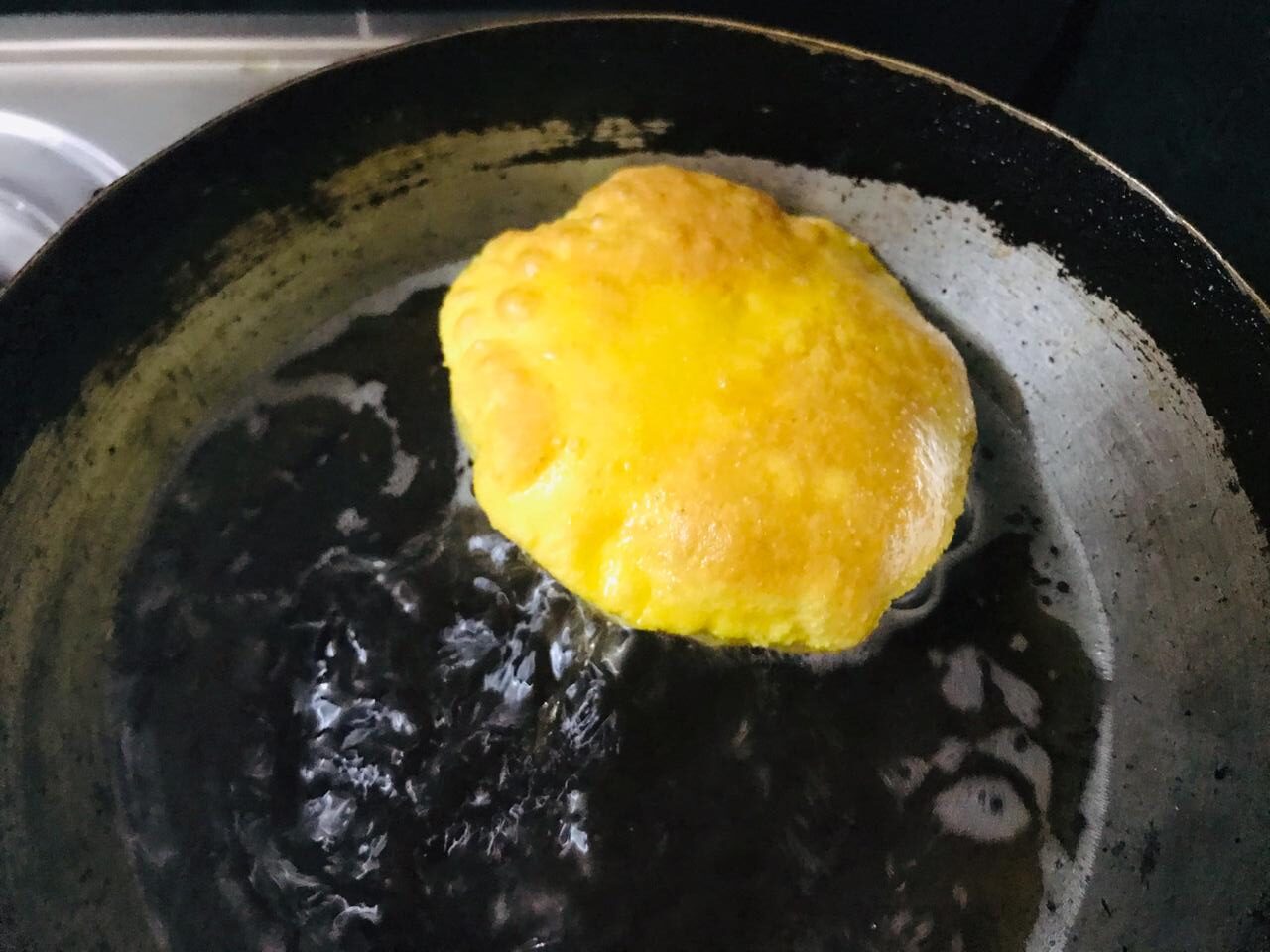
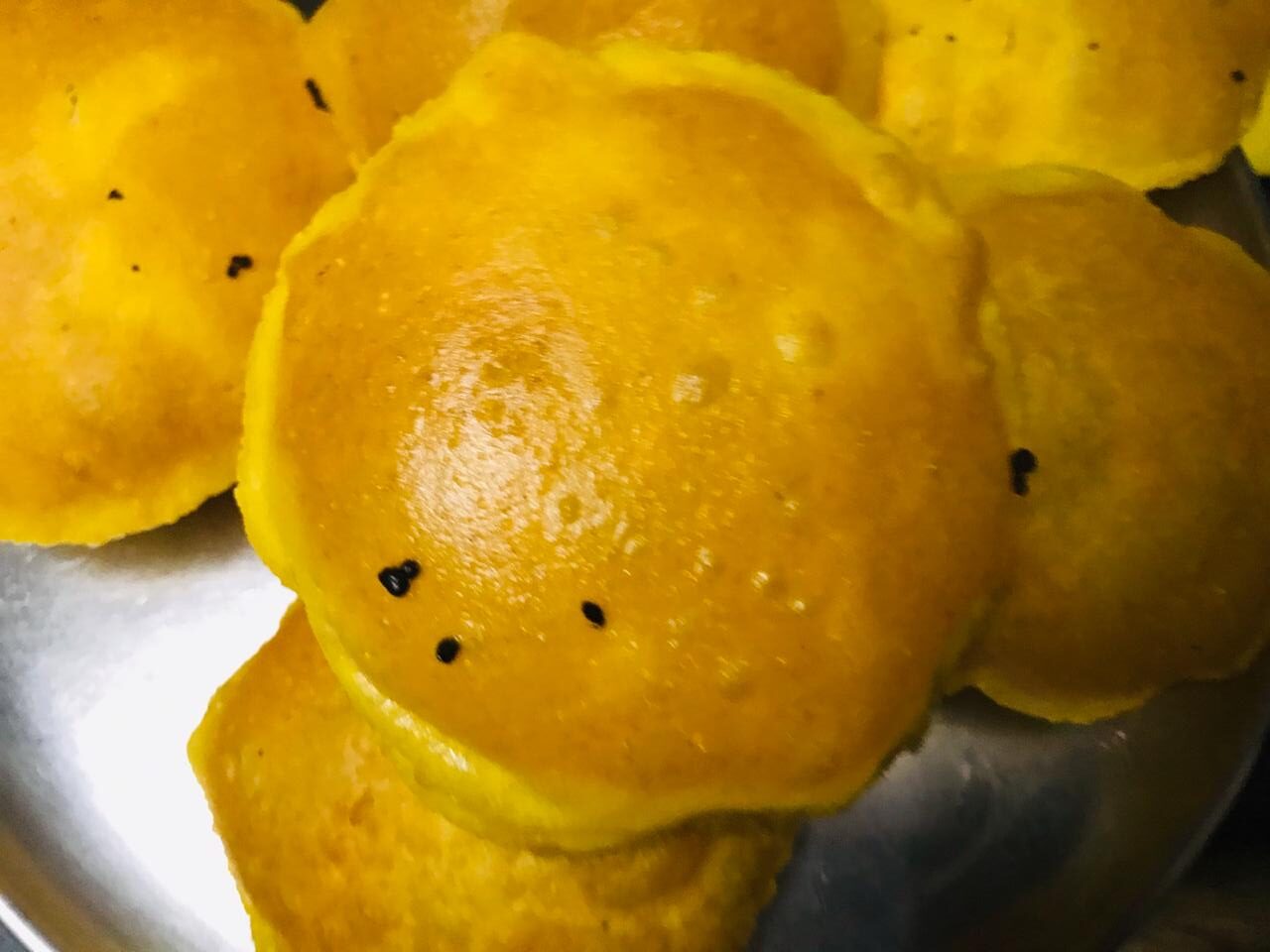
Heat oil for frying. To check if the oil is ready for frying add a small piece of dough in the oil. If it comes steadily and quickly on the surface, then that means the oil is at the right temperature to fry.
Once the oil is ready to fry, gently slide the rolled kachori into the oil and wait for a couple of seconds. Then press on it with the back of the slotted spoon. The kachori will puff up. Turn the kachori on the other side until it turns to golden in colour. Remove the kachori onto some absorbent kitchen towel.
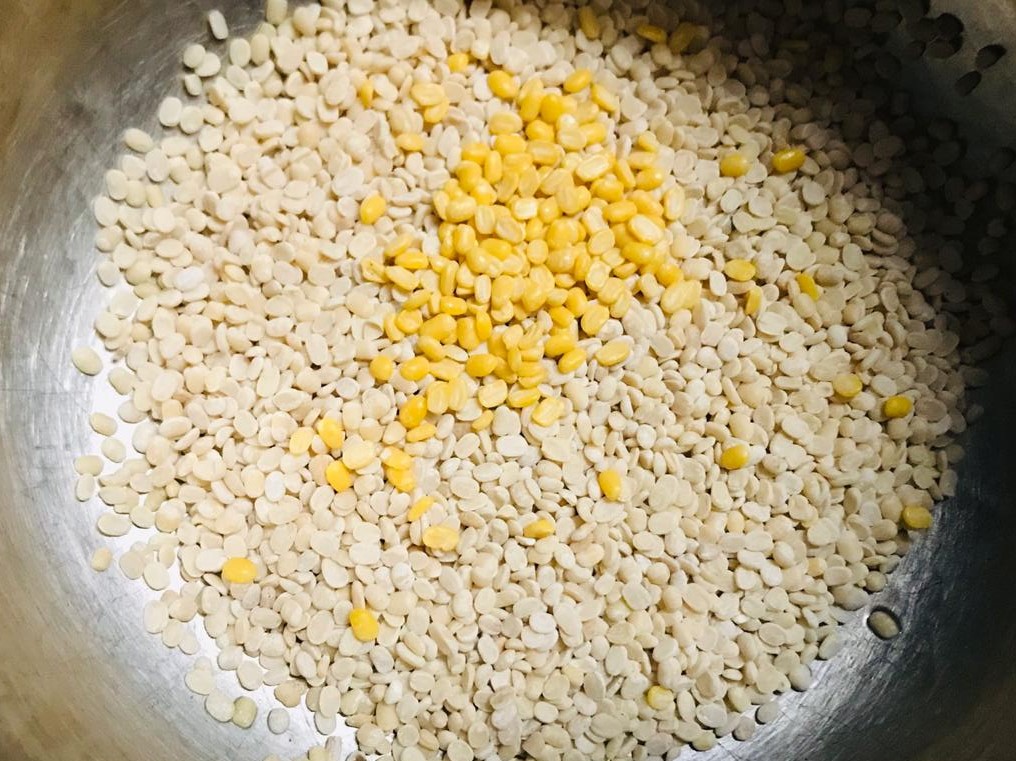
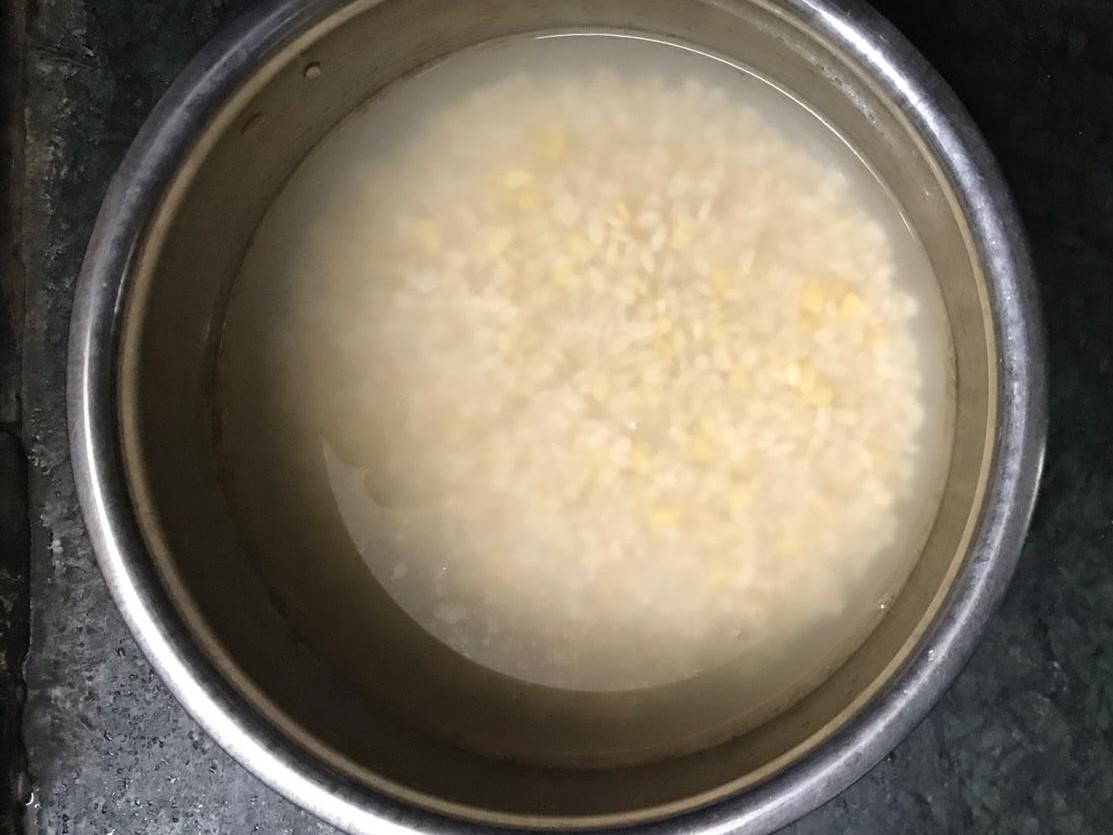
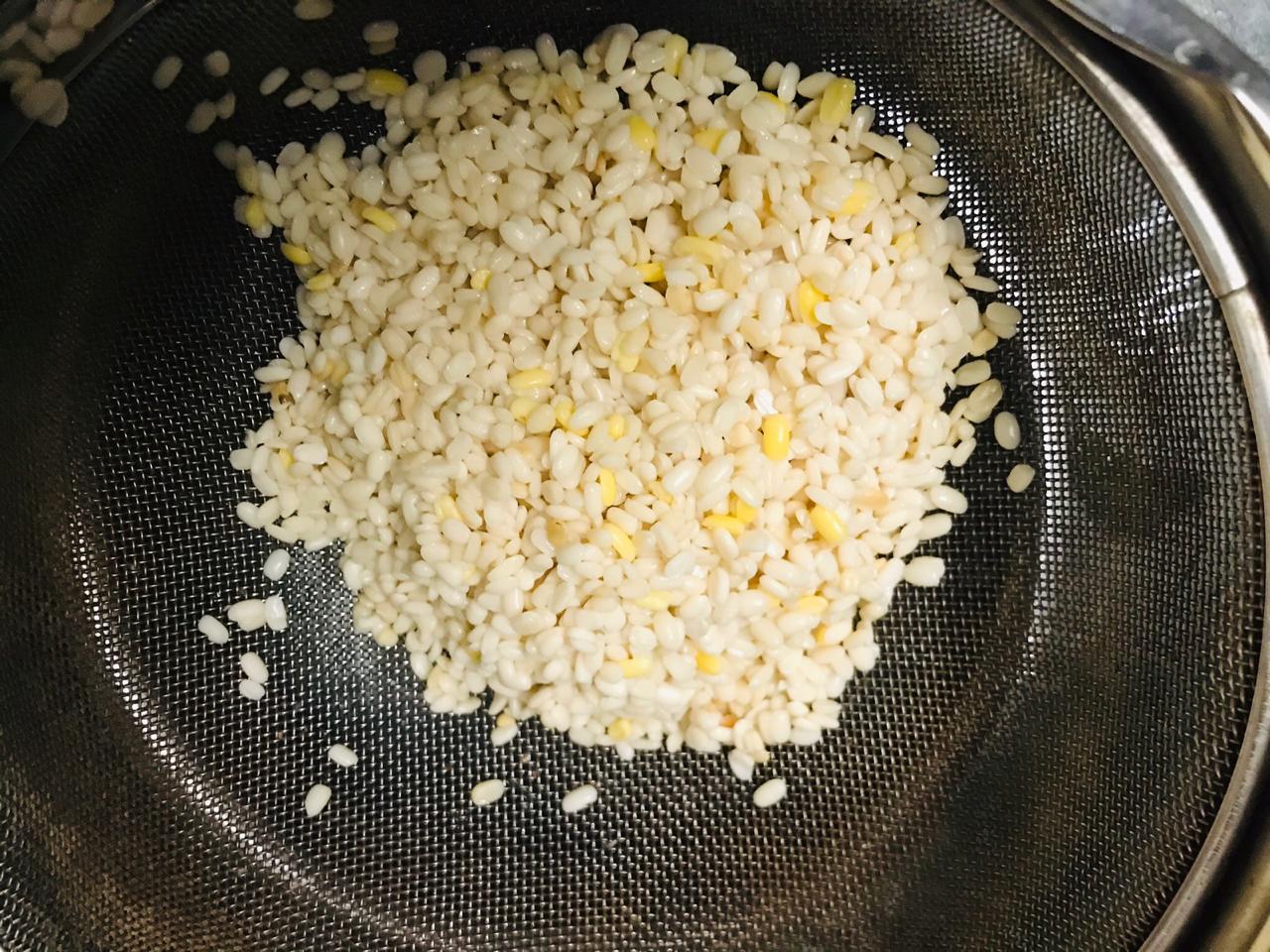
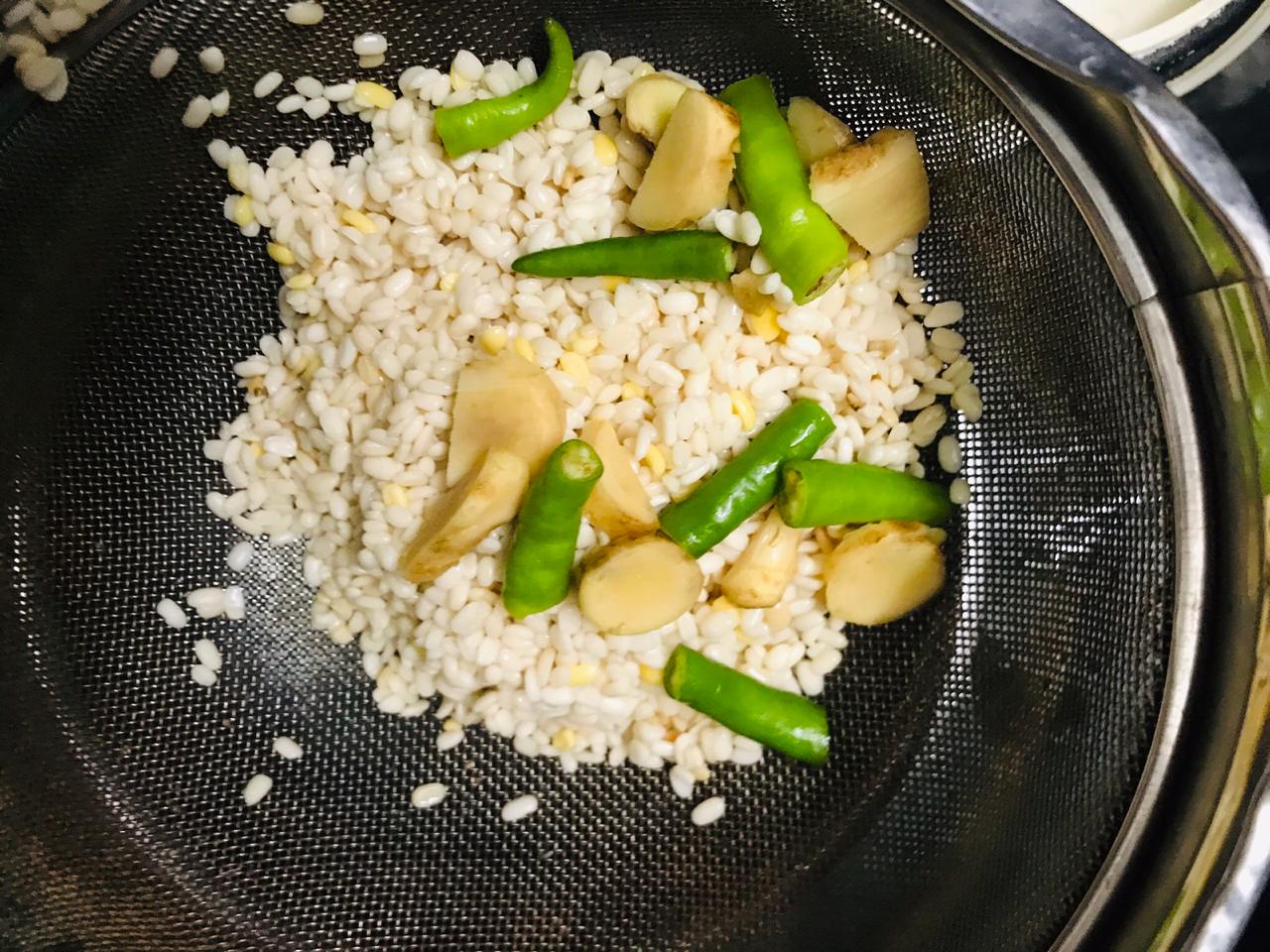
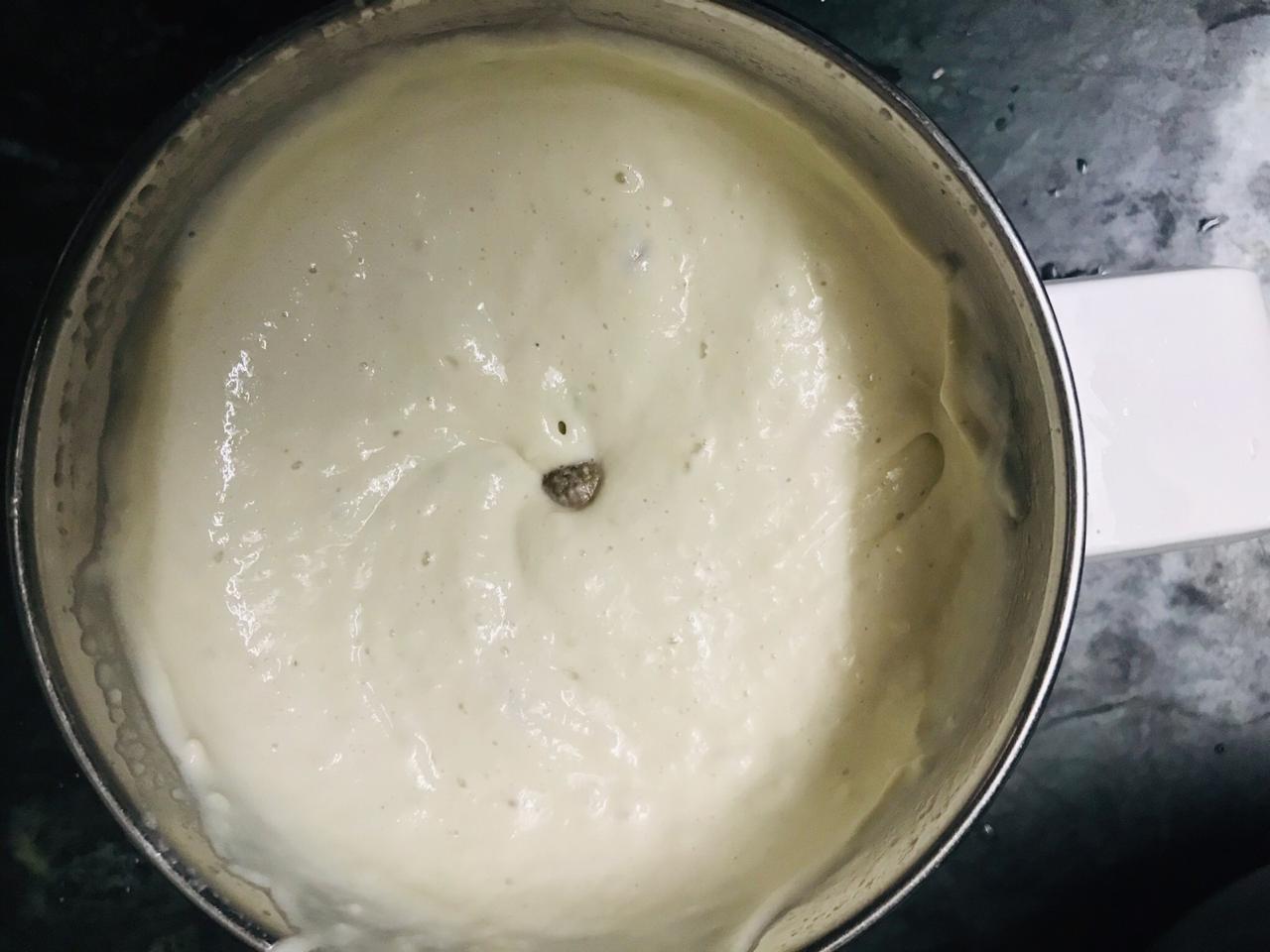
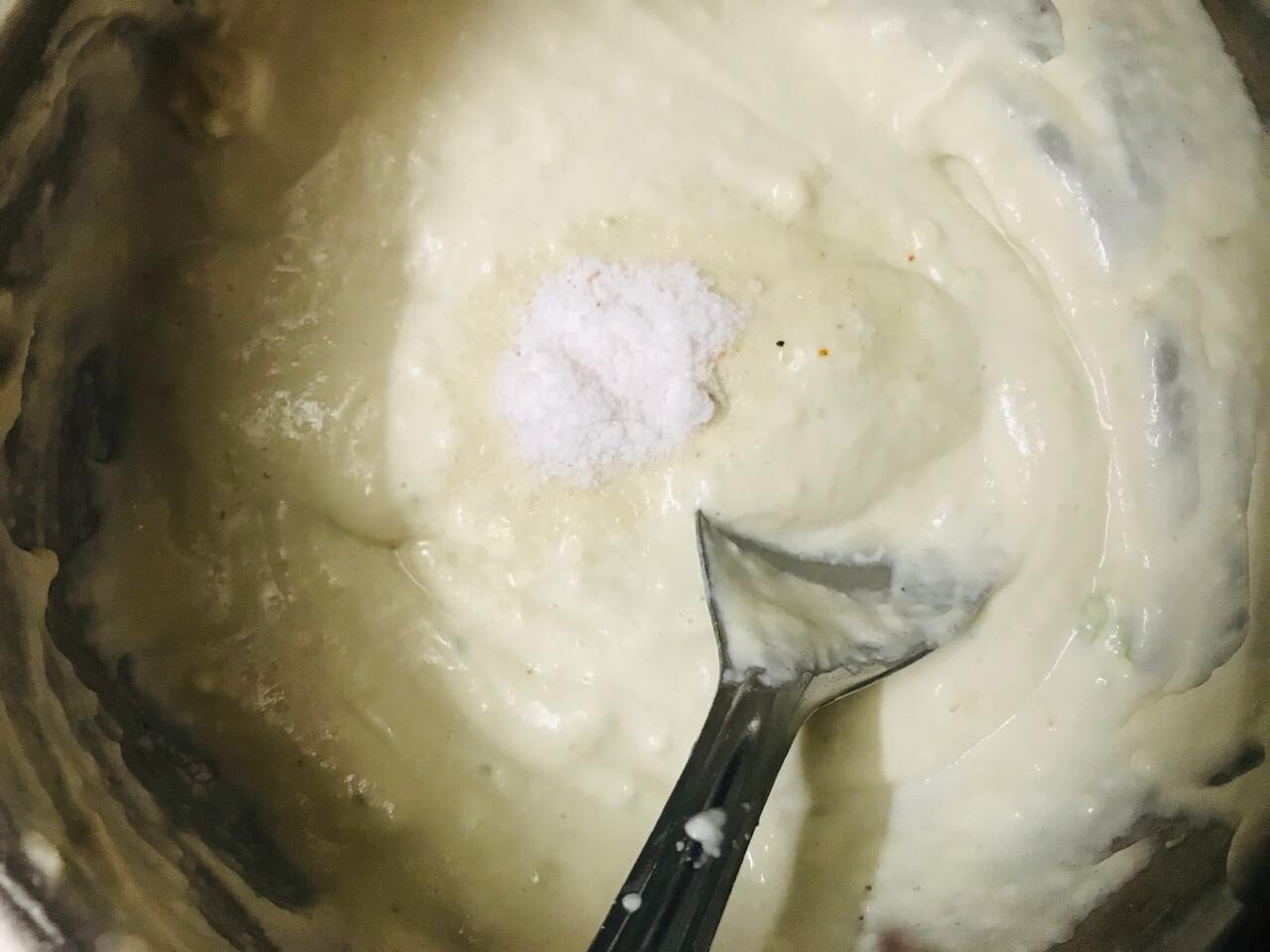
For Urad Dal Vada
Rinse the dals with water at least 5 times and soak for 4 hours in 4 cups of water.
After 4-5 hours drain the soaked dals and transfer them to a blender. Add green chillies, ginger and water in parts and grind the dals to a smooth batter. The batter should not feel grainy when touched. After grinding add the salt.

Whisk the batter briskly to make it light and fluffy. You will notice that as you whisk the batter, it will change in colour and doubles in size.
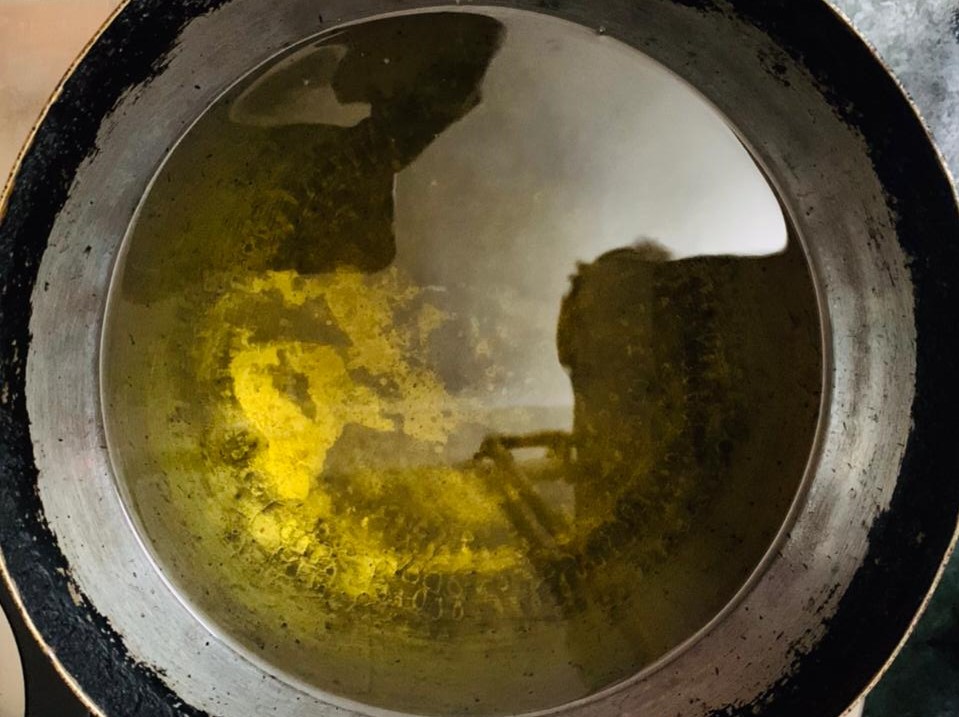
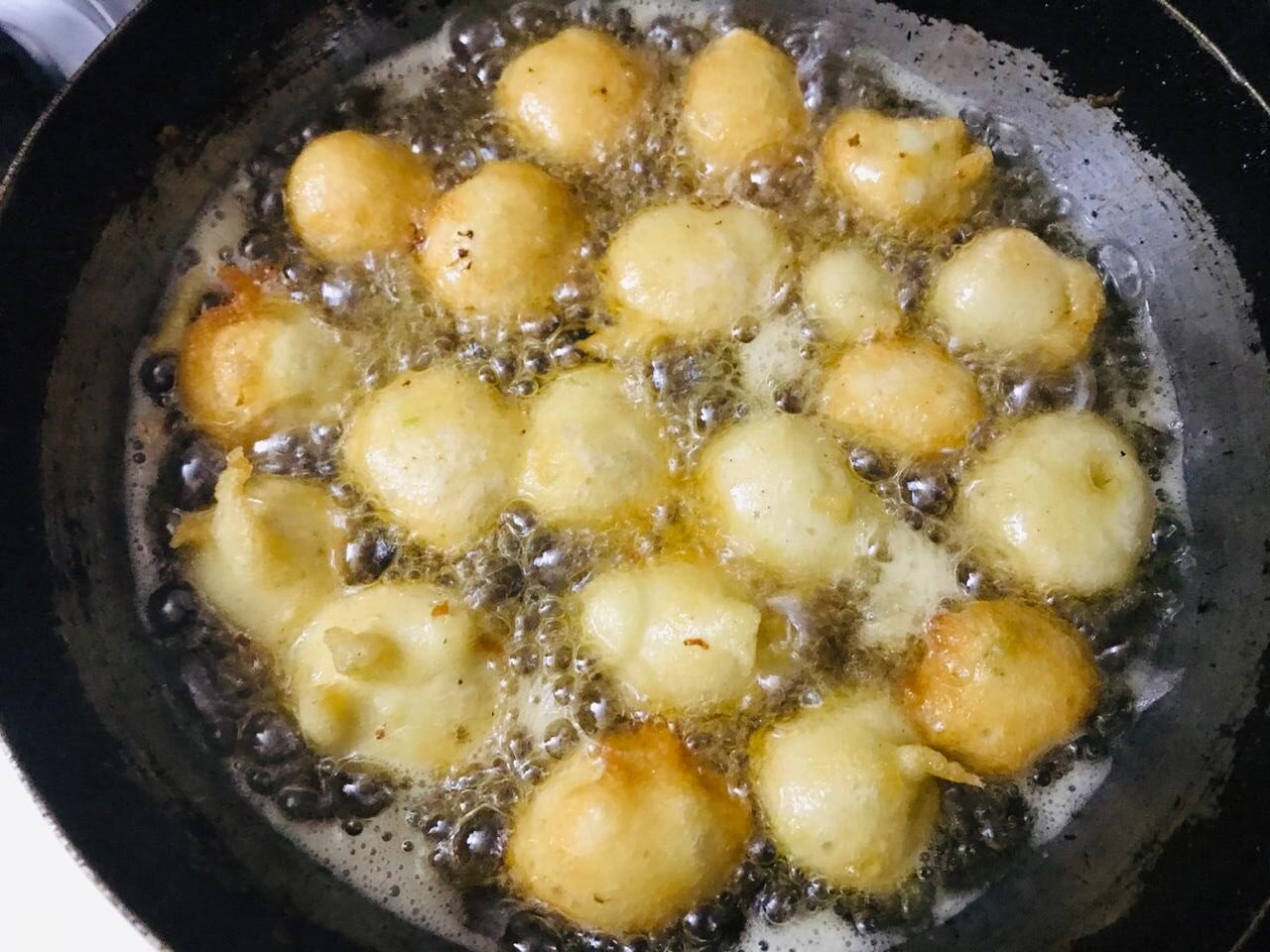
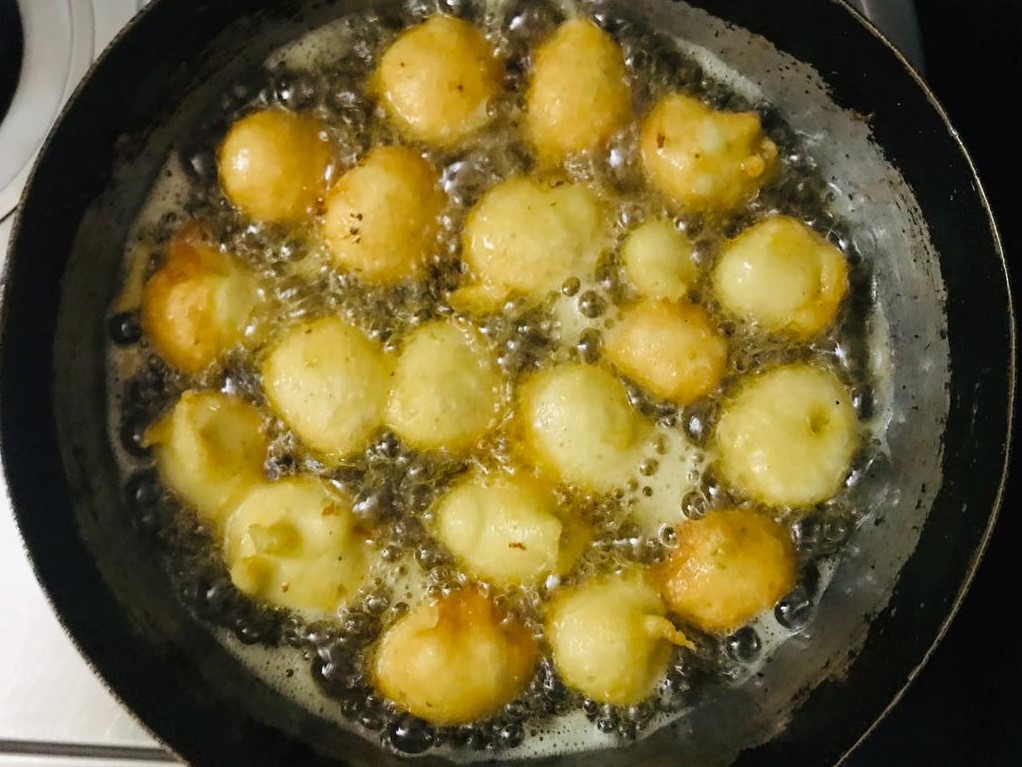
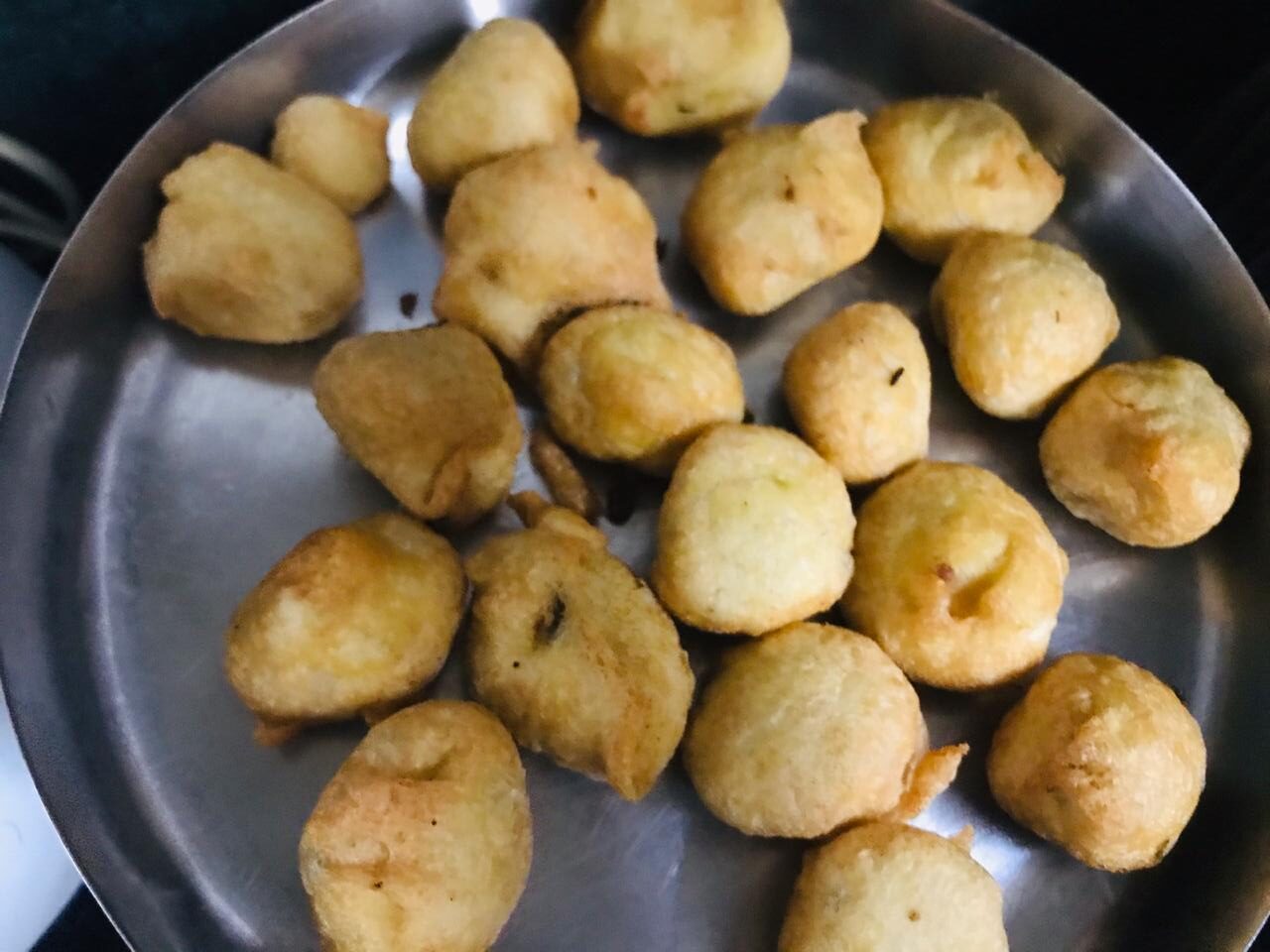
Heat oil for frying. To check if the oil is ready for frying add a small amount of batter in the oil. If it comes steadily and quickly on the surface, then that means the oil is at the right temperature to fry.
Once the oil is ready to fry, gently drop a teaspoon of batter into the hot oil. Fry the bhalla on medium heat until they become golden and crisp turning them few times while frying. Remove with a slotted spoon on an absorbent paper towel.
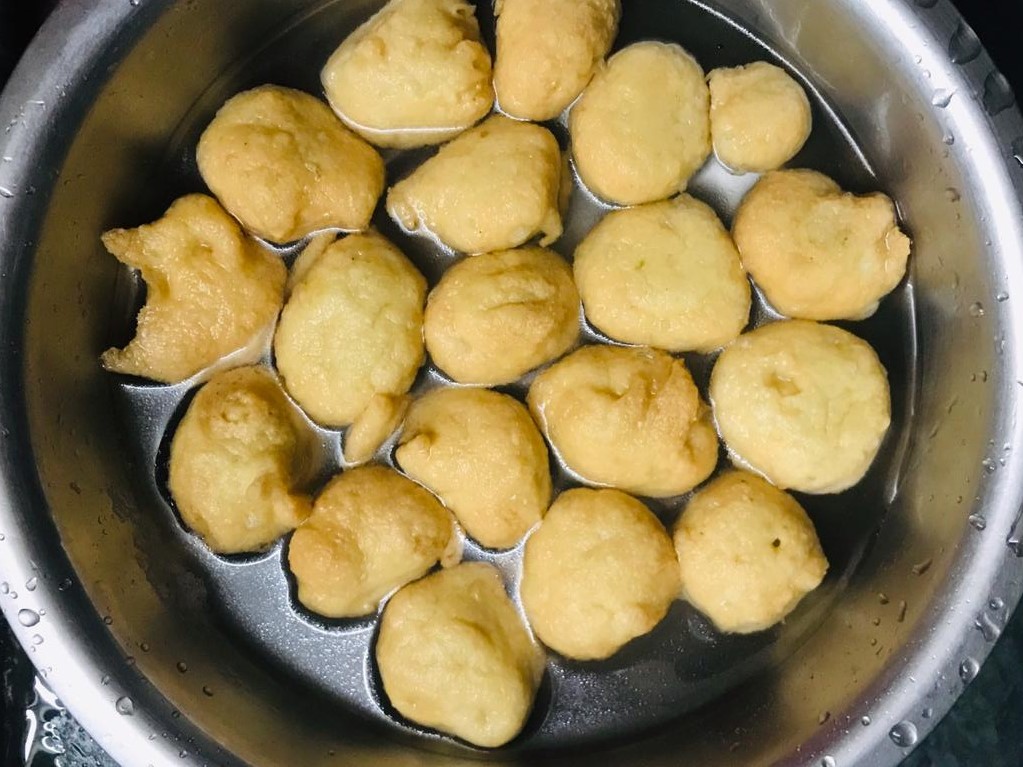
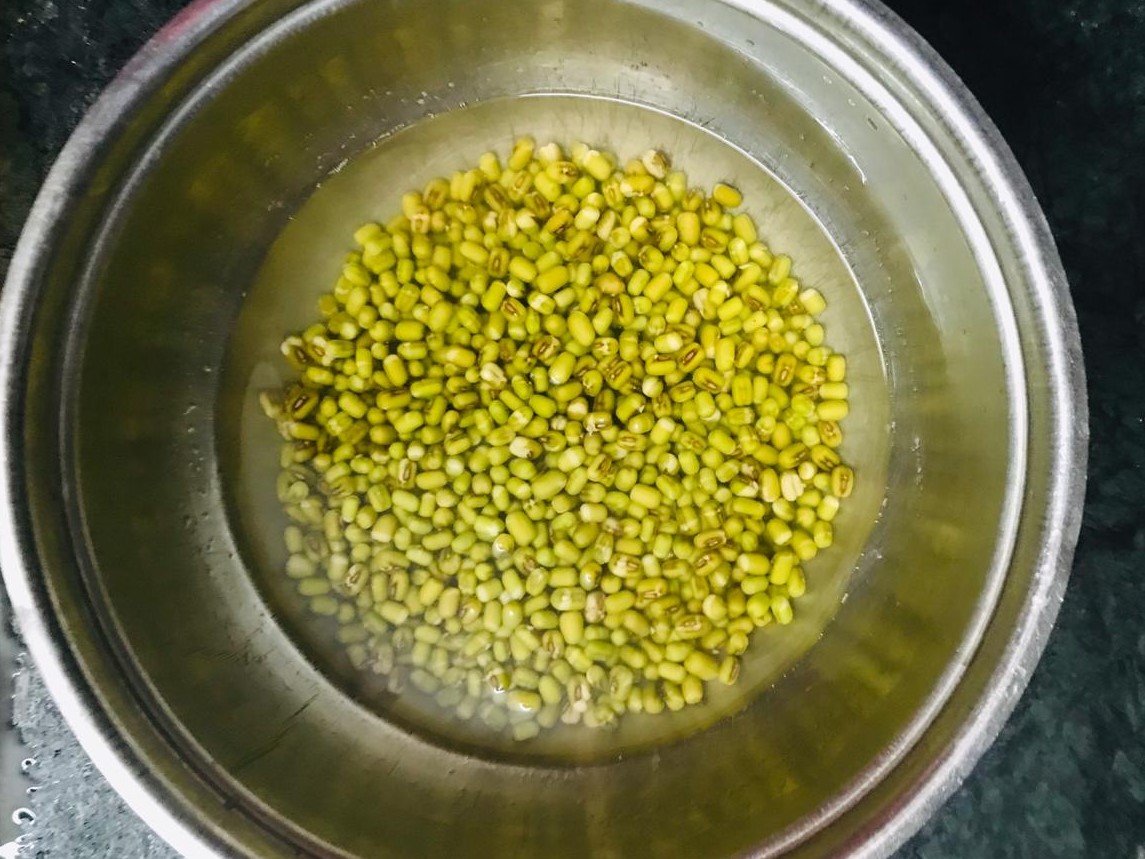
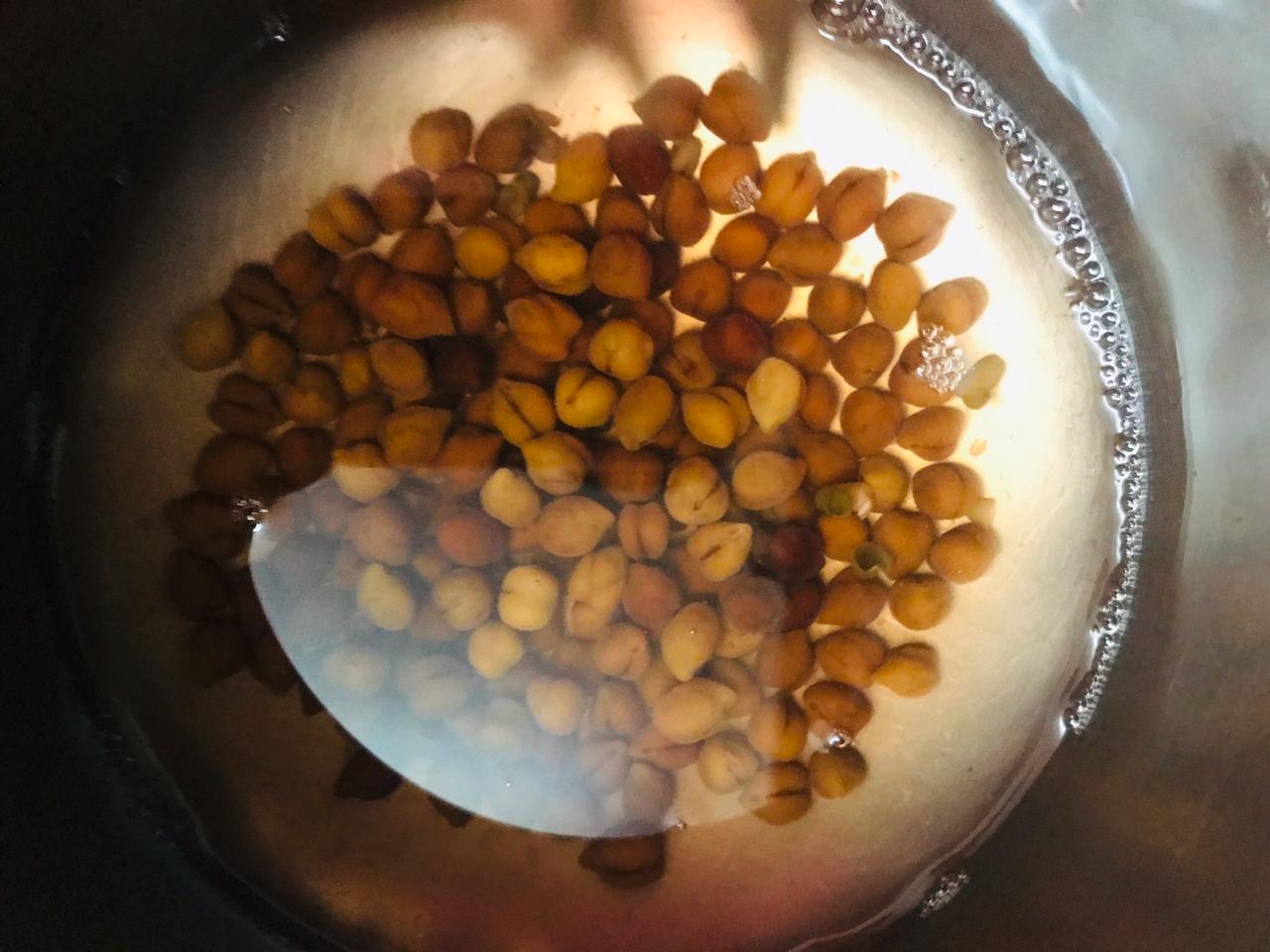
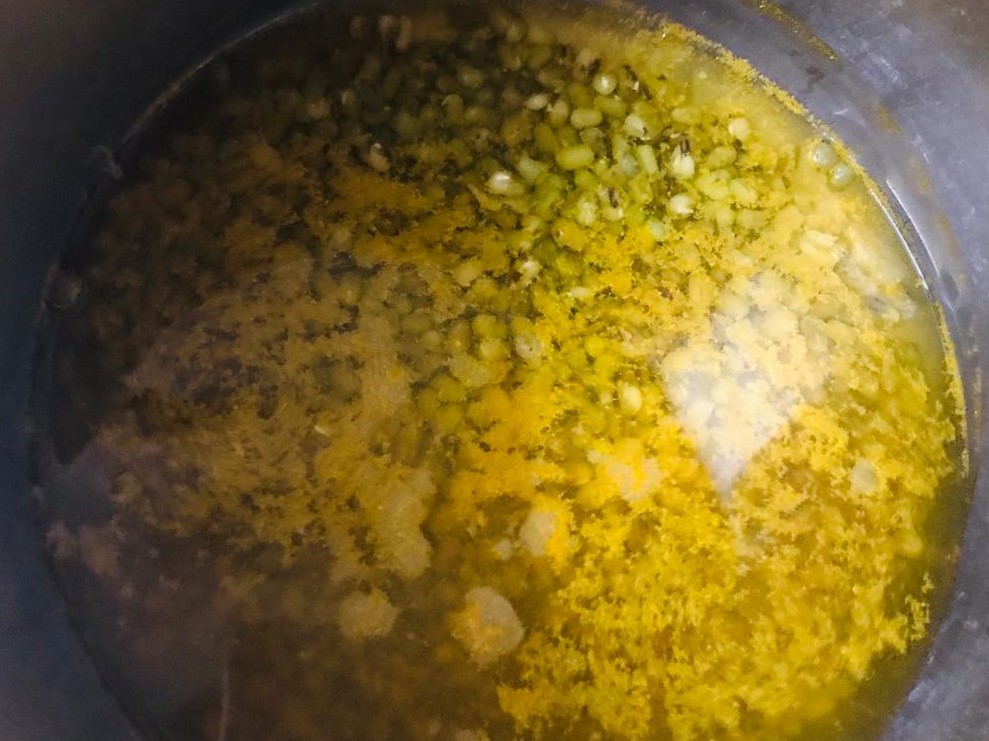

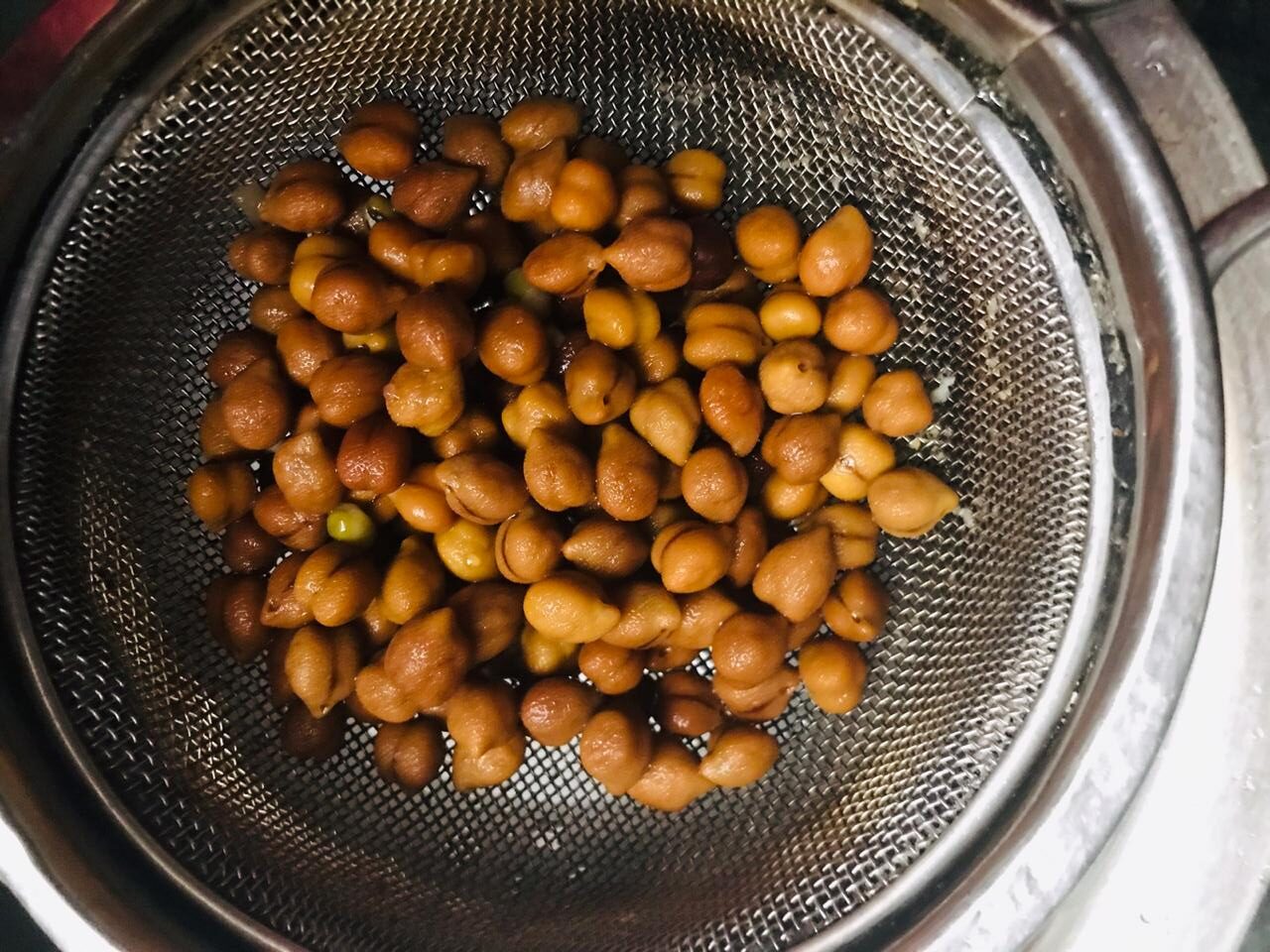
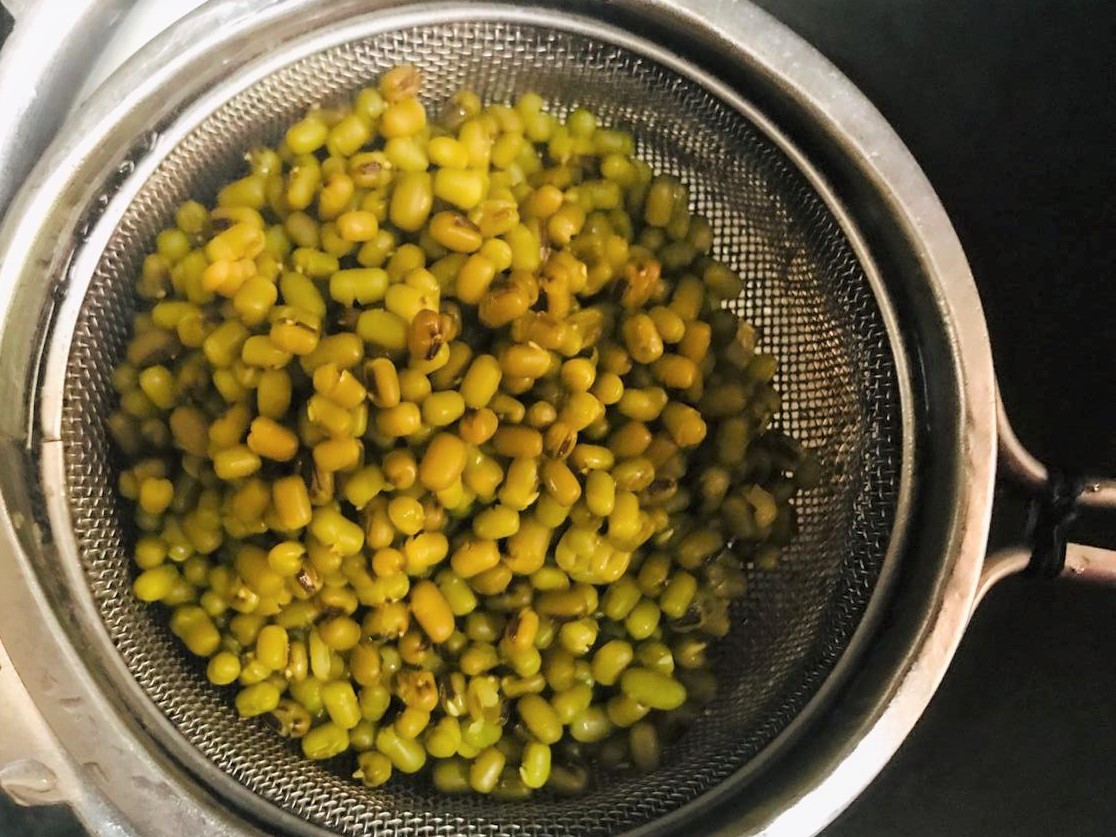
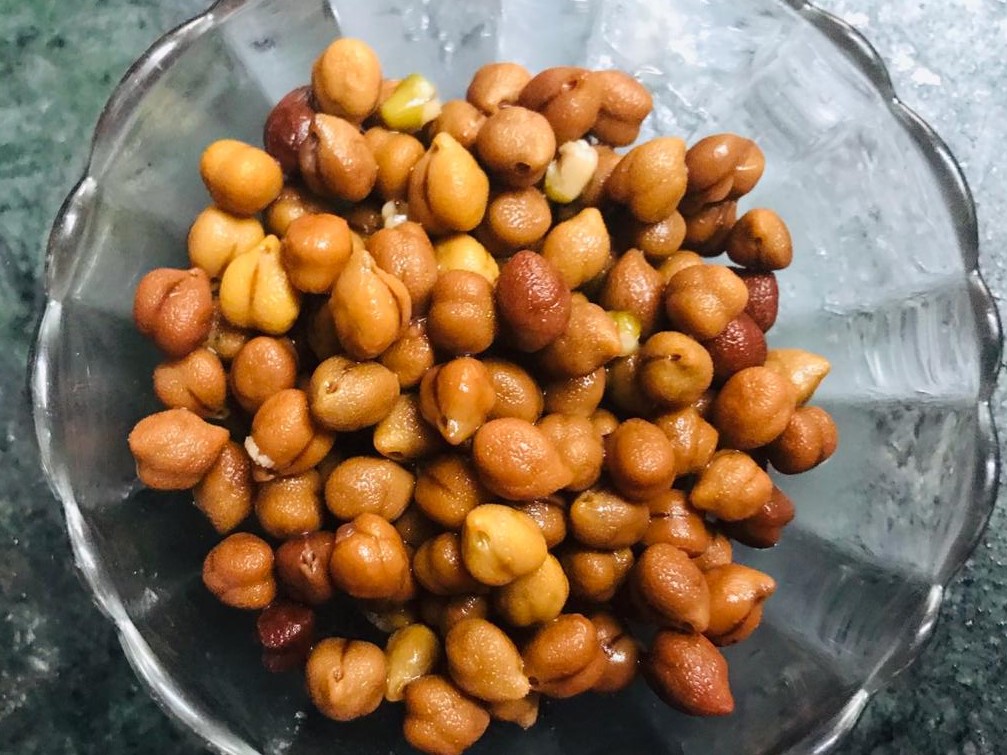
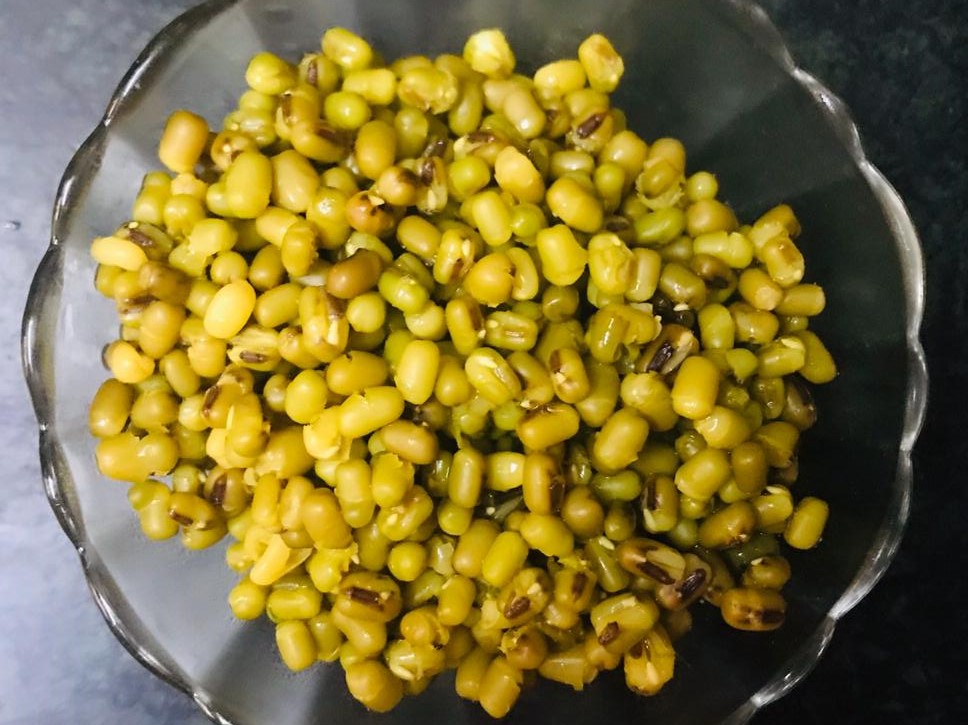
Soak the fried bhalla’s in a bowl of warm water. You will notice that within 30 minutes the bhalla will swell up and increase in size.
Soak moong and chana separately for 6-7 hours or may be overnight.
Boil moong and chana in a pan for 7-8 minutes until they turn soft.
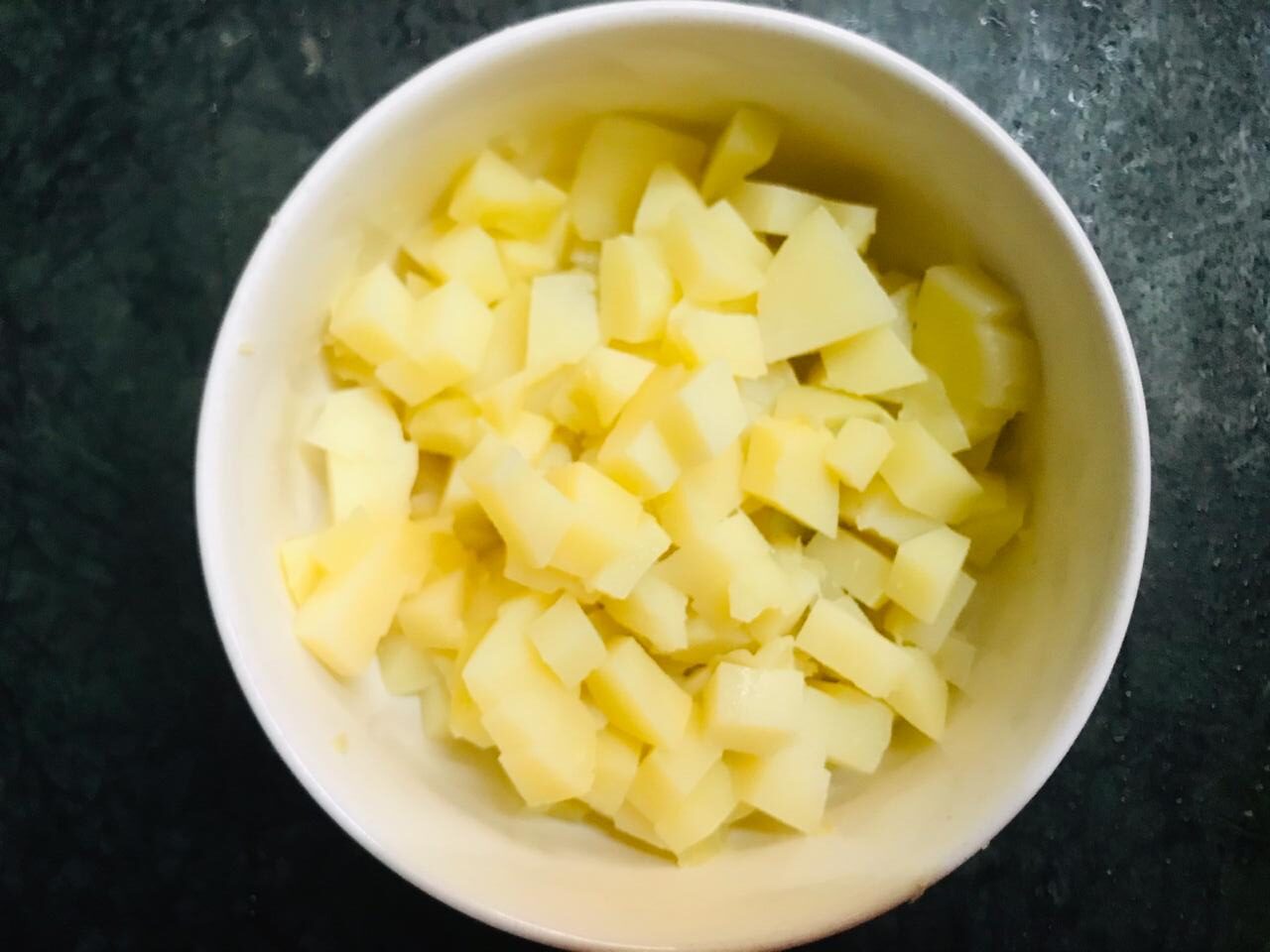
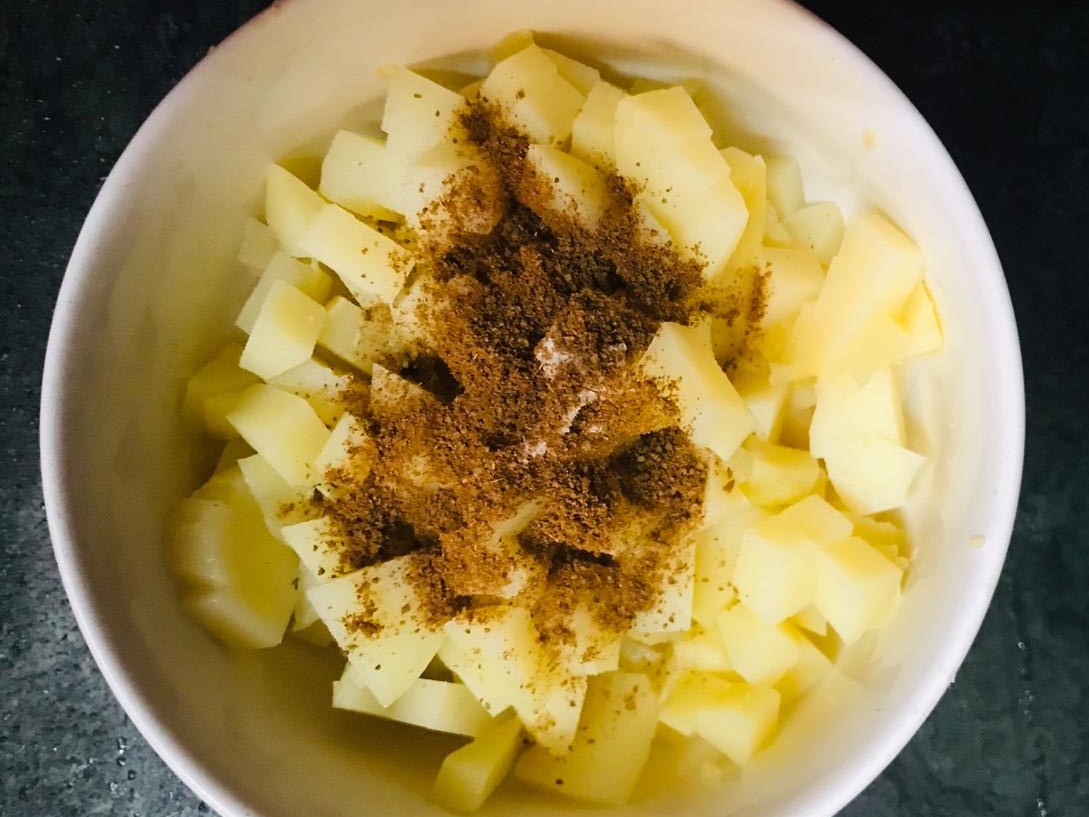
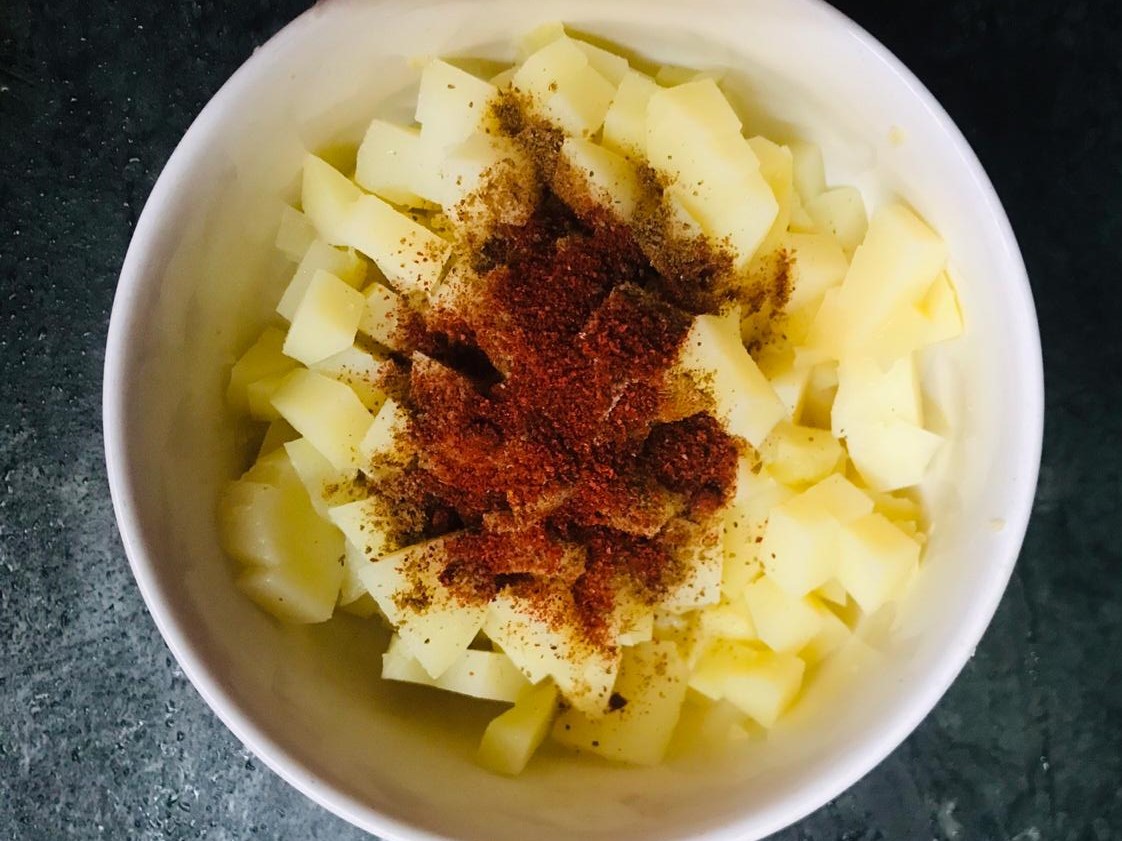
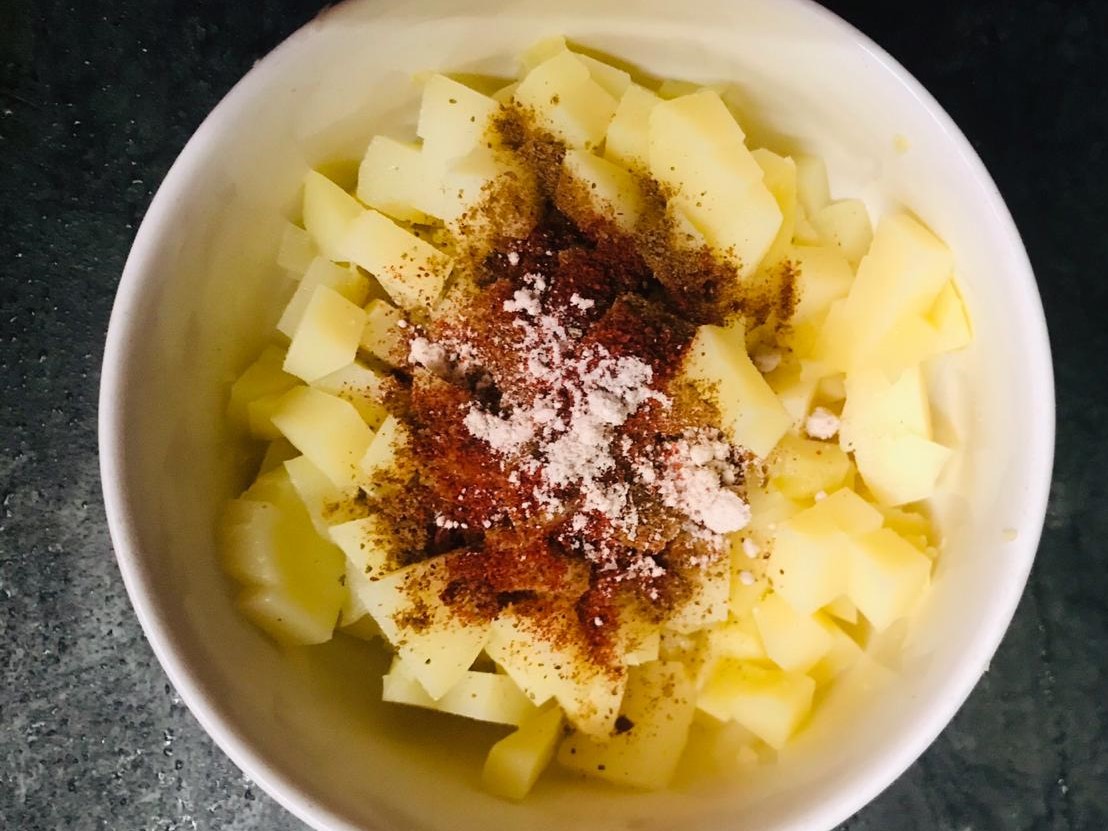
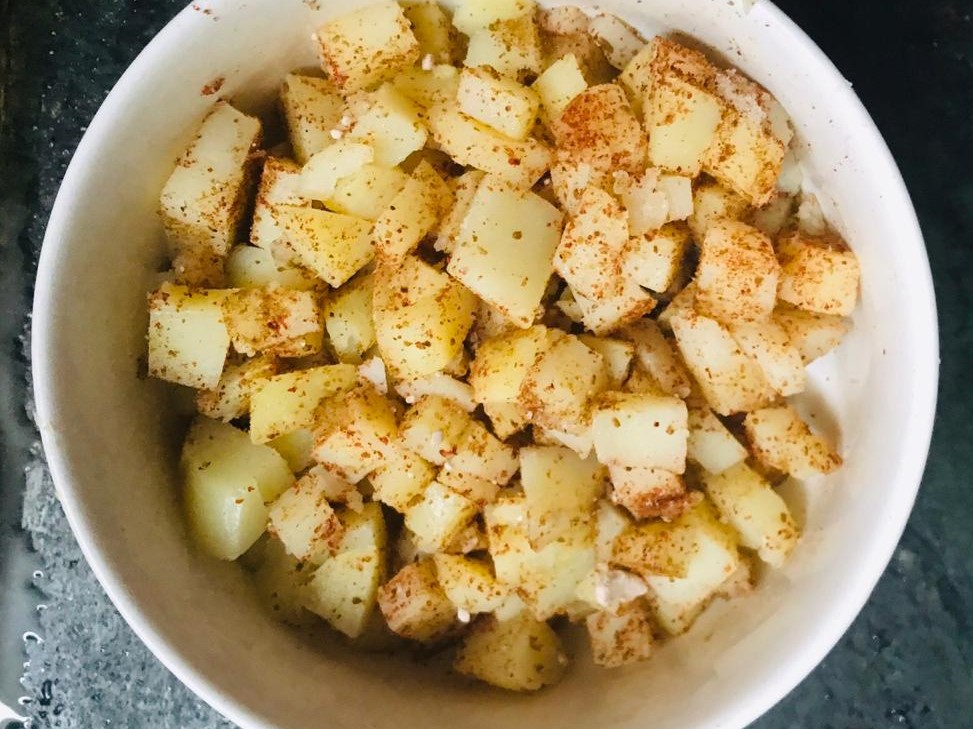
Add salt, cumin powder, red chilli powder and black salt in finely chopped potatoes and mix gently with your hands.
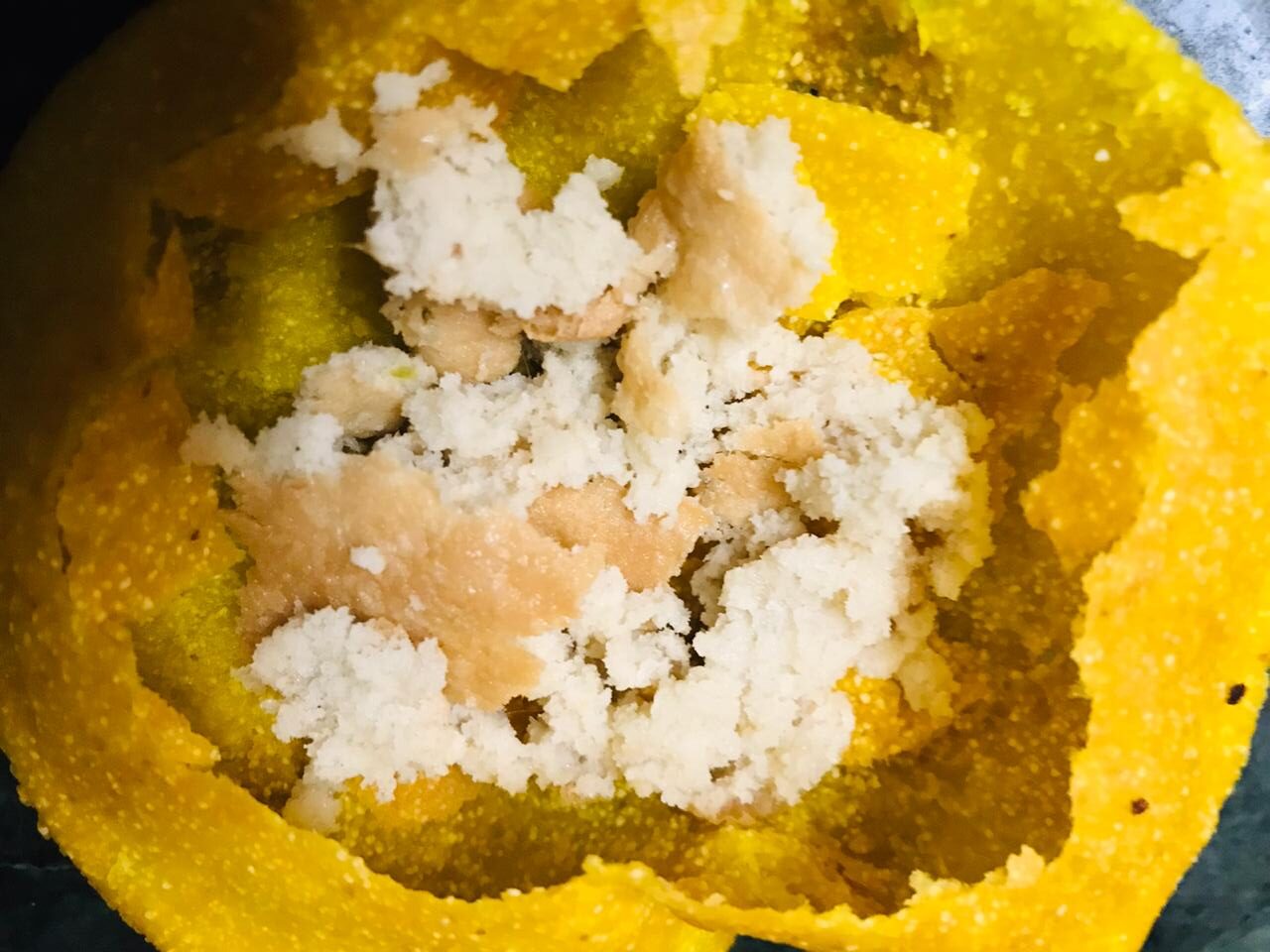
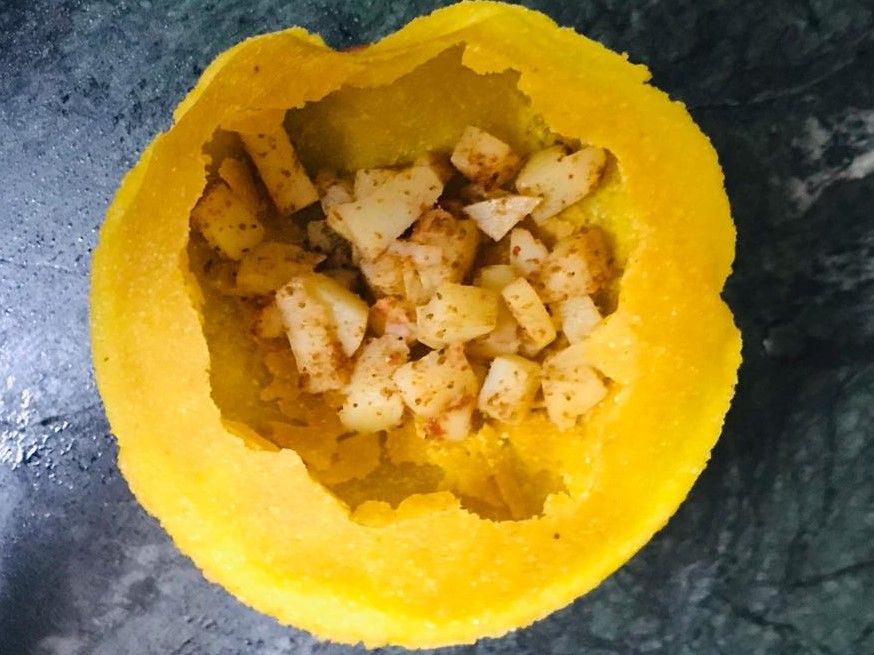
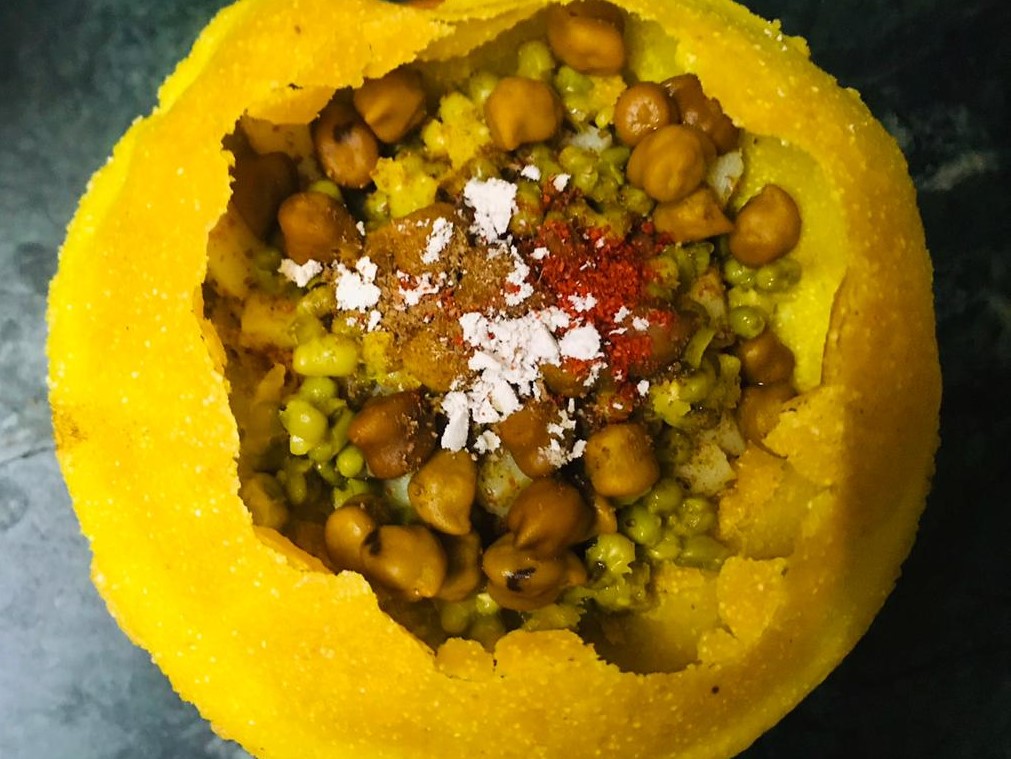
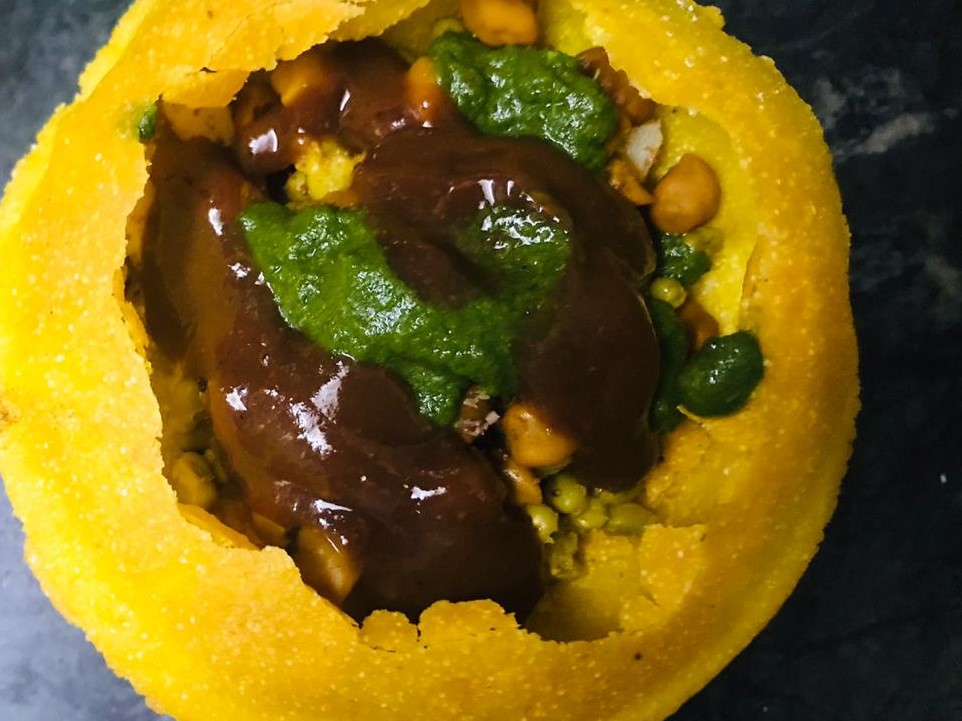
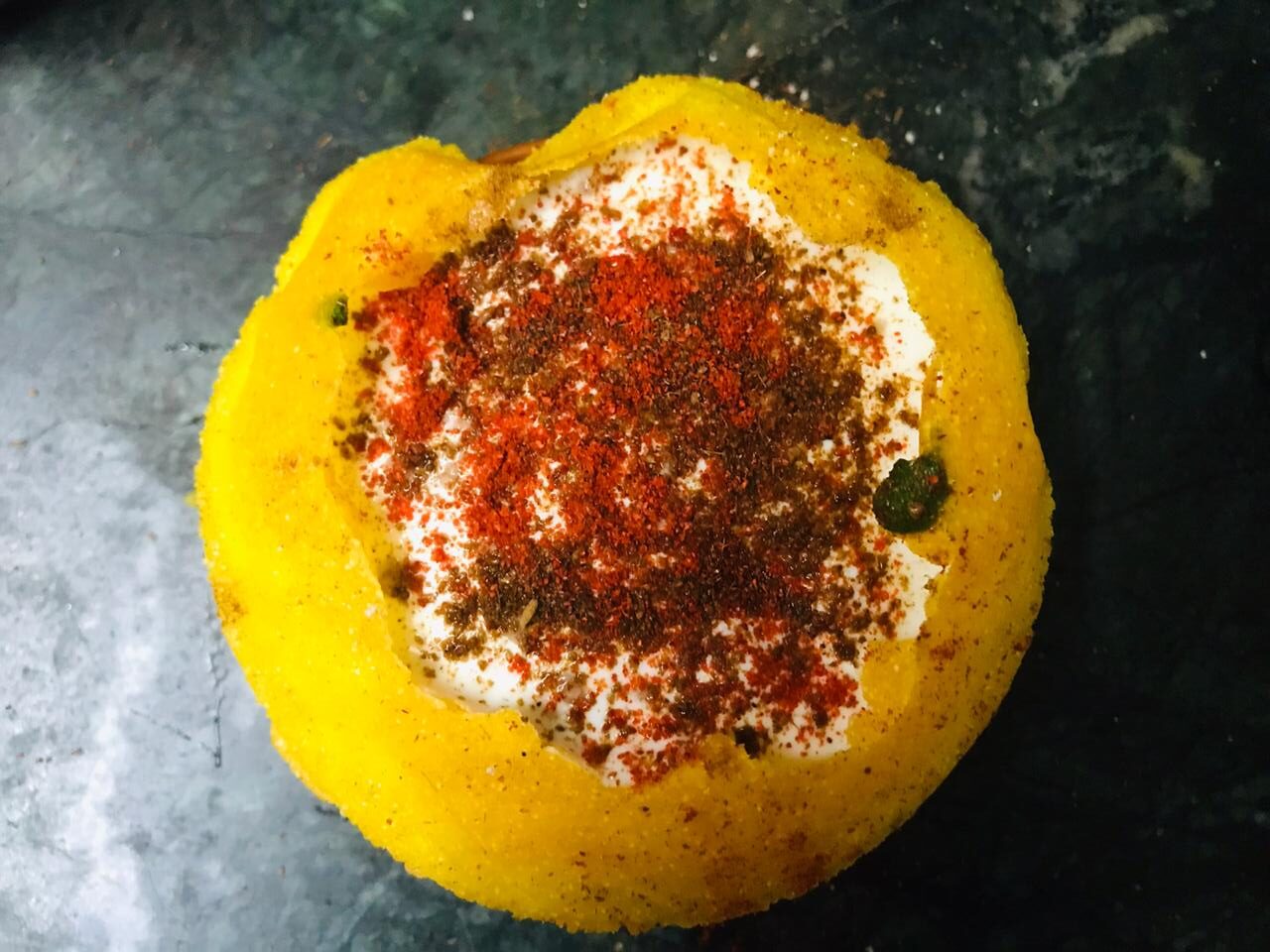
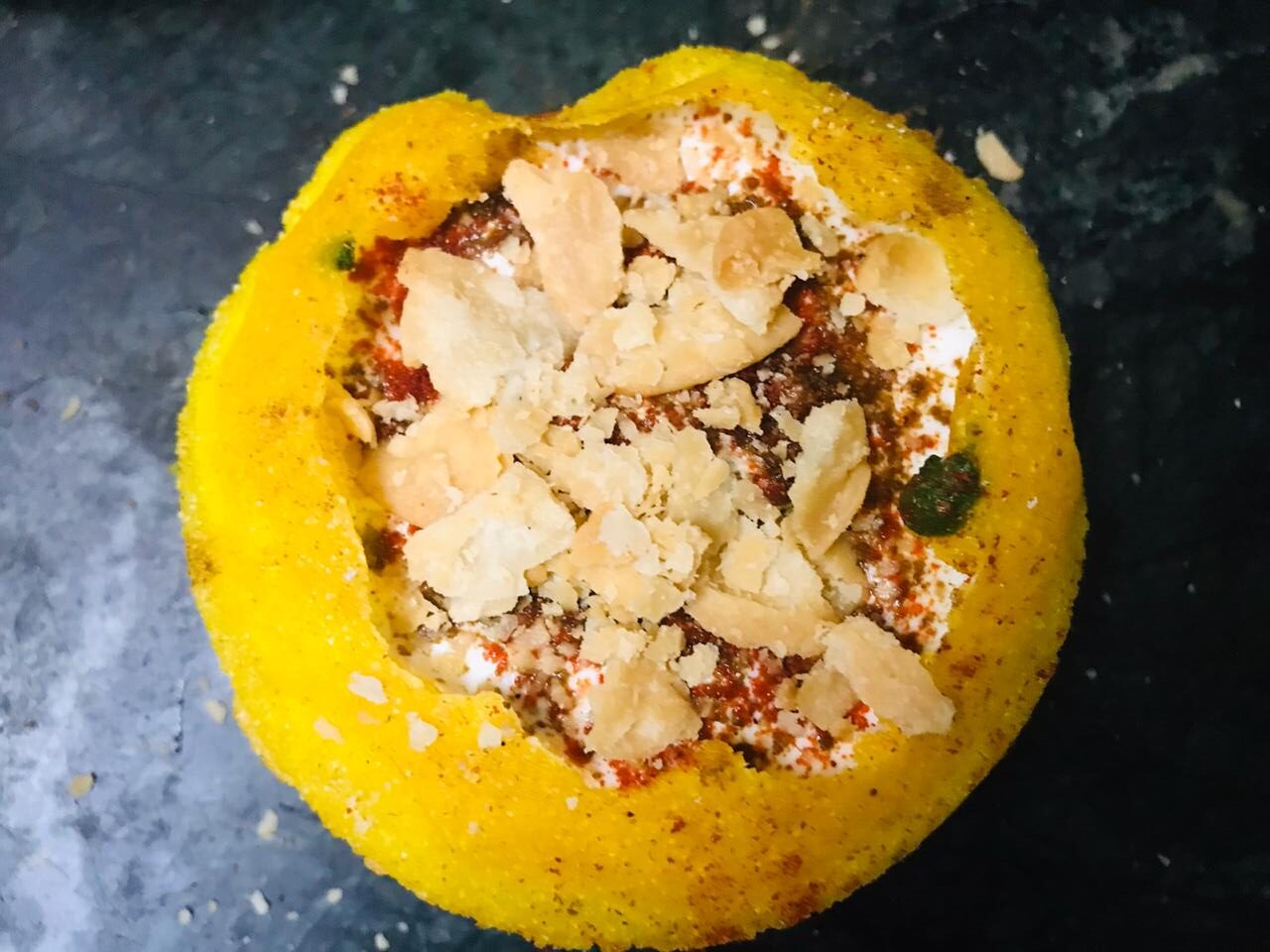
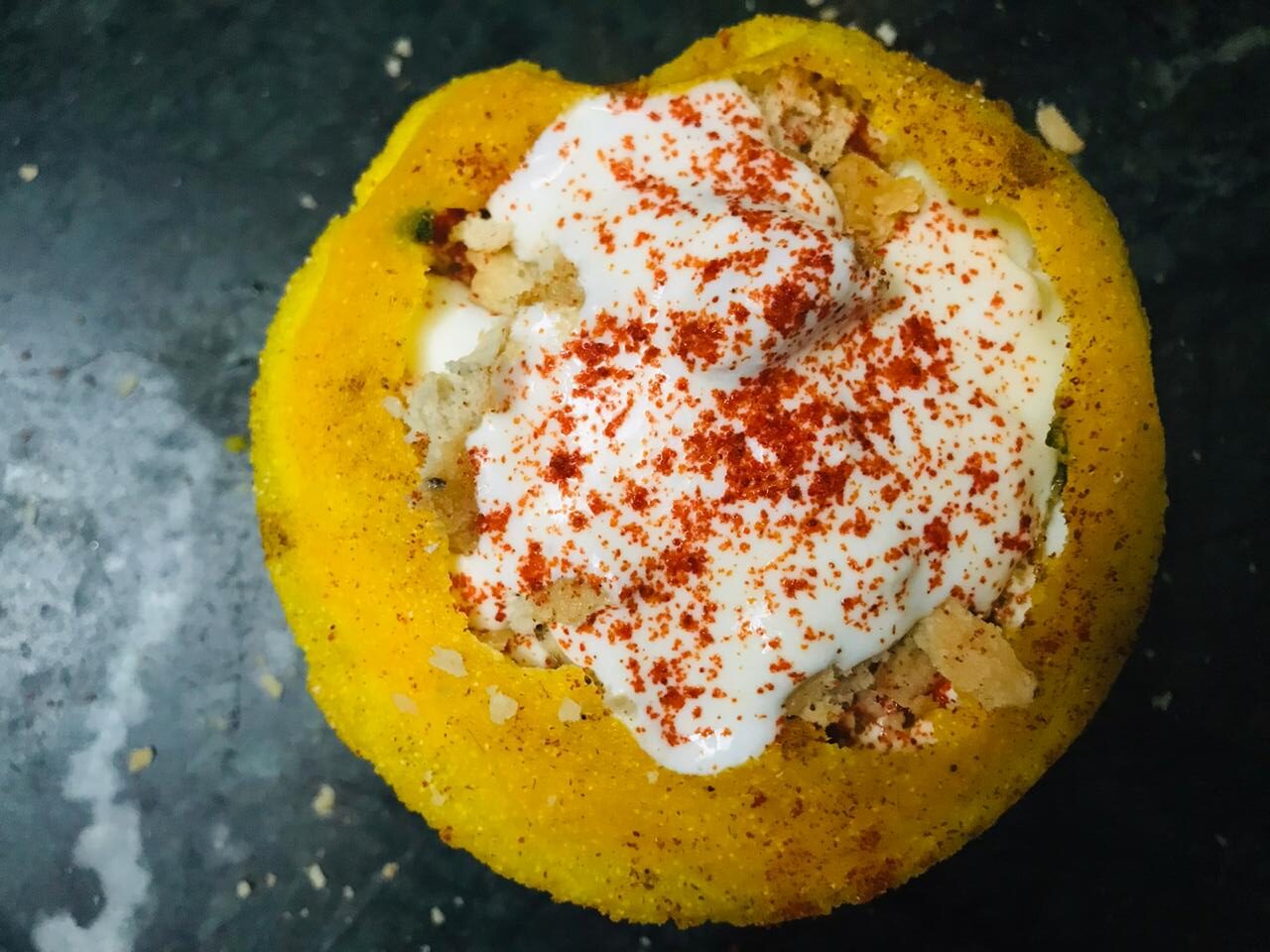
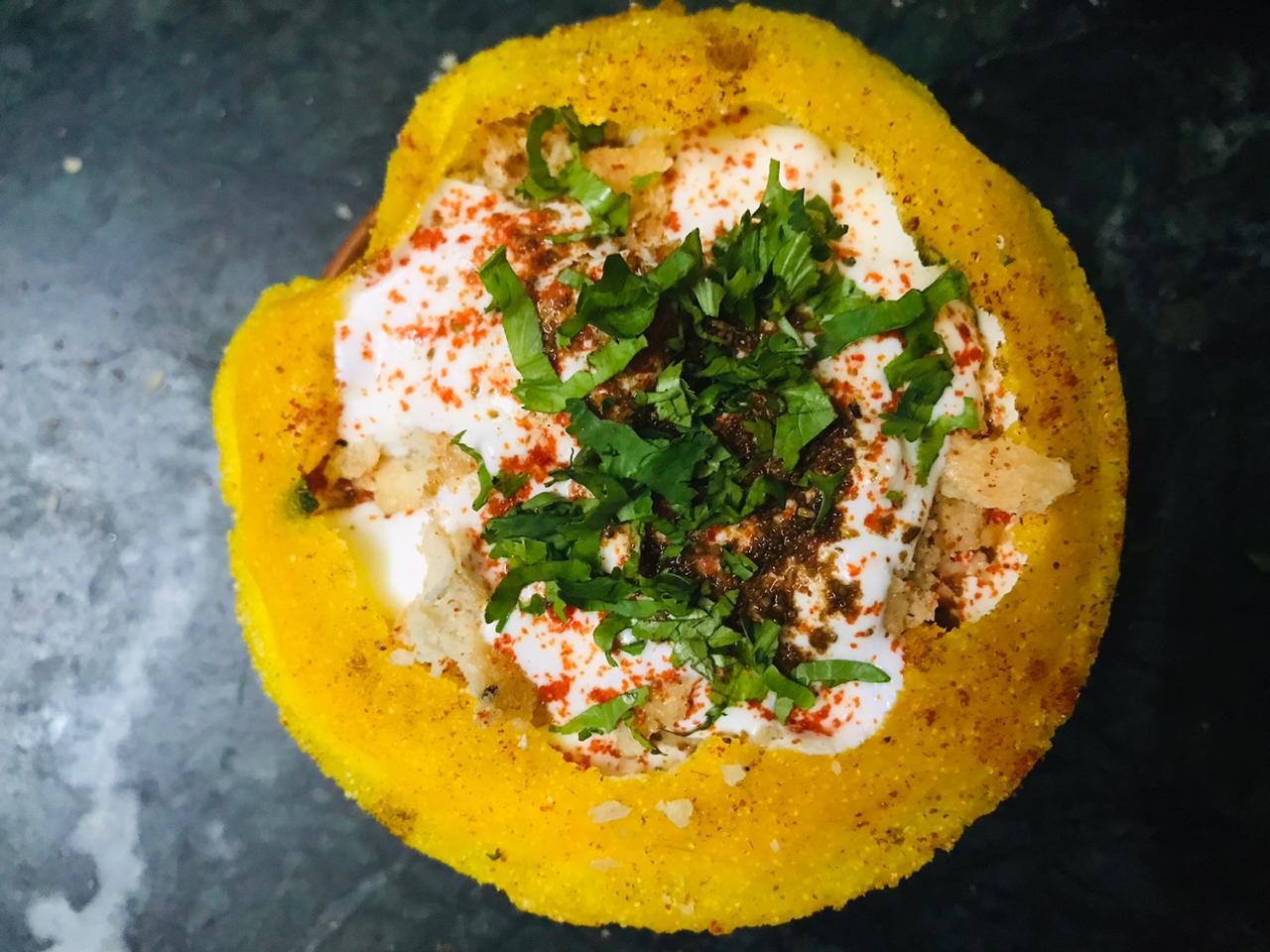
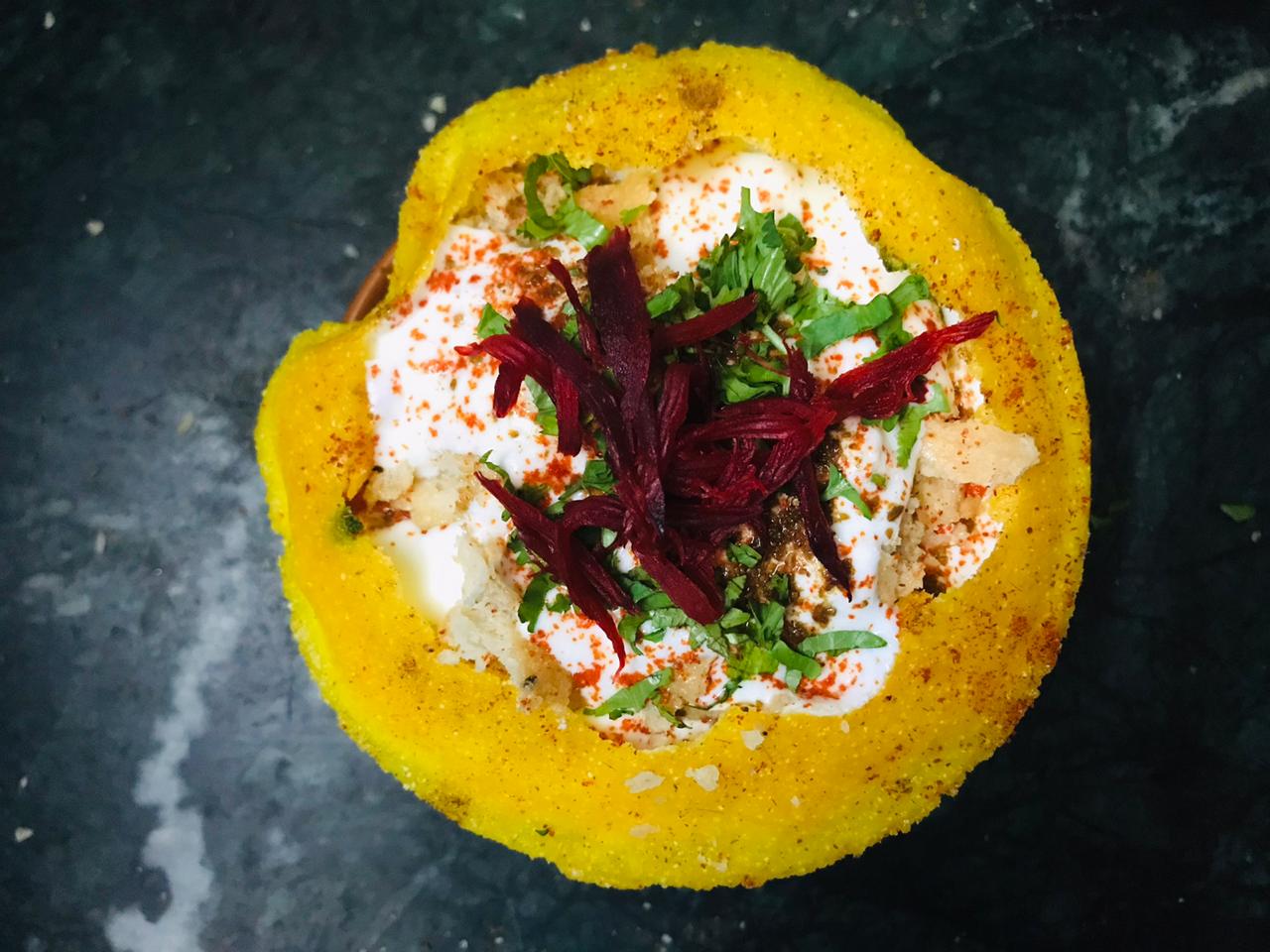
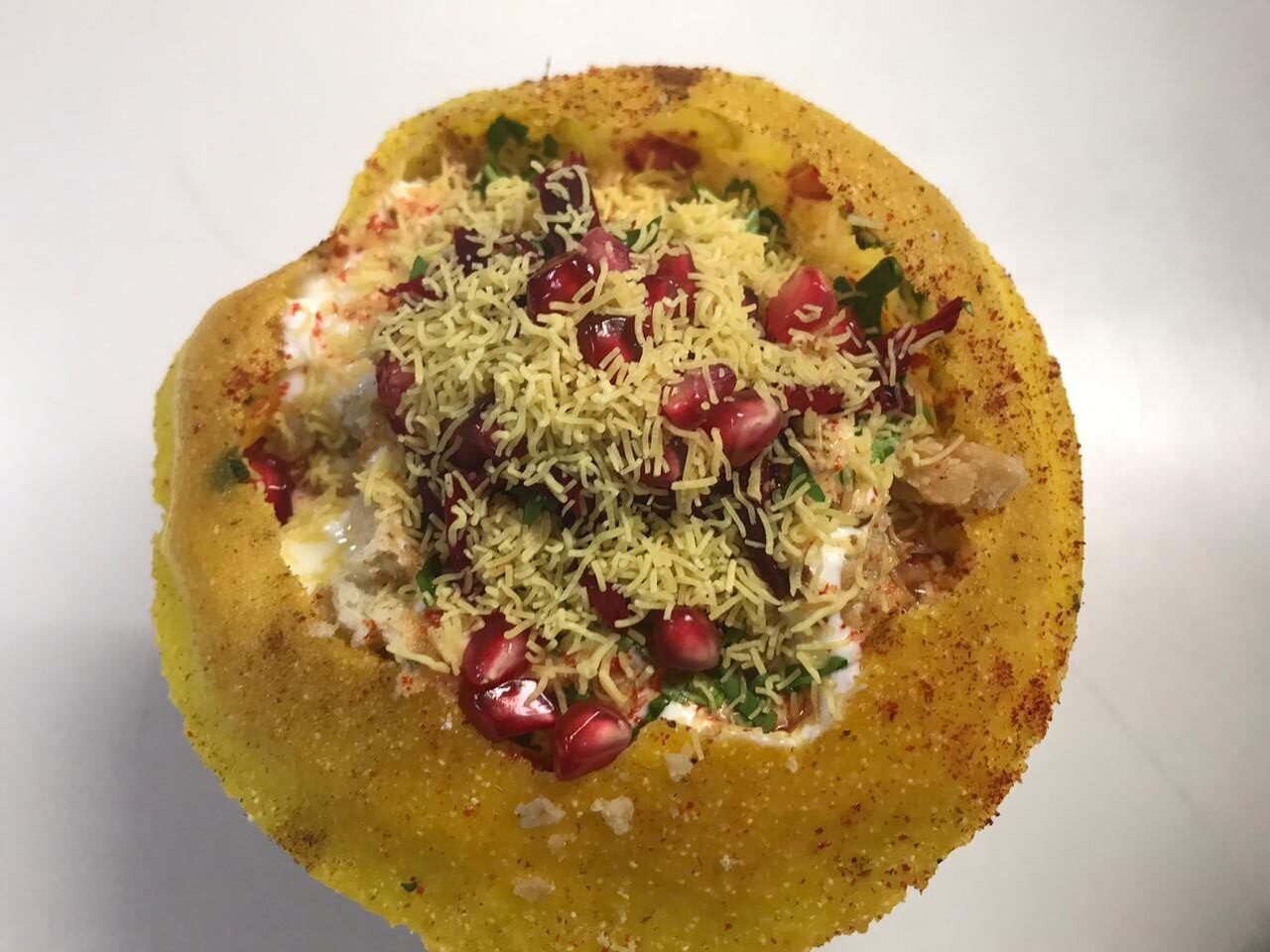
Assembly
Gently crush the upper side of the fried kachori to make a hole.
Take each bhalla and gently press between your palms to drain the excess water and place 2 bhallas in the kachori.
Add 1 teaspoon moong and chana. Sprinkle black salt, cumin powder and red chilli powder and top it with spiced potatoes, green chutney and tamarind chutney.
Spread 2-3 tablespoons whisked yoghurt over the chutneys and sprinkle cumin powder, salt and red chili powder.
Crush papdi on top and garnish with coriander leaves, beet root, pomegranate seeds and nylon sev.


